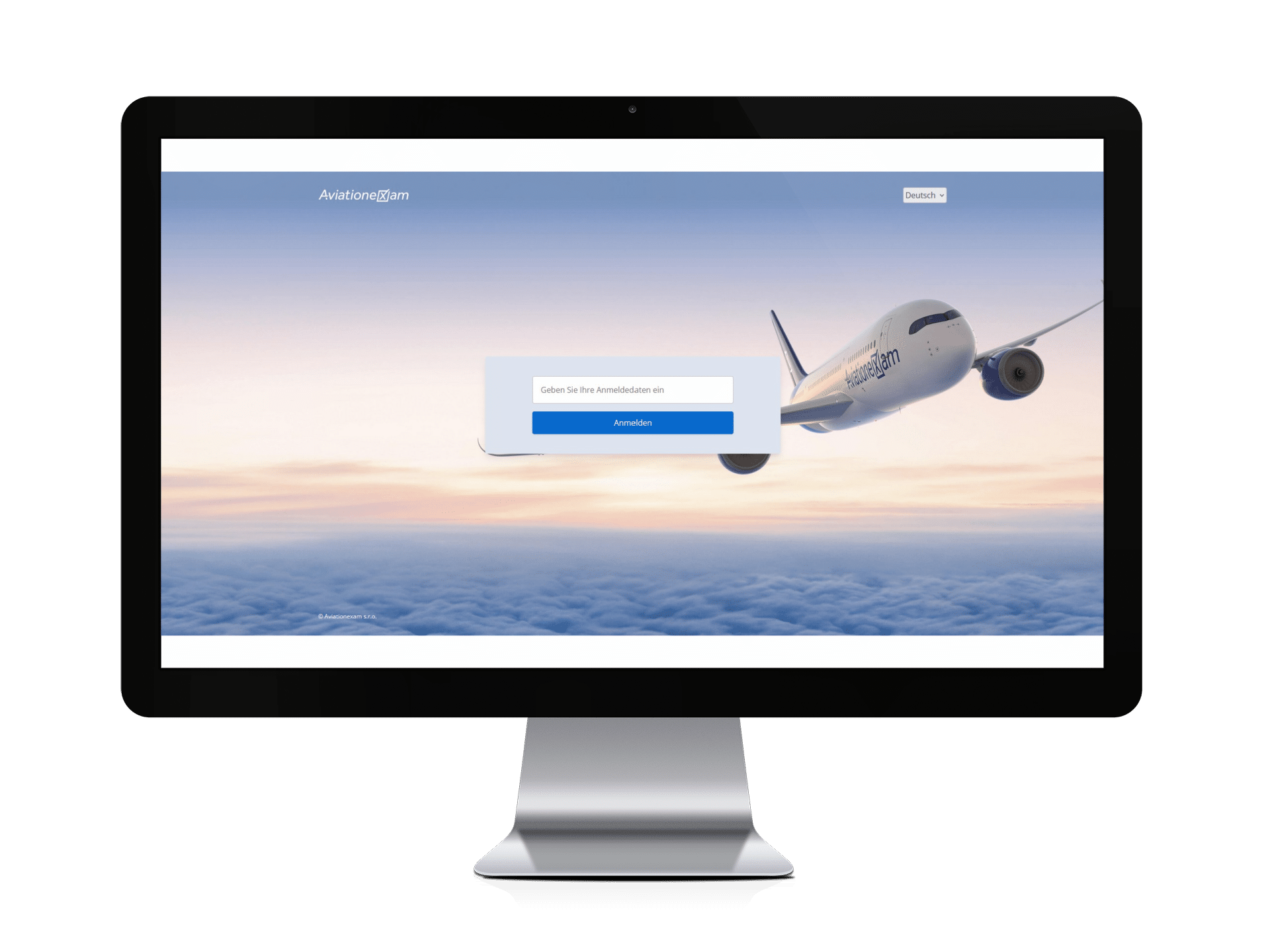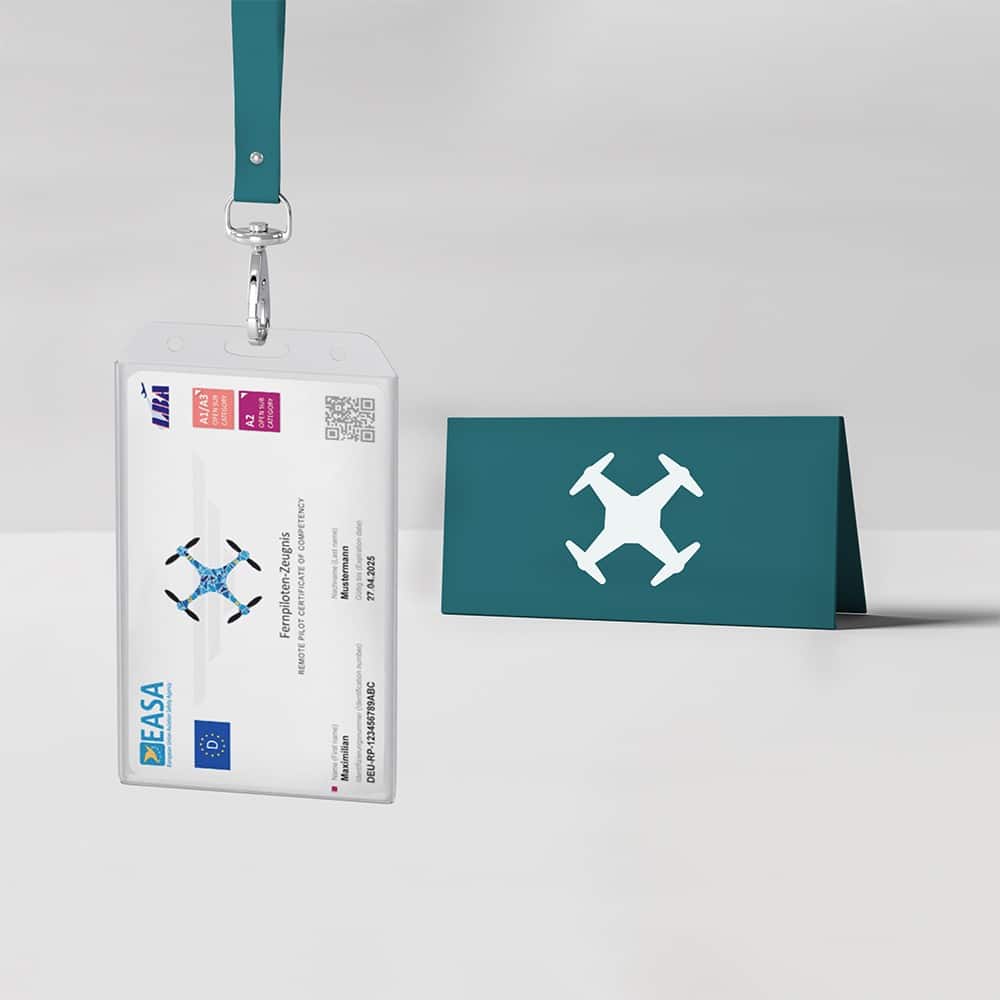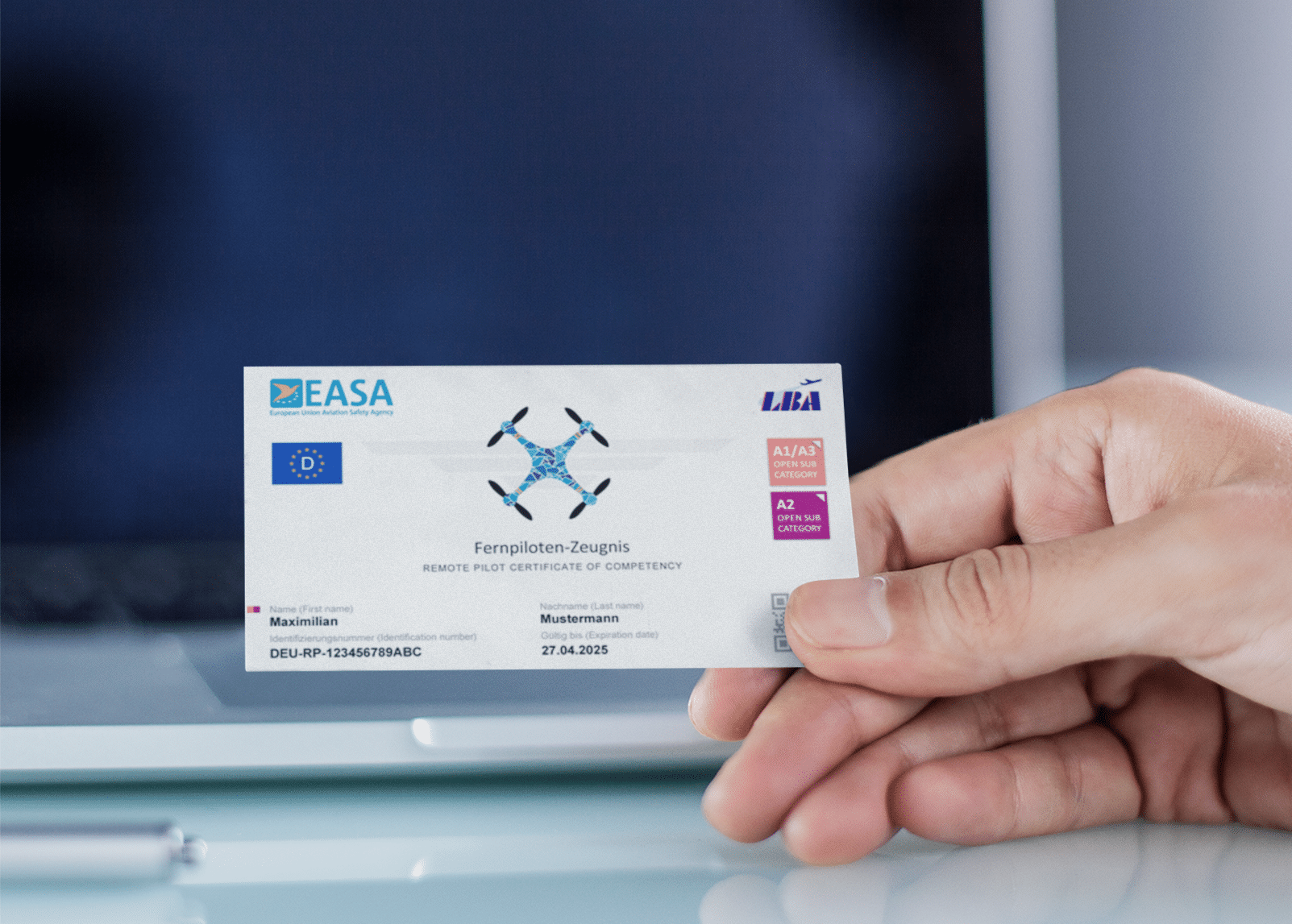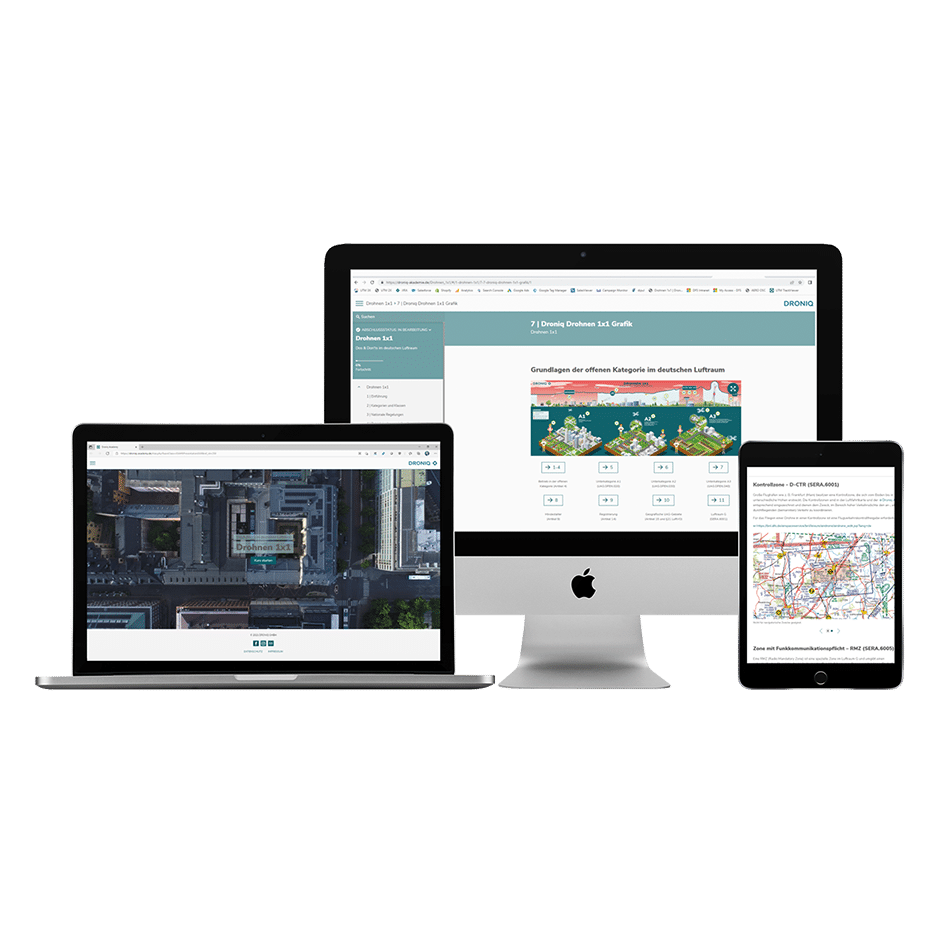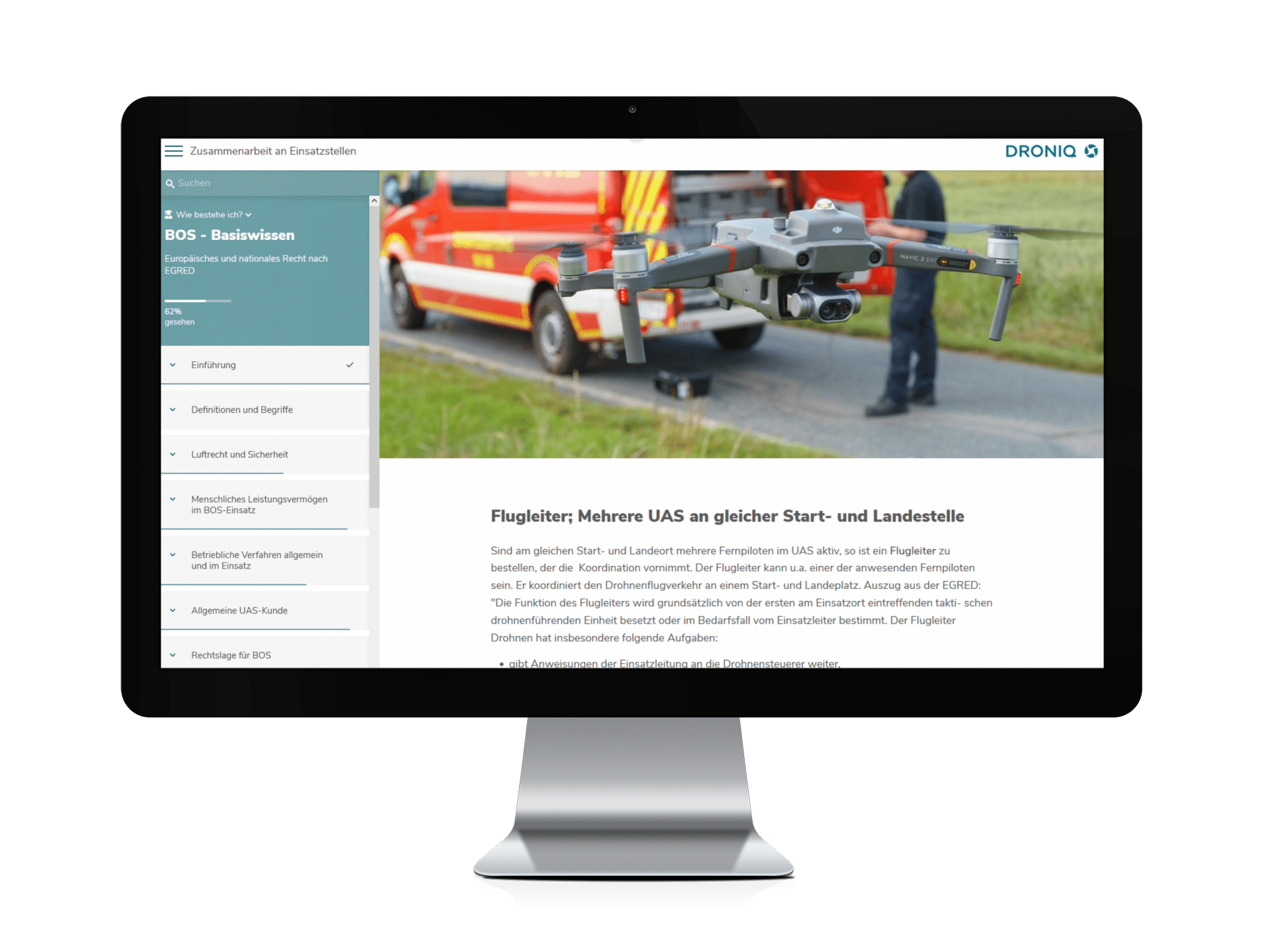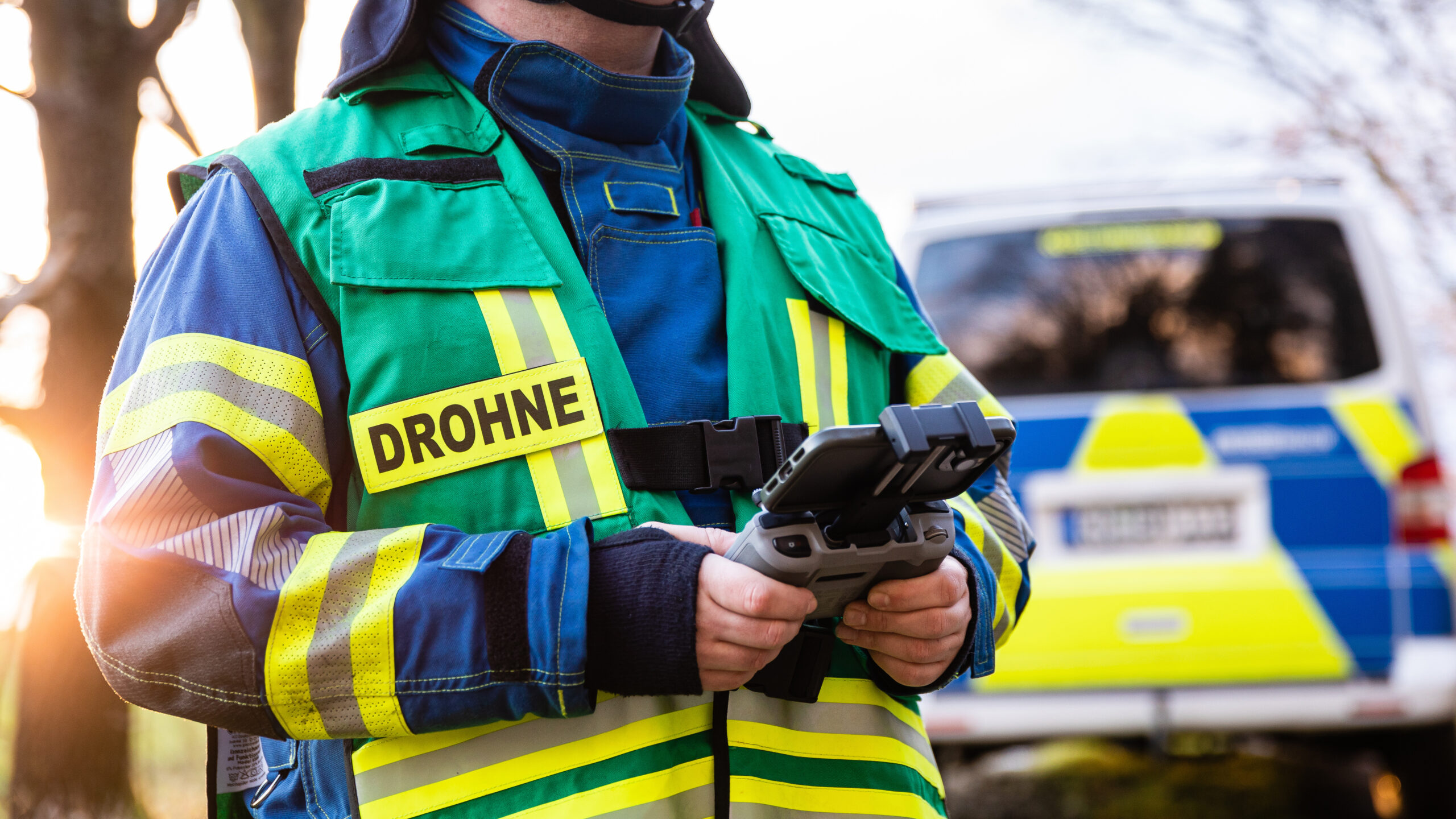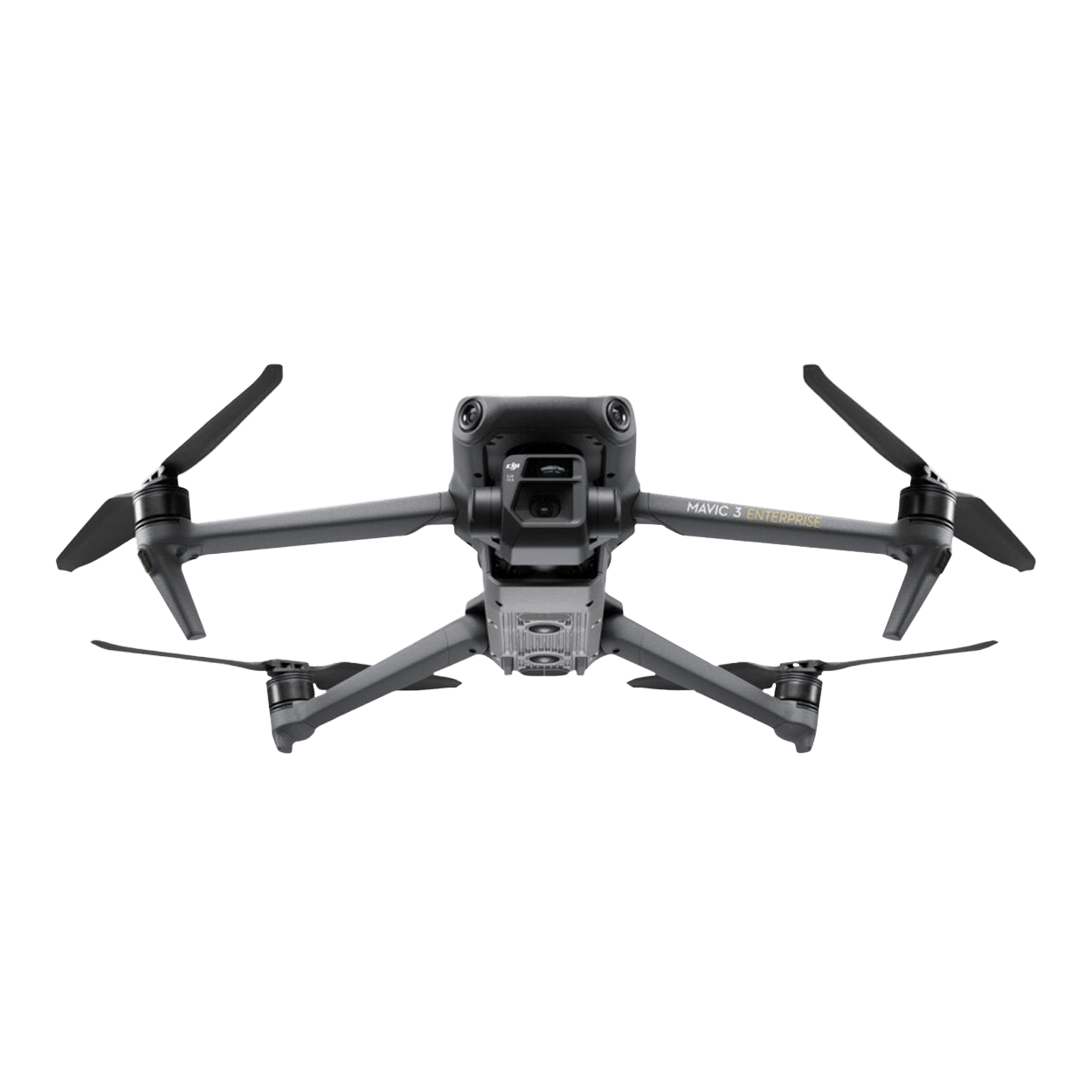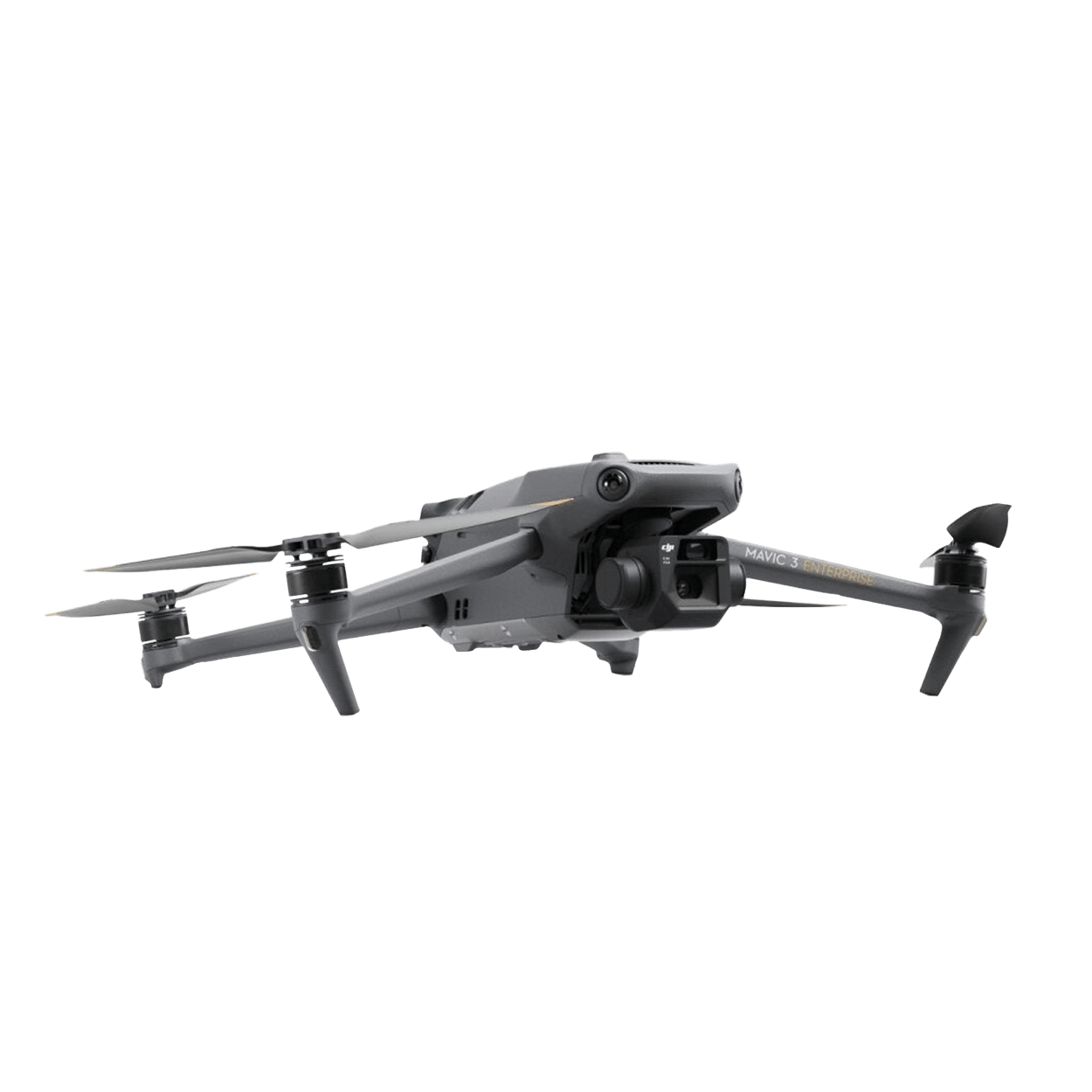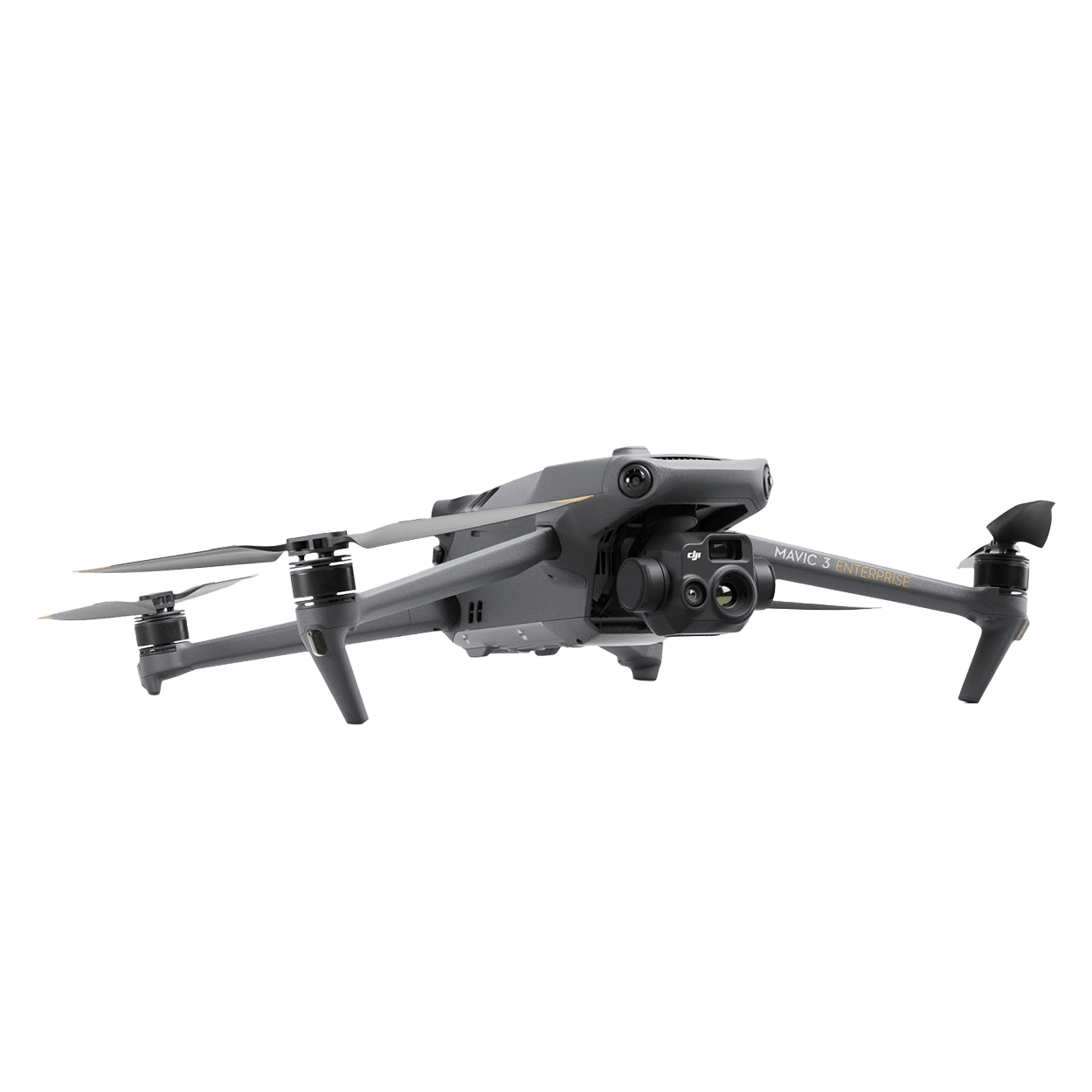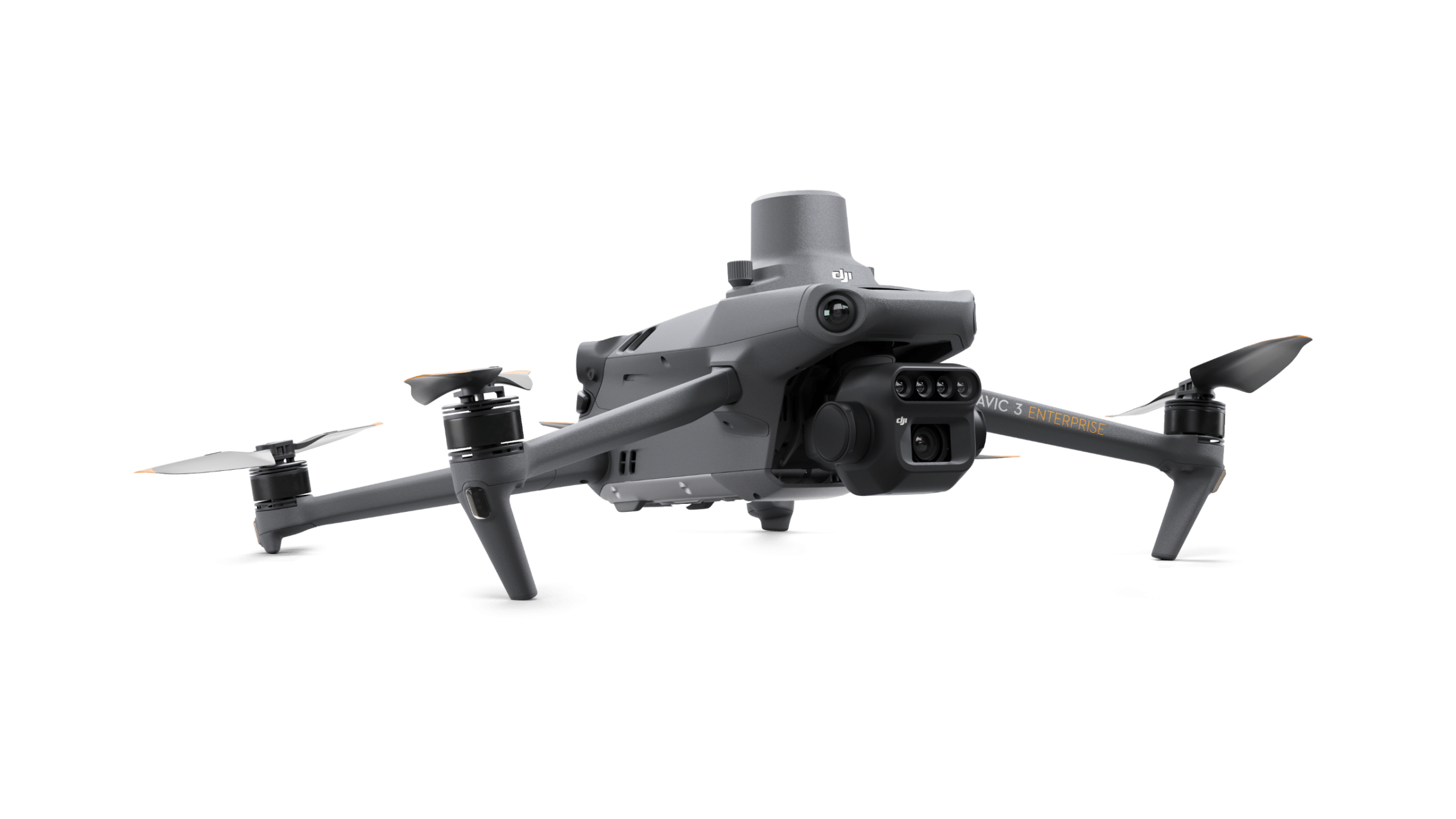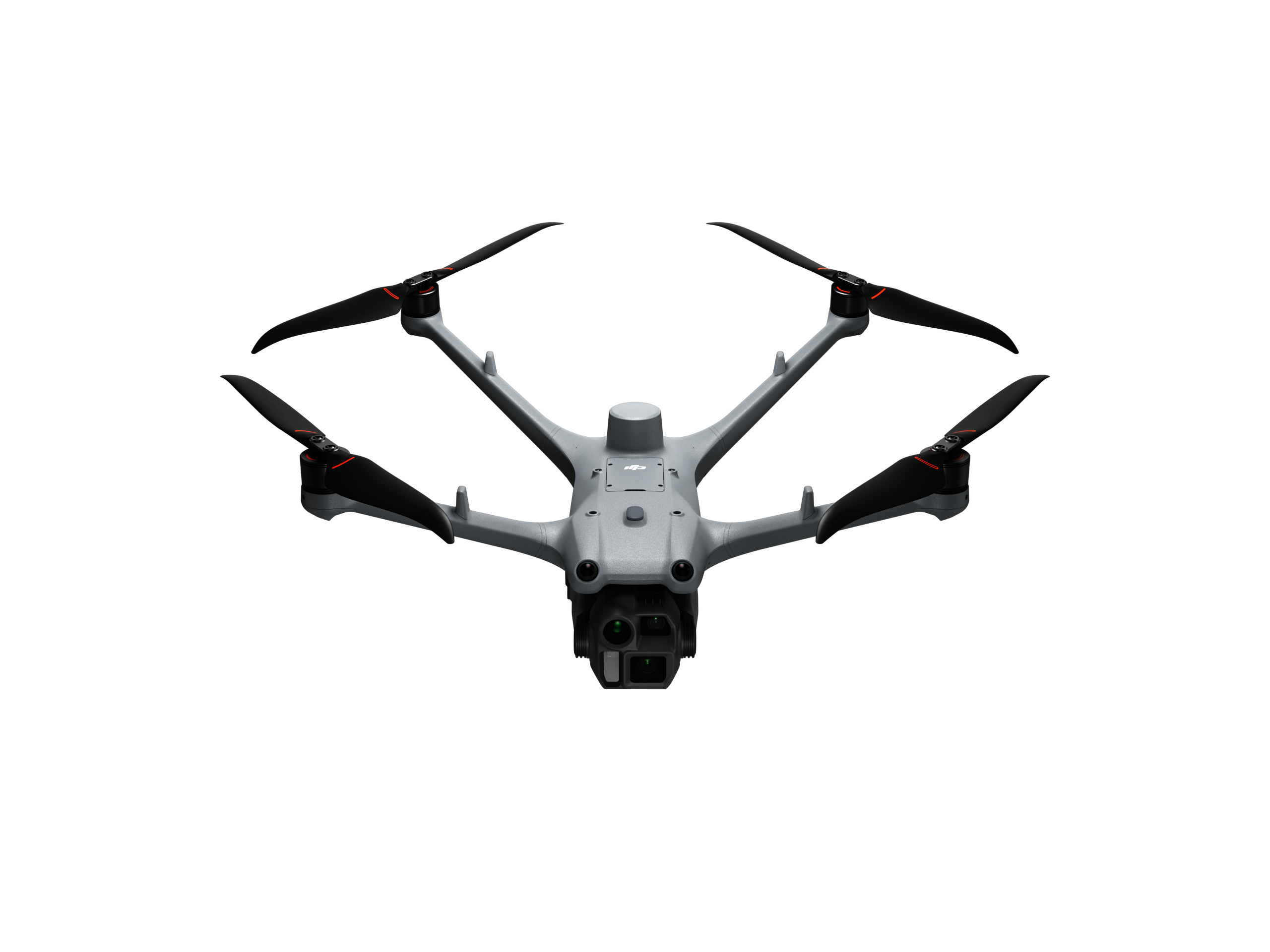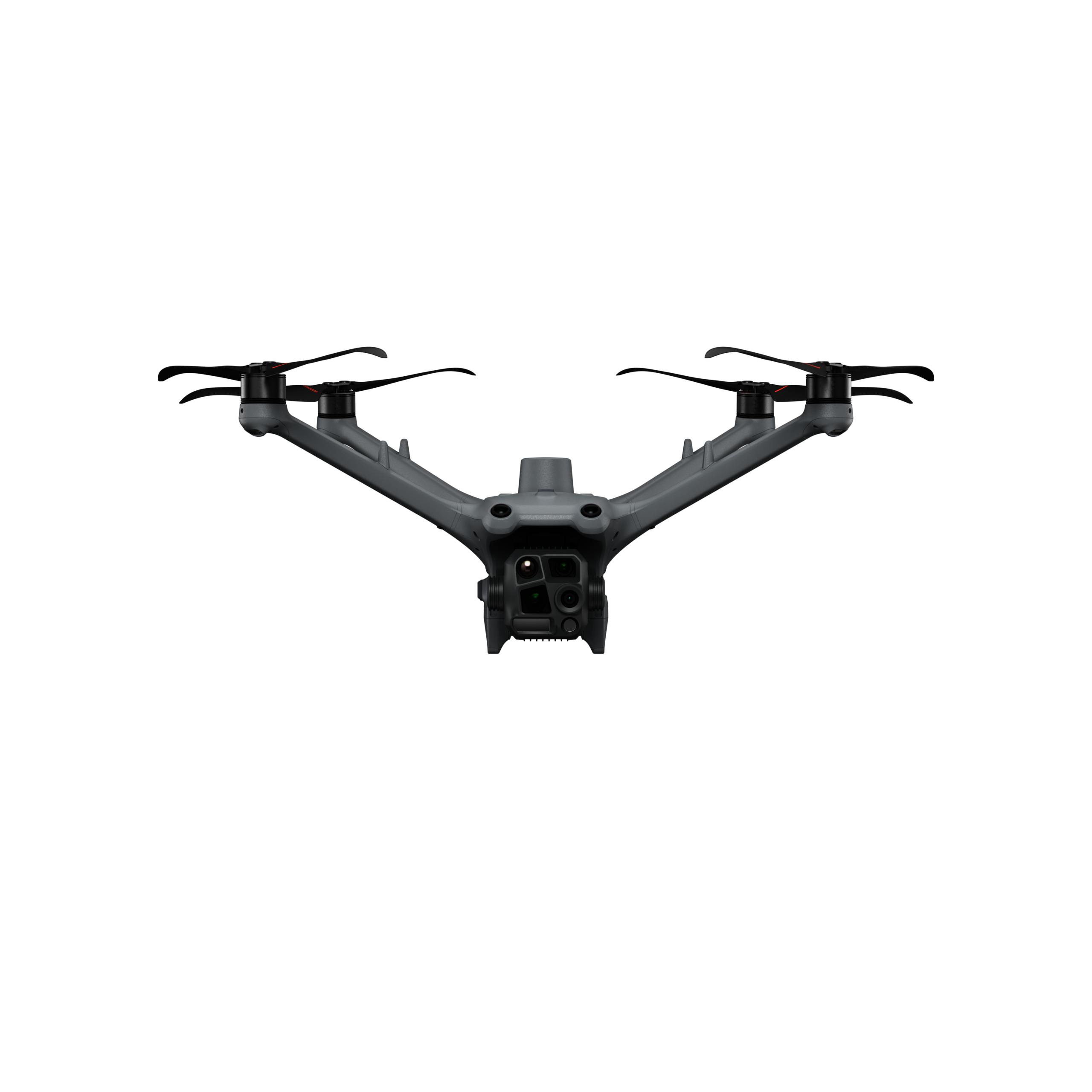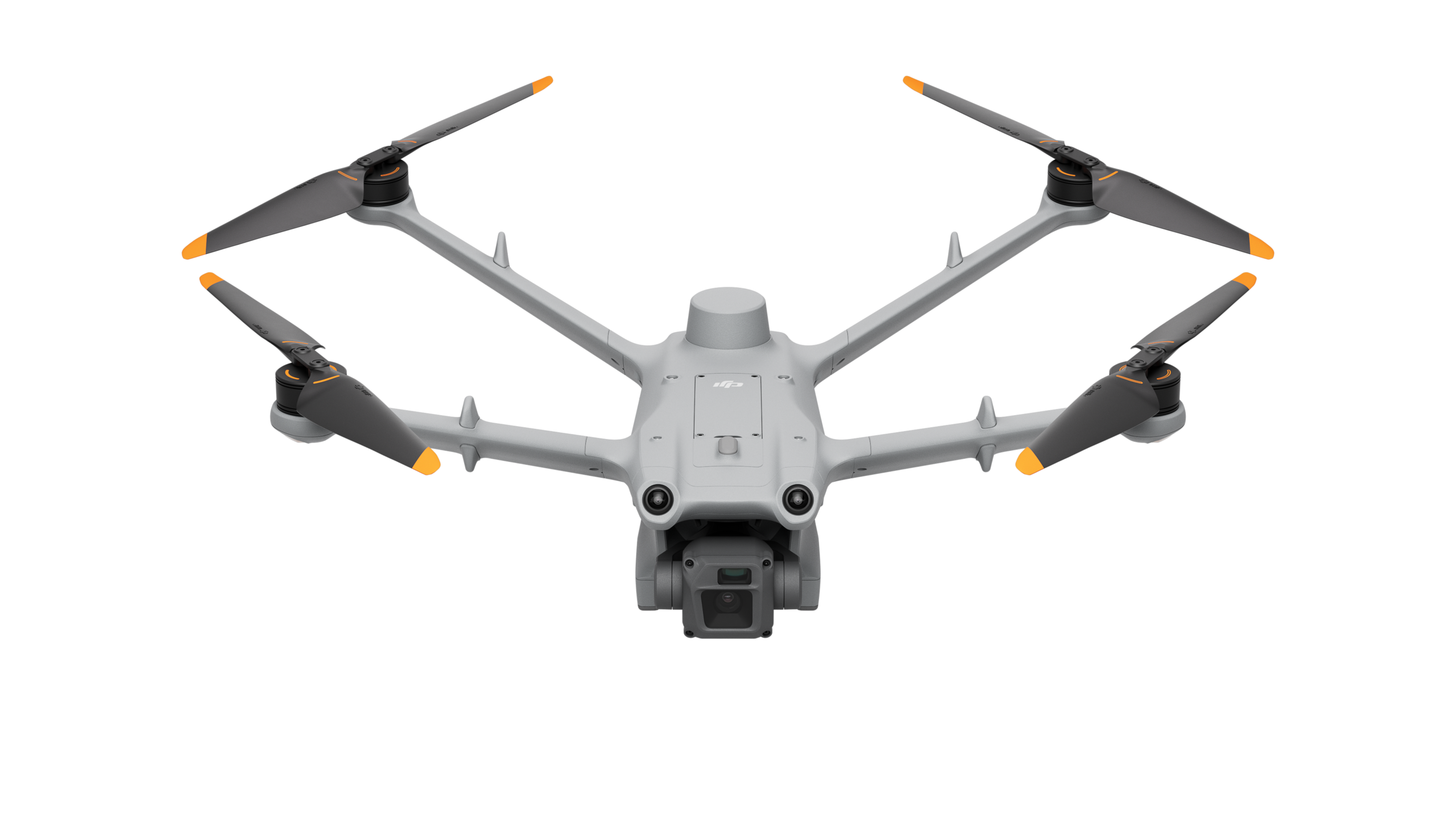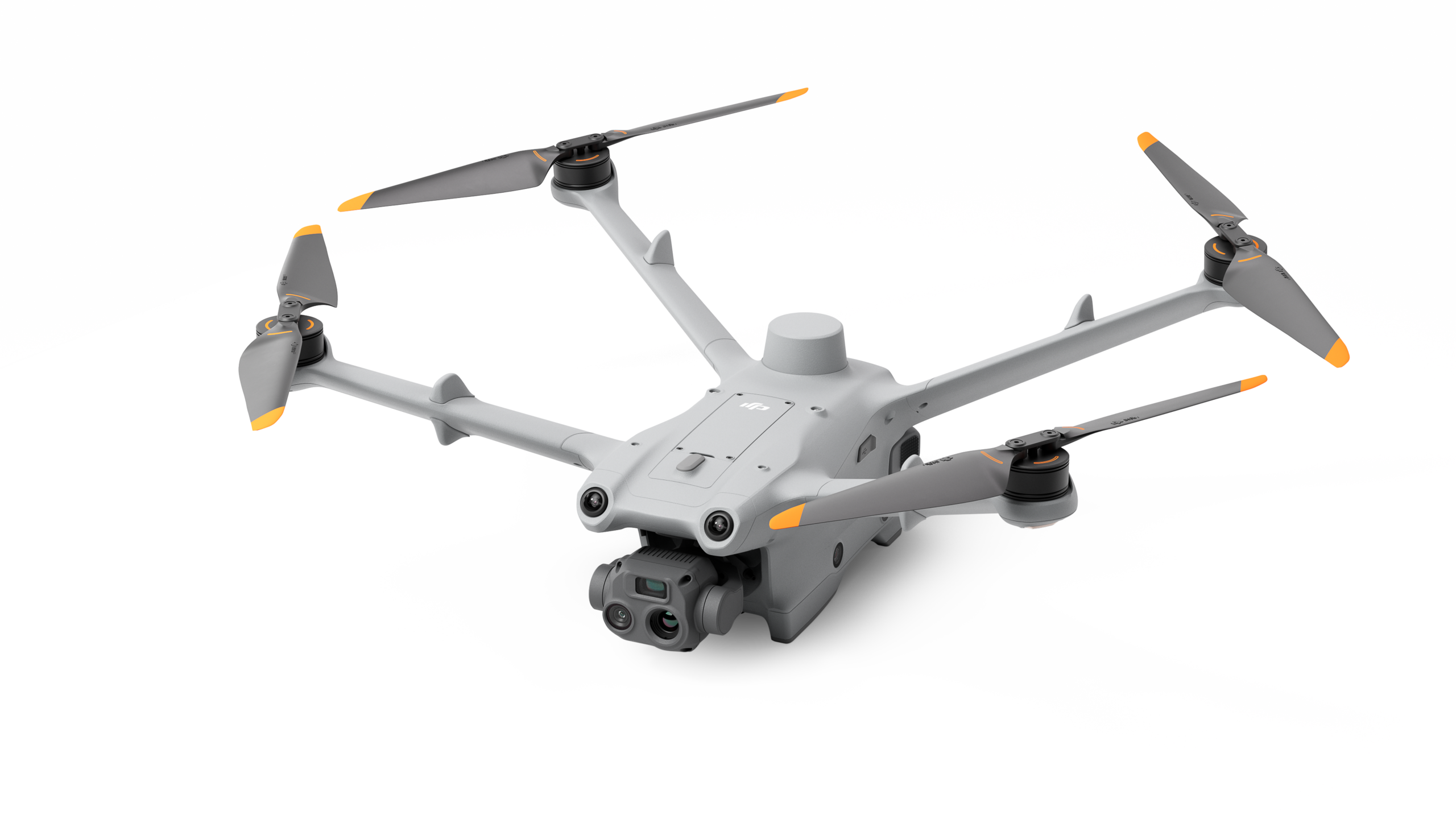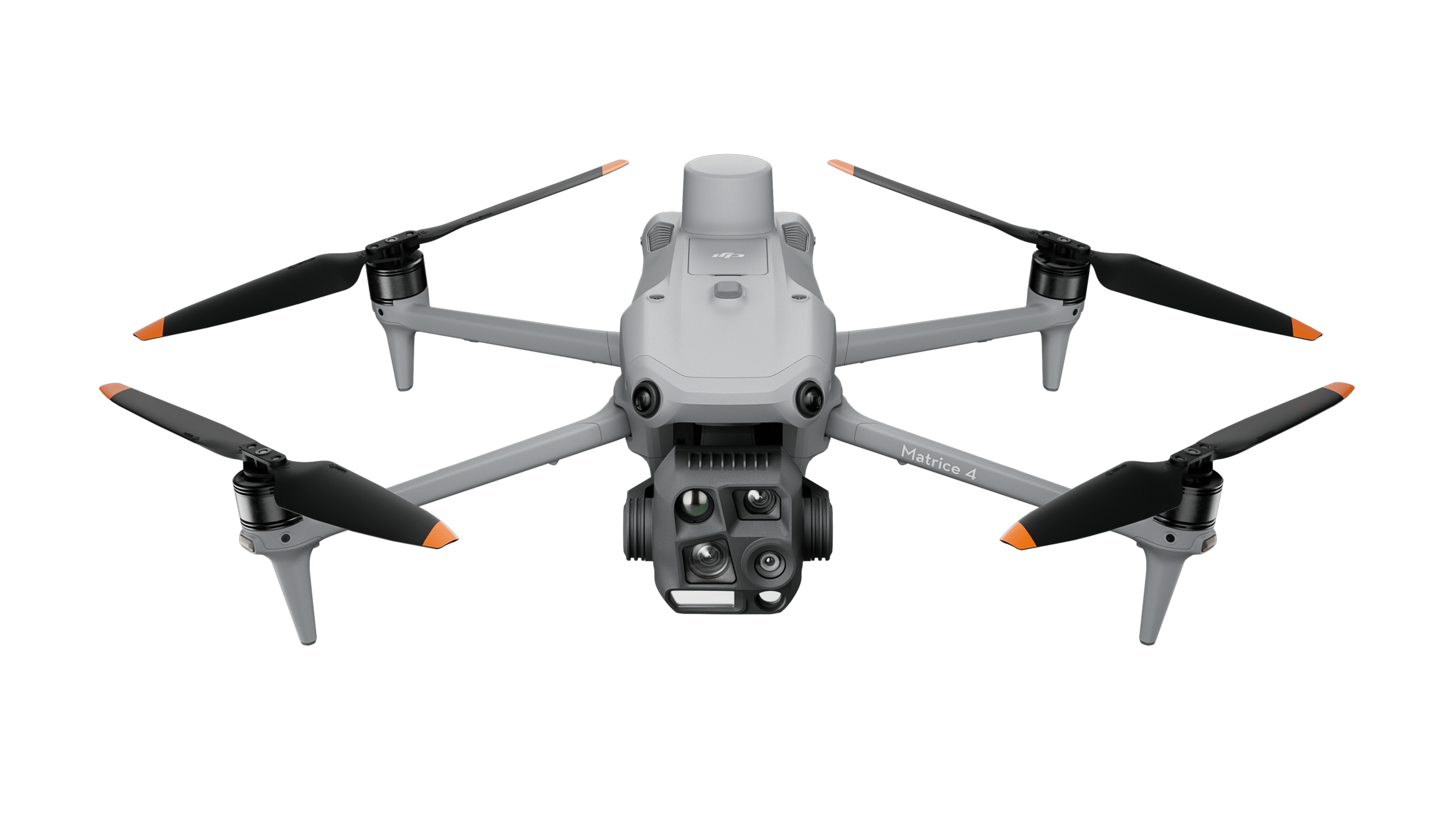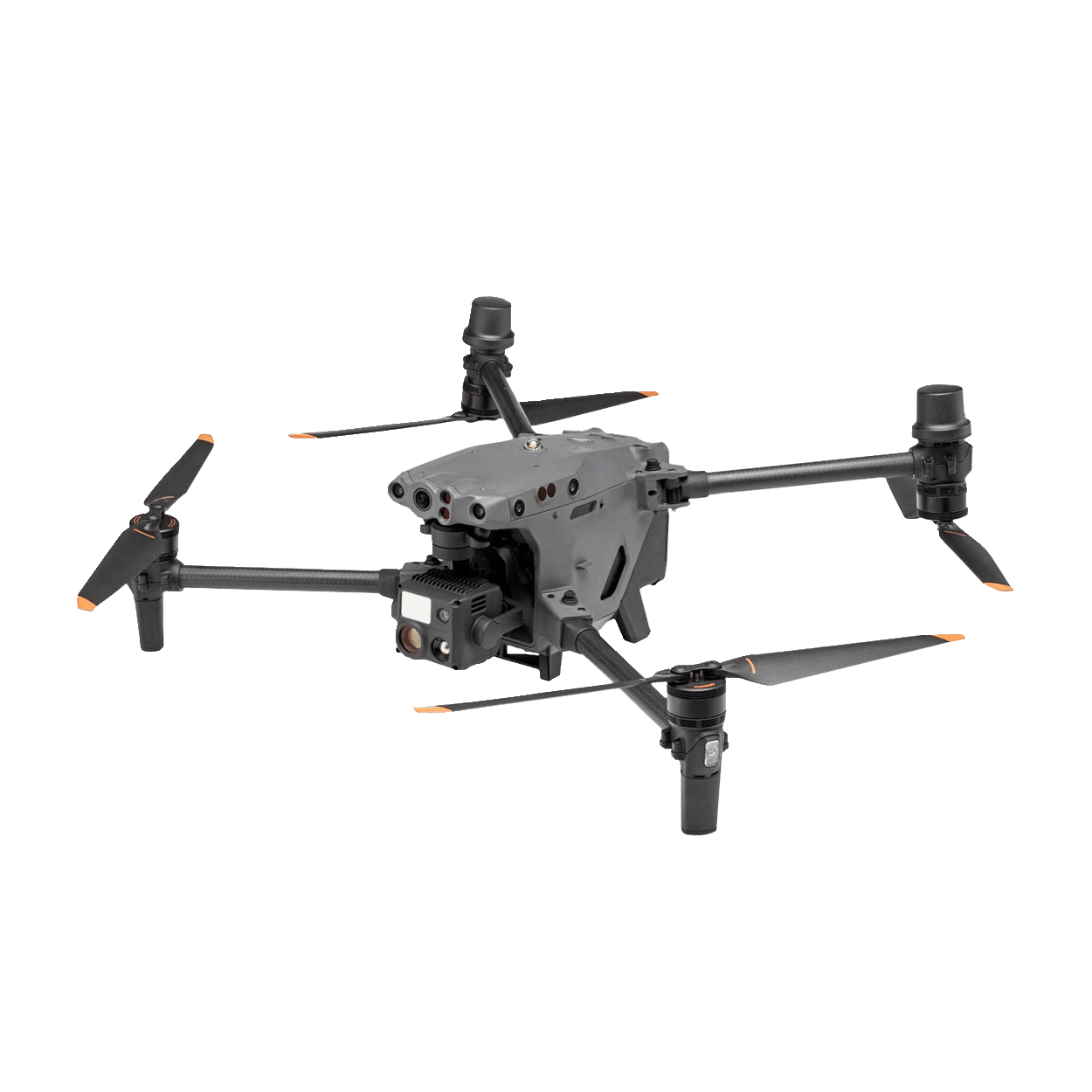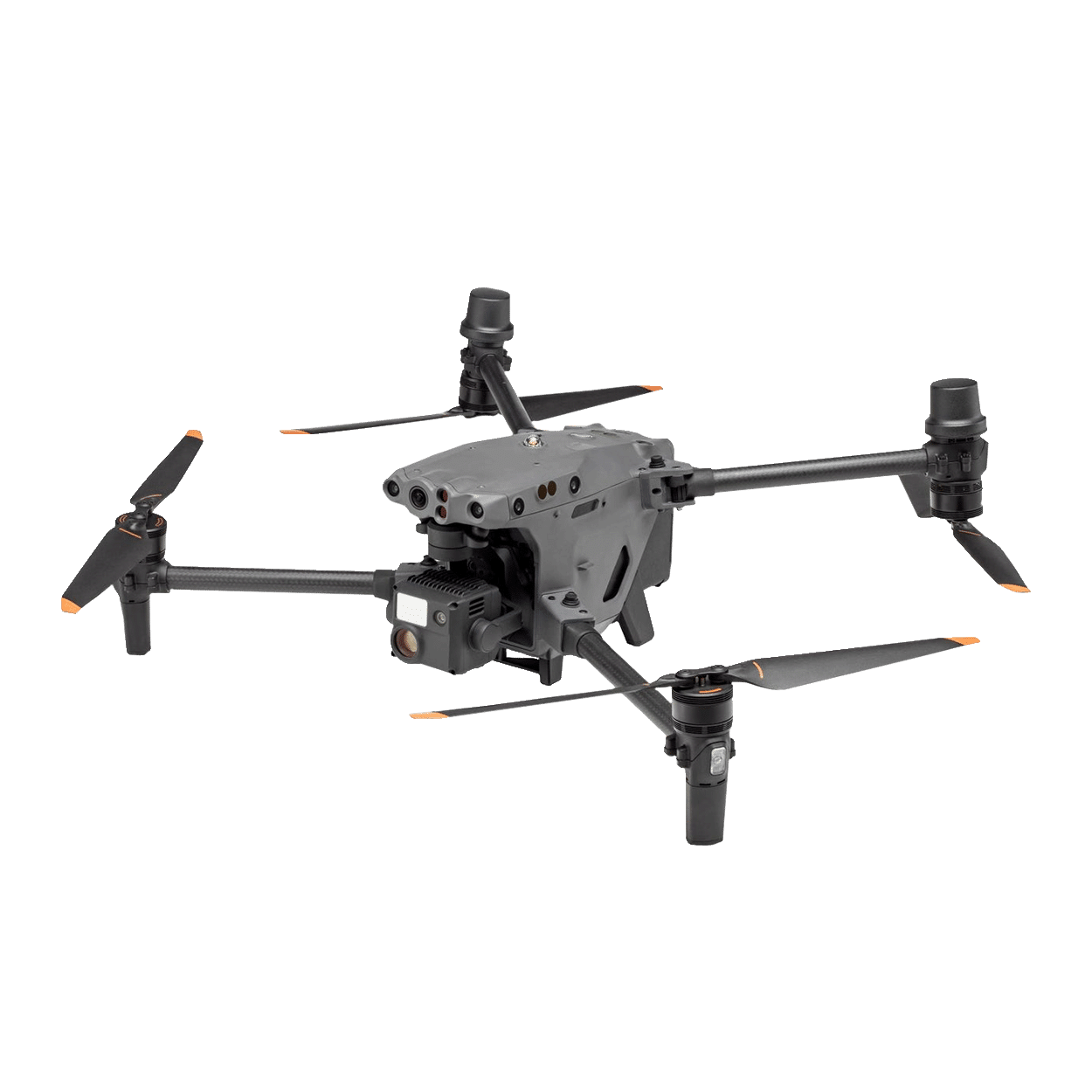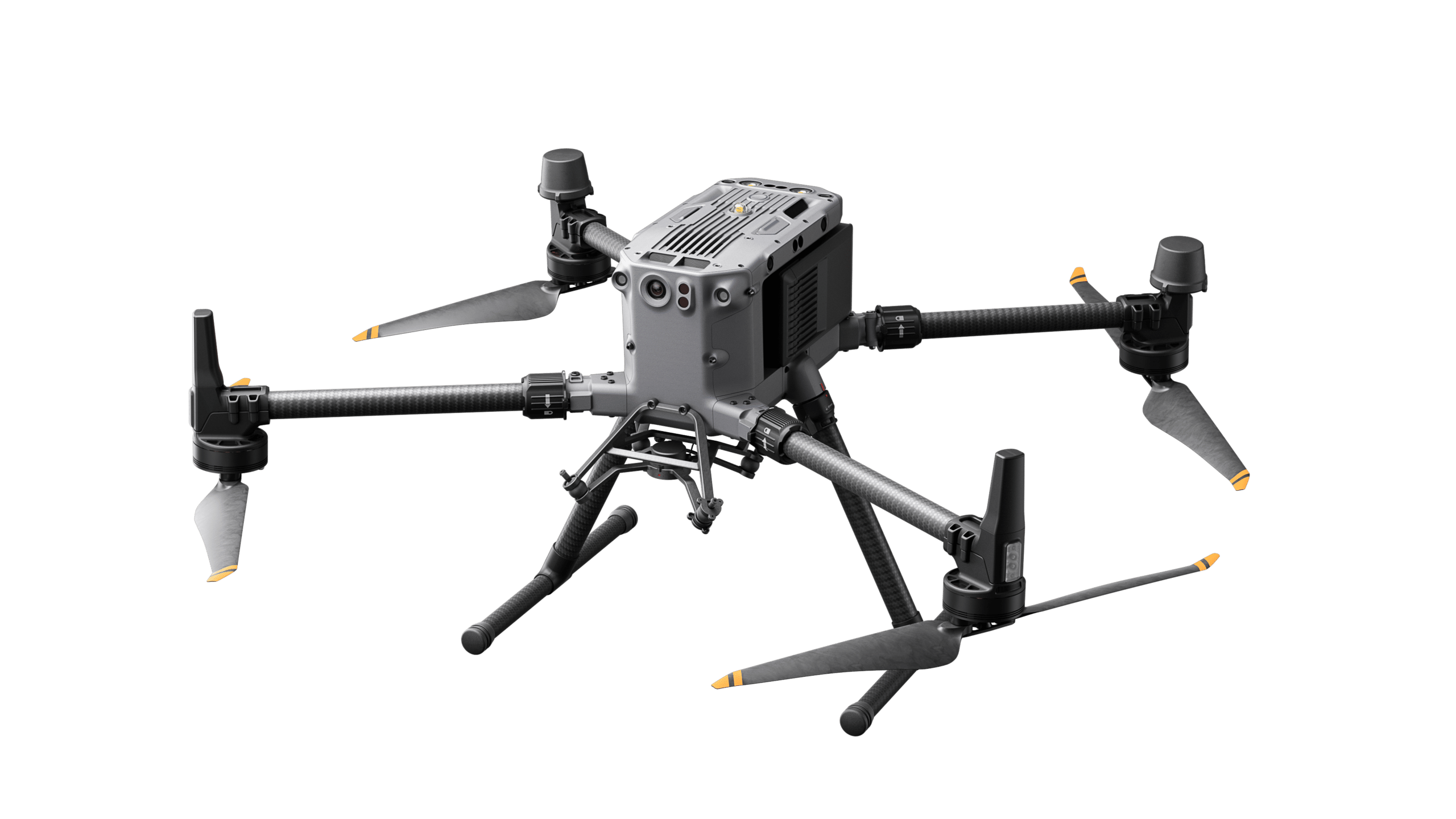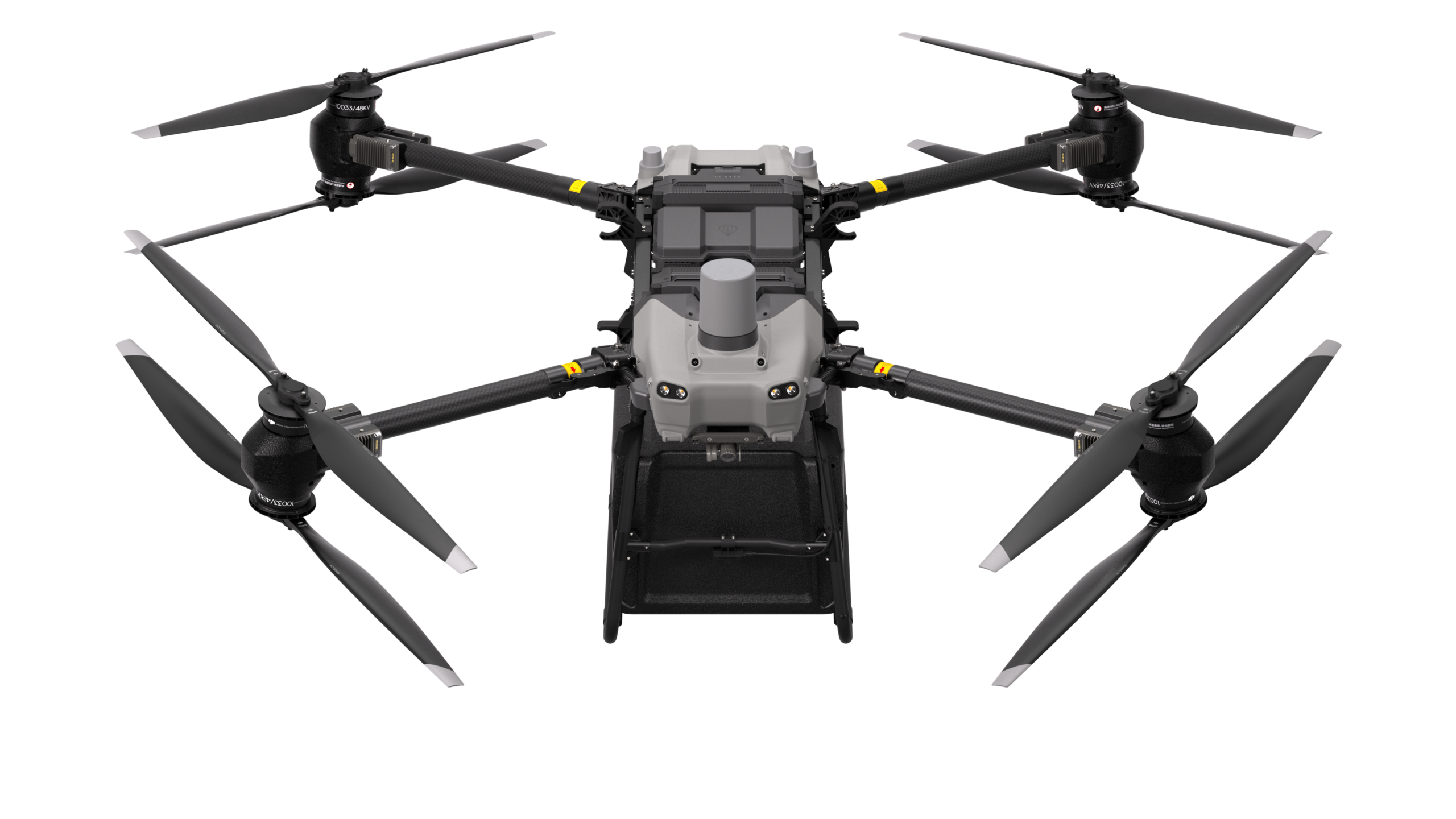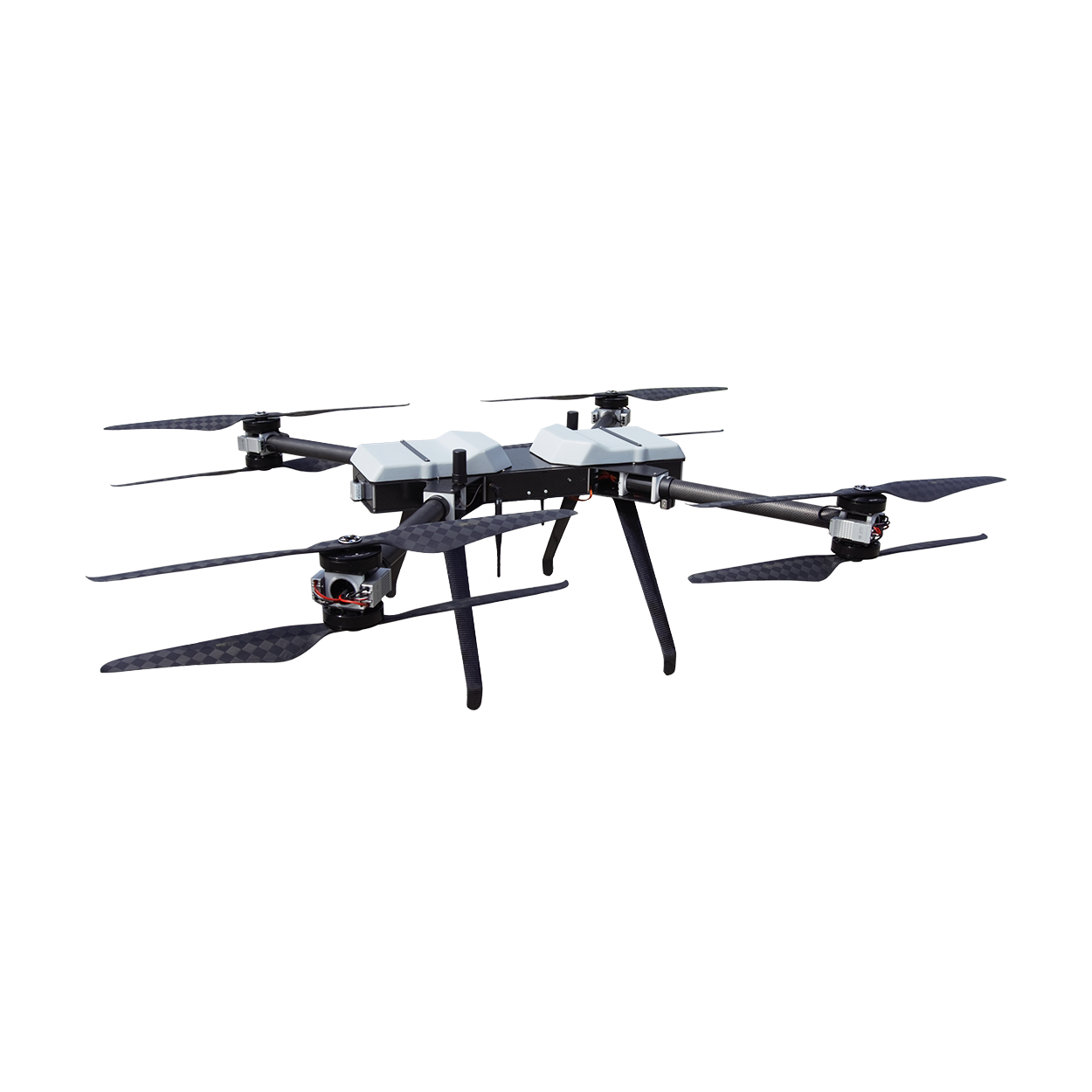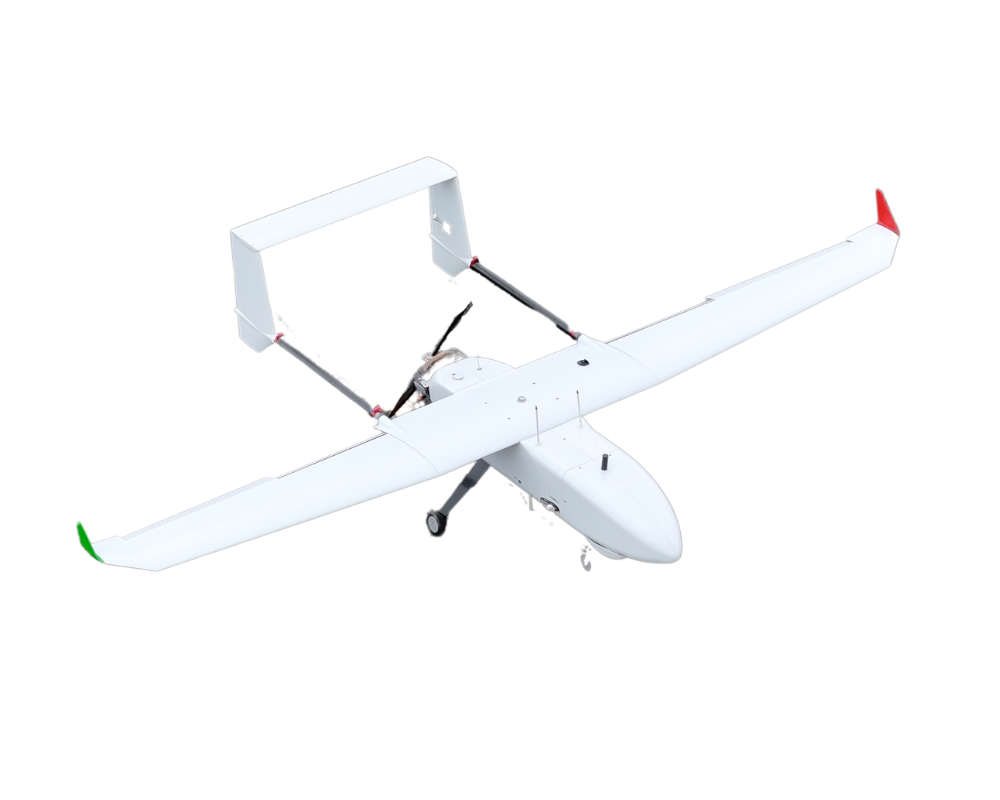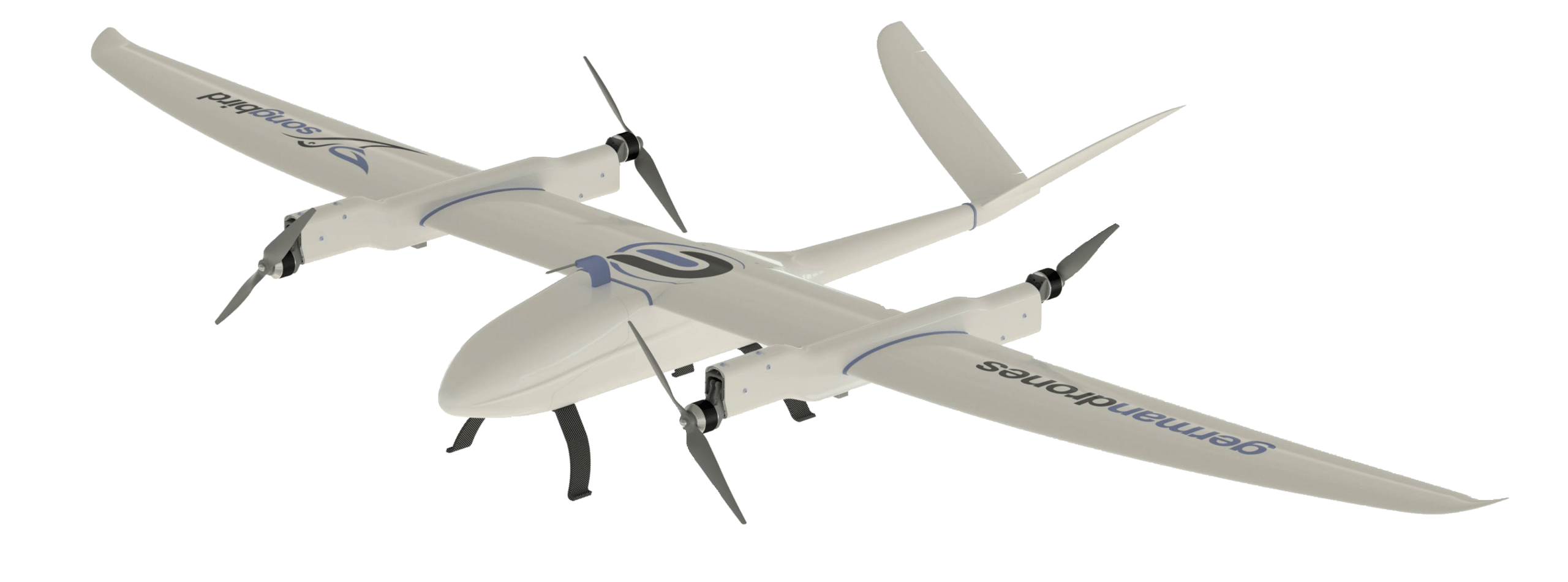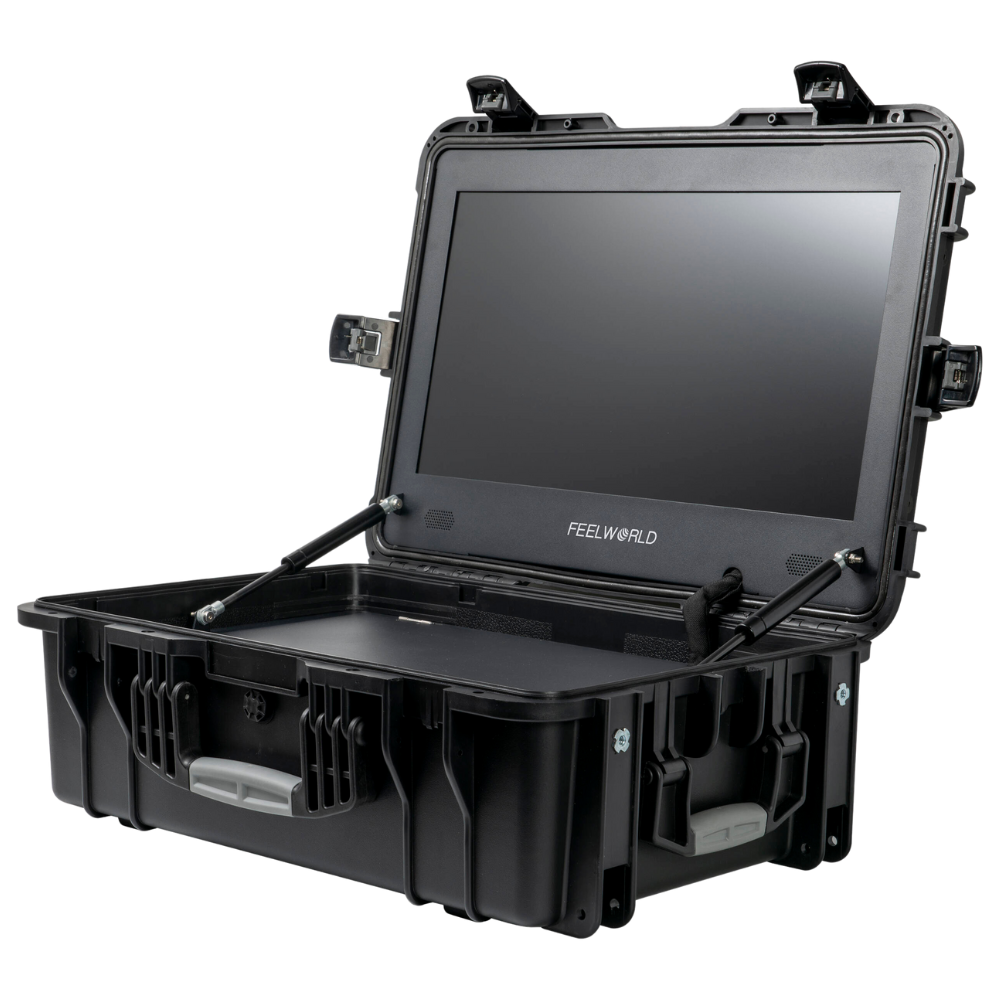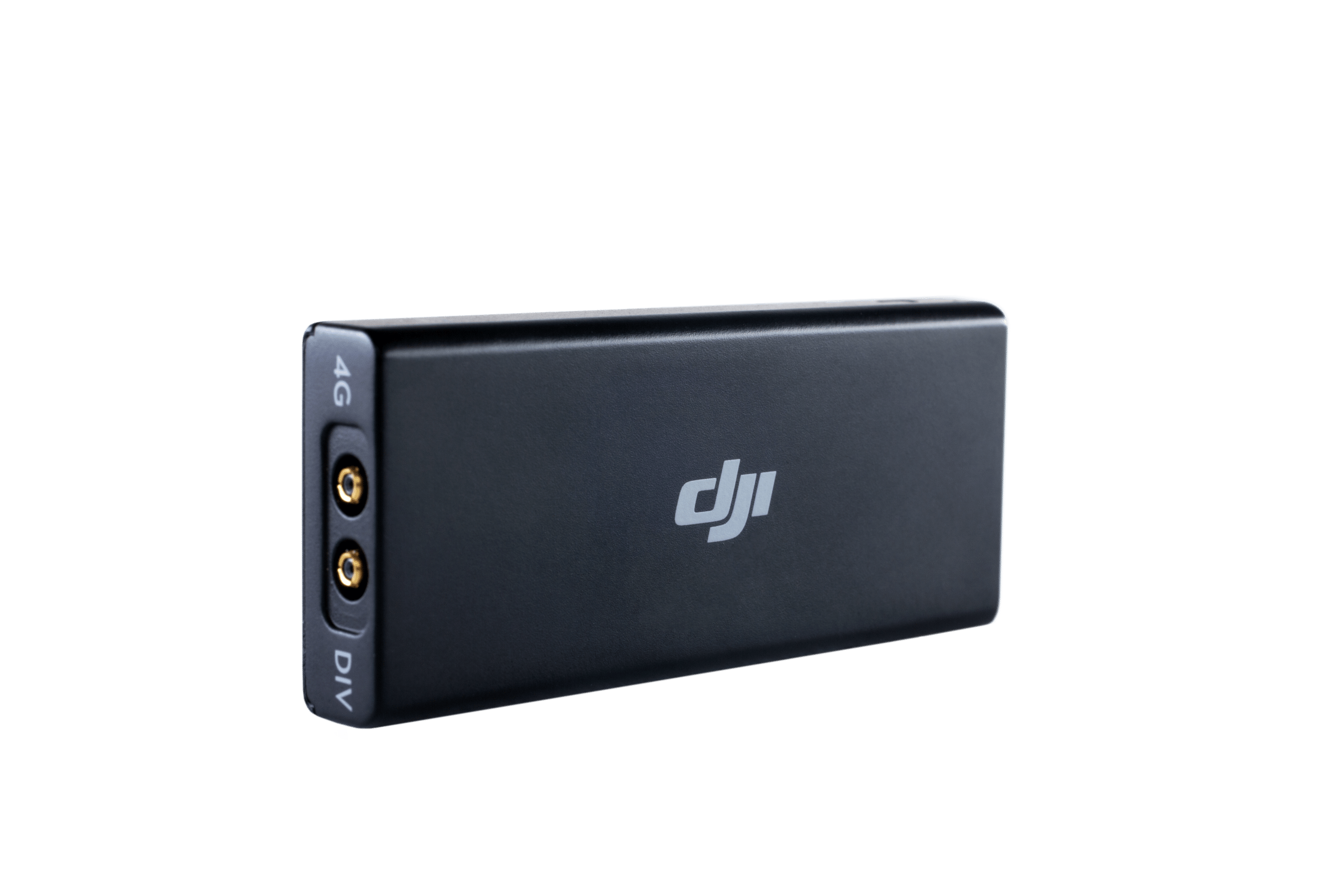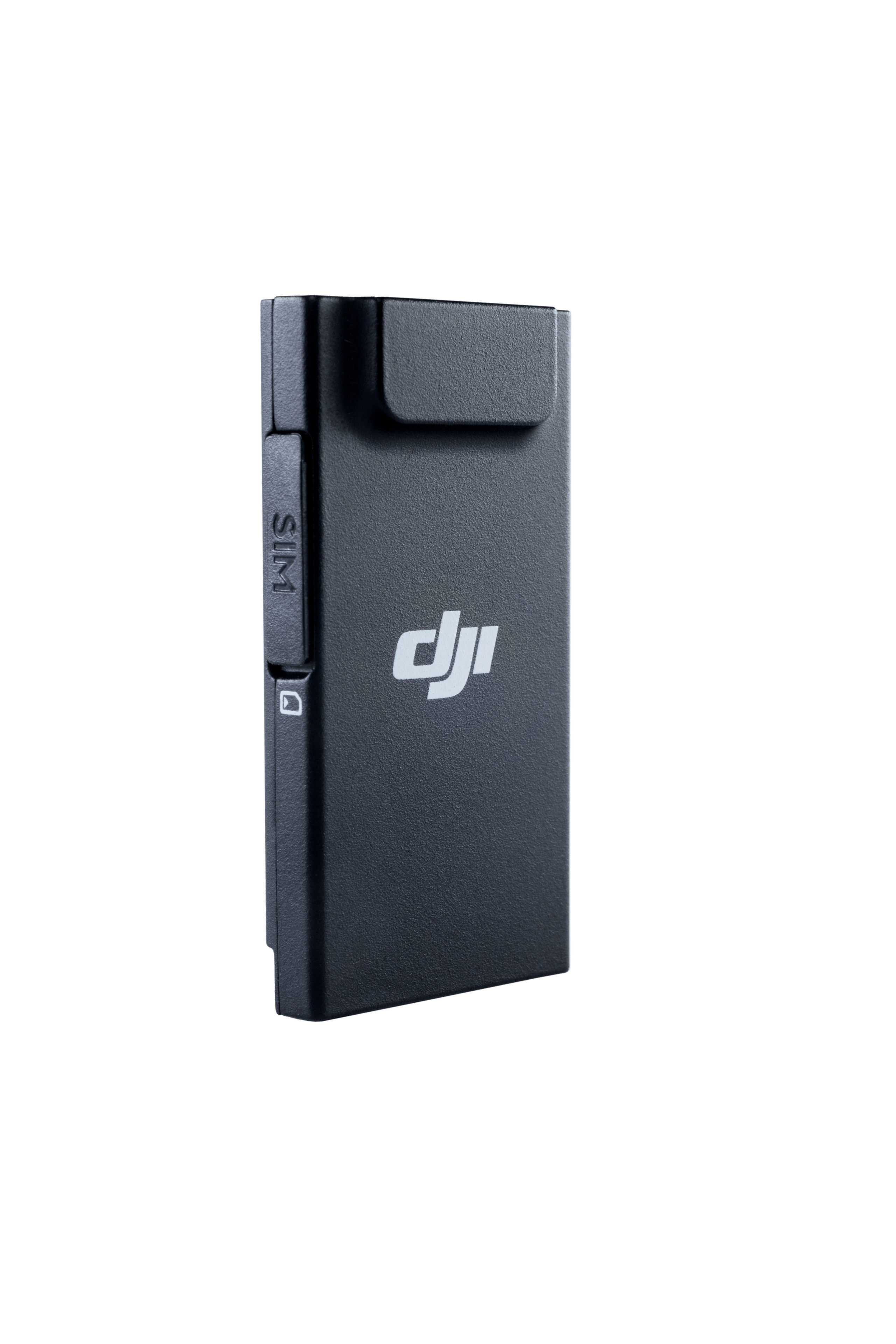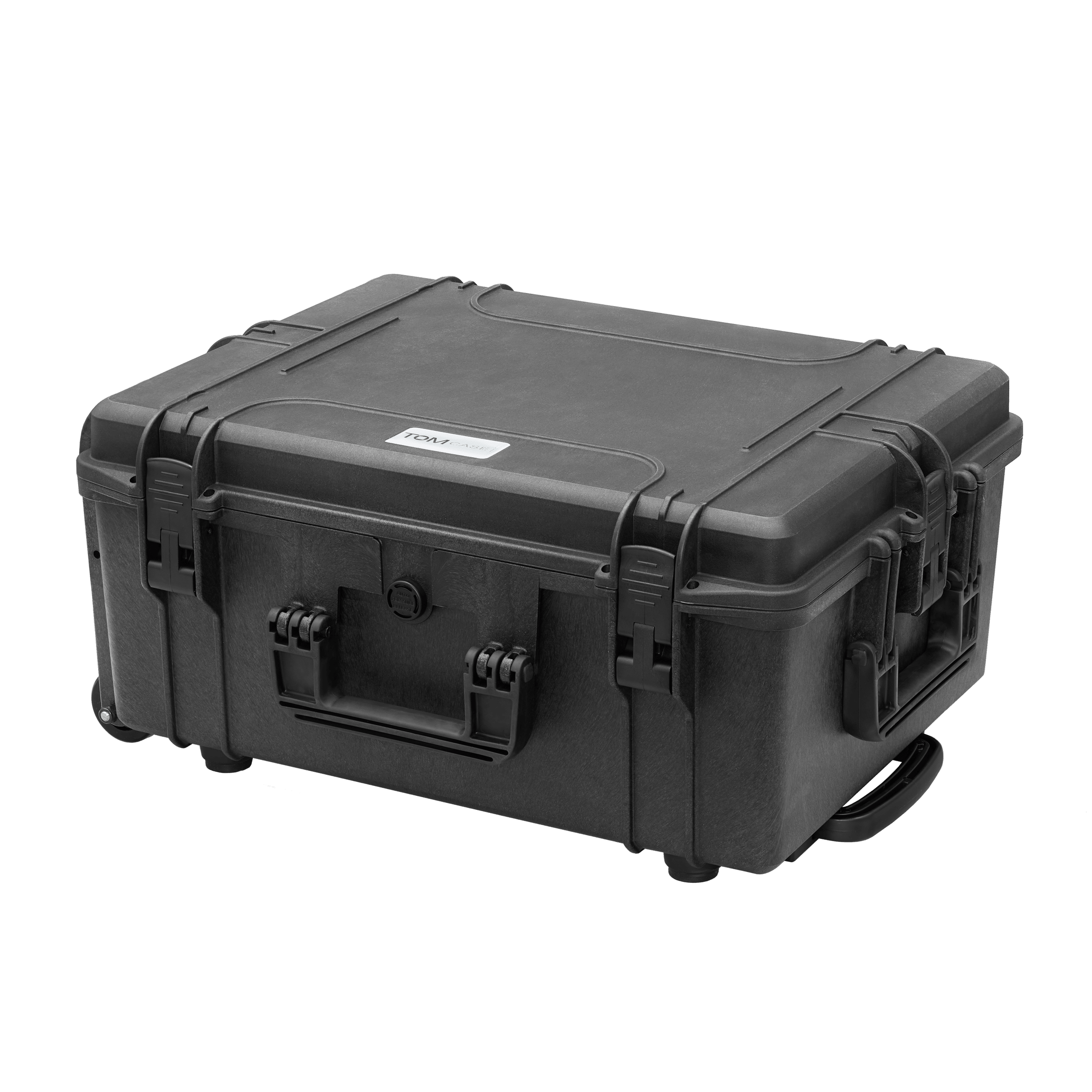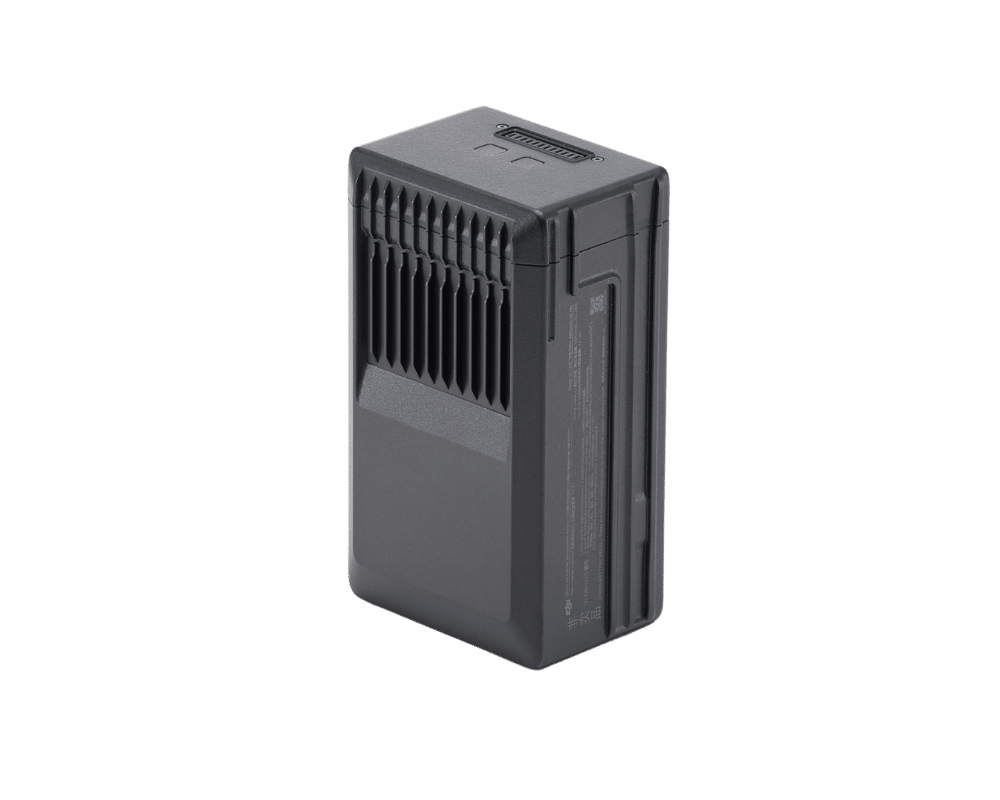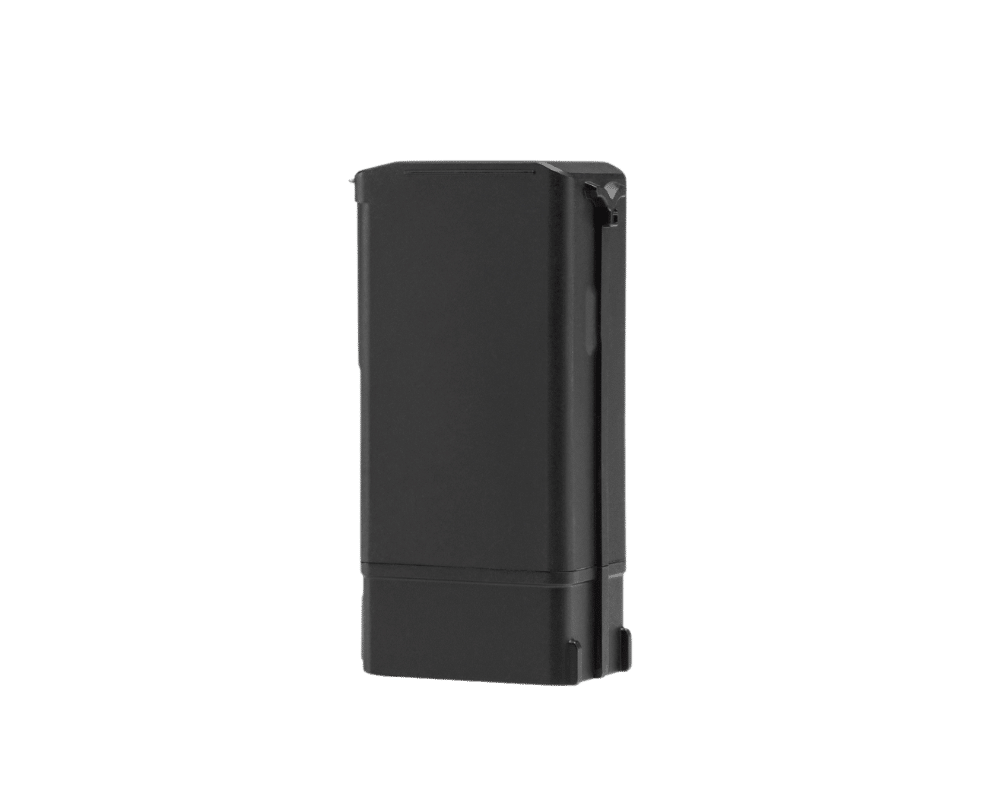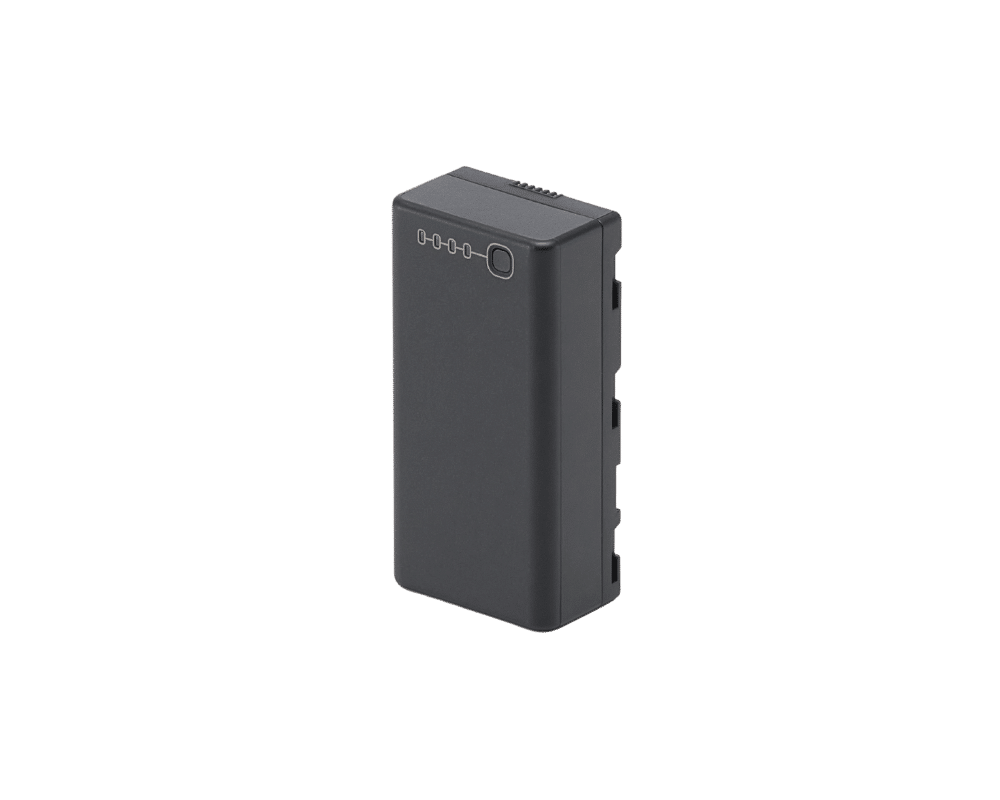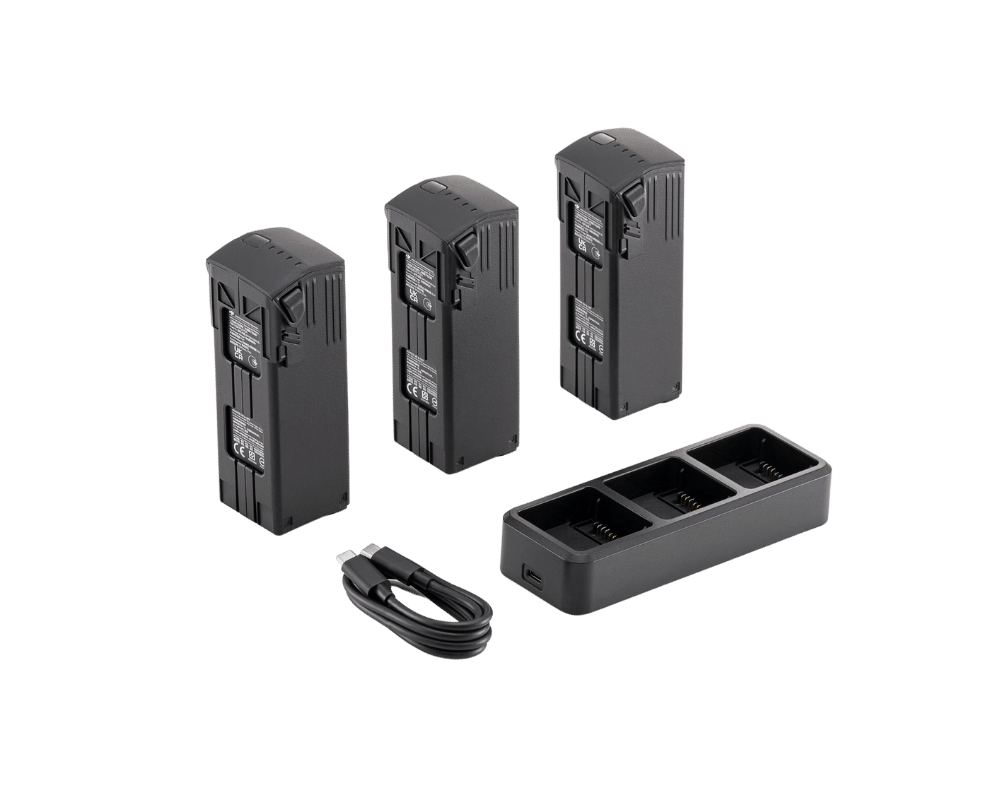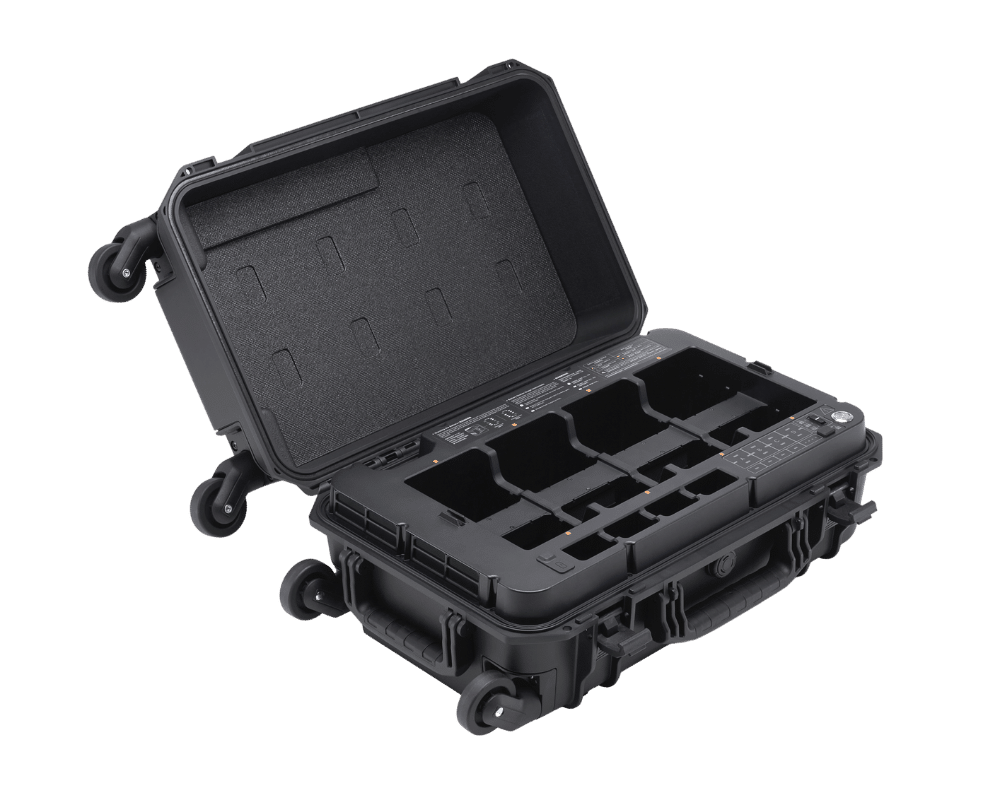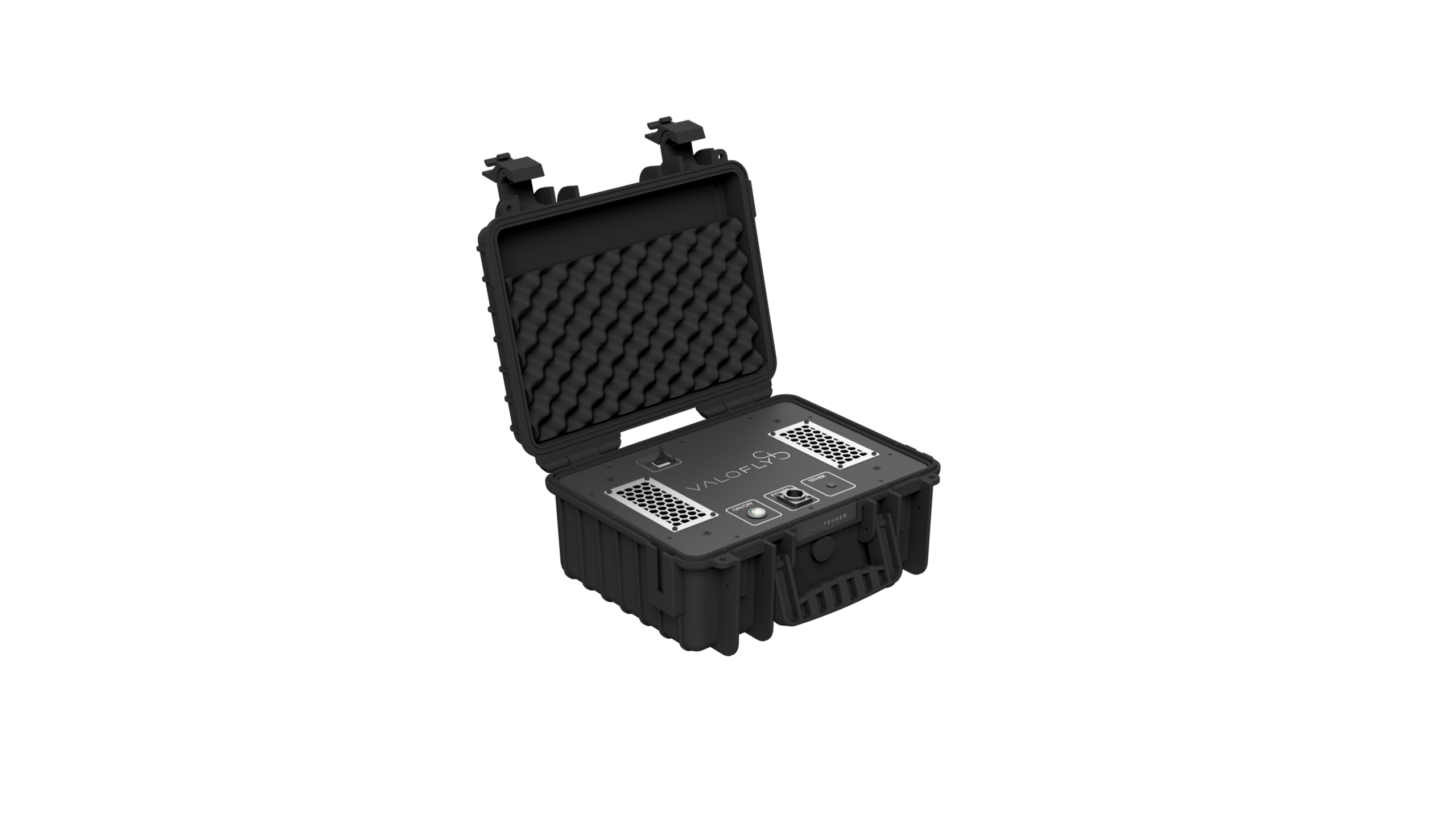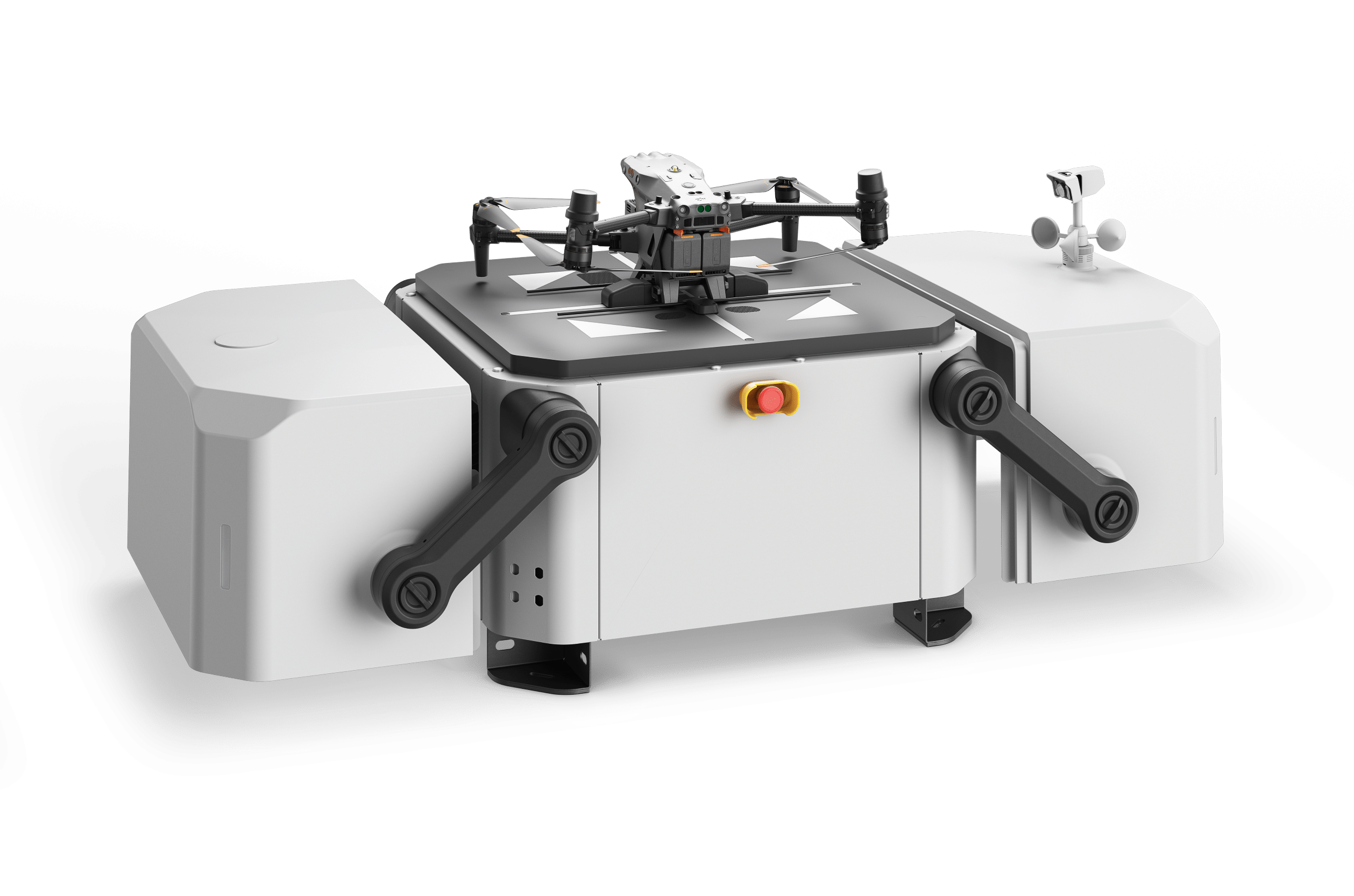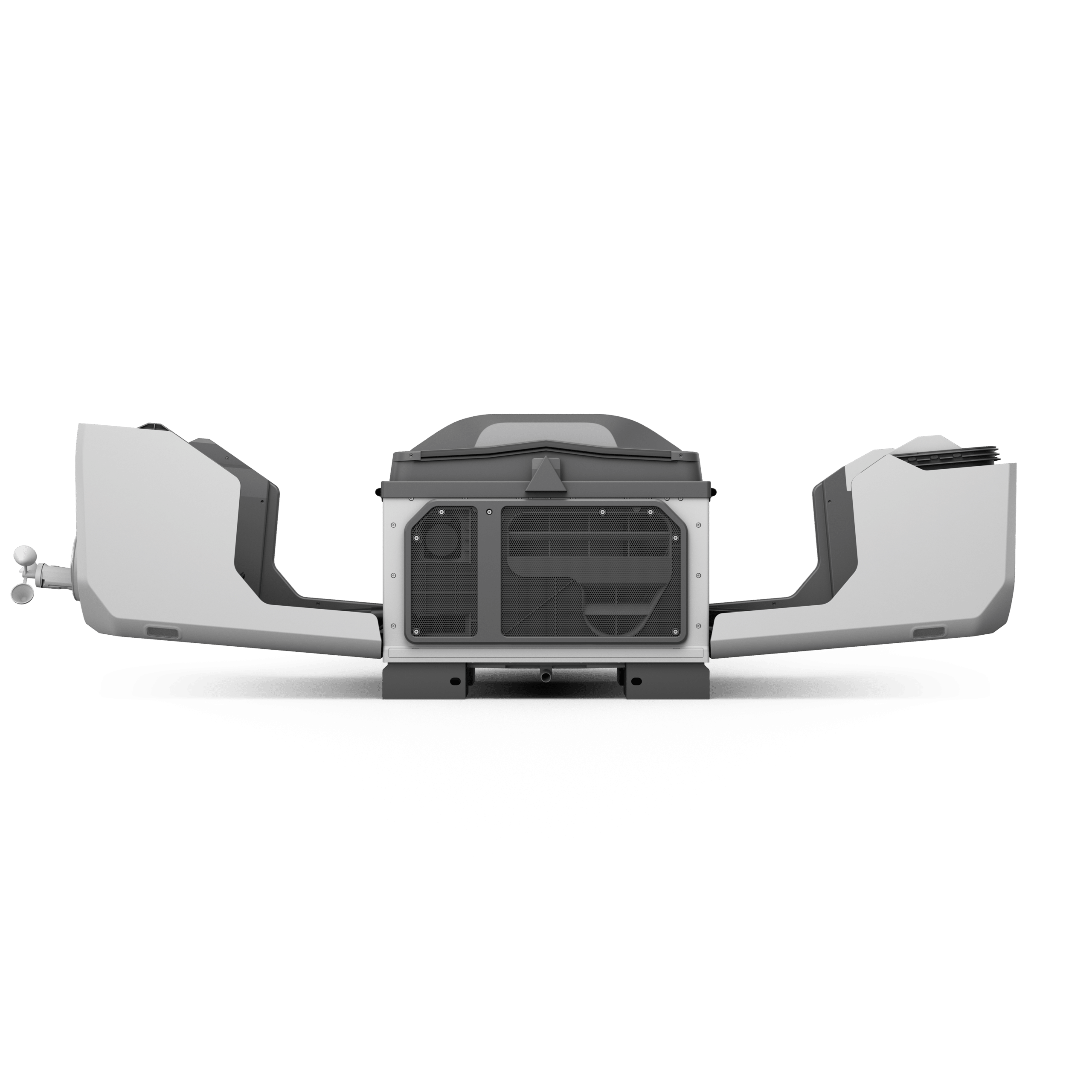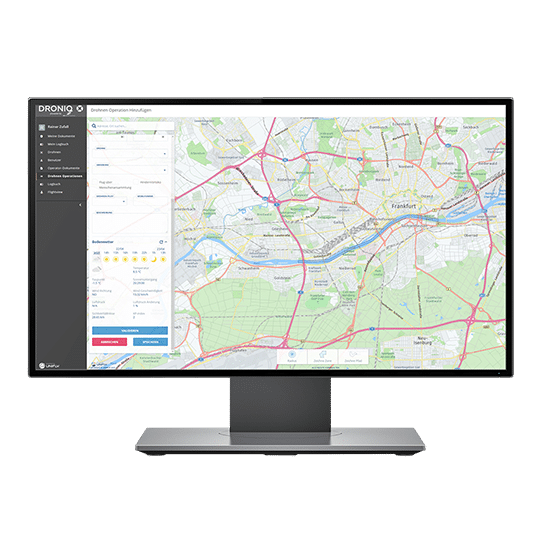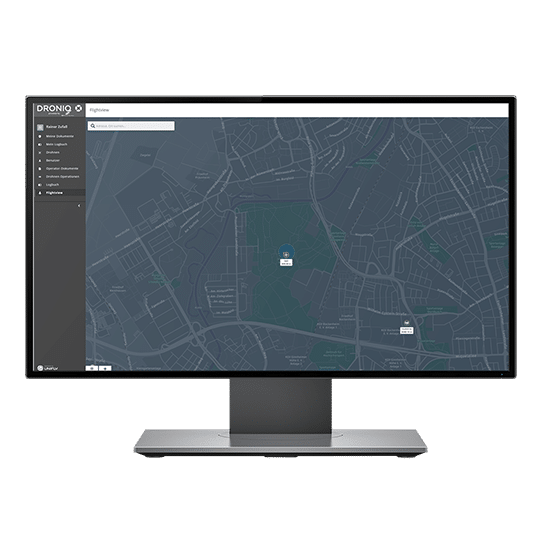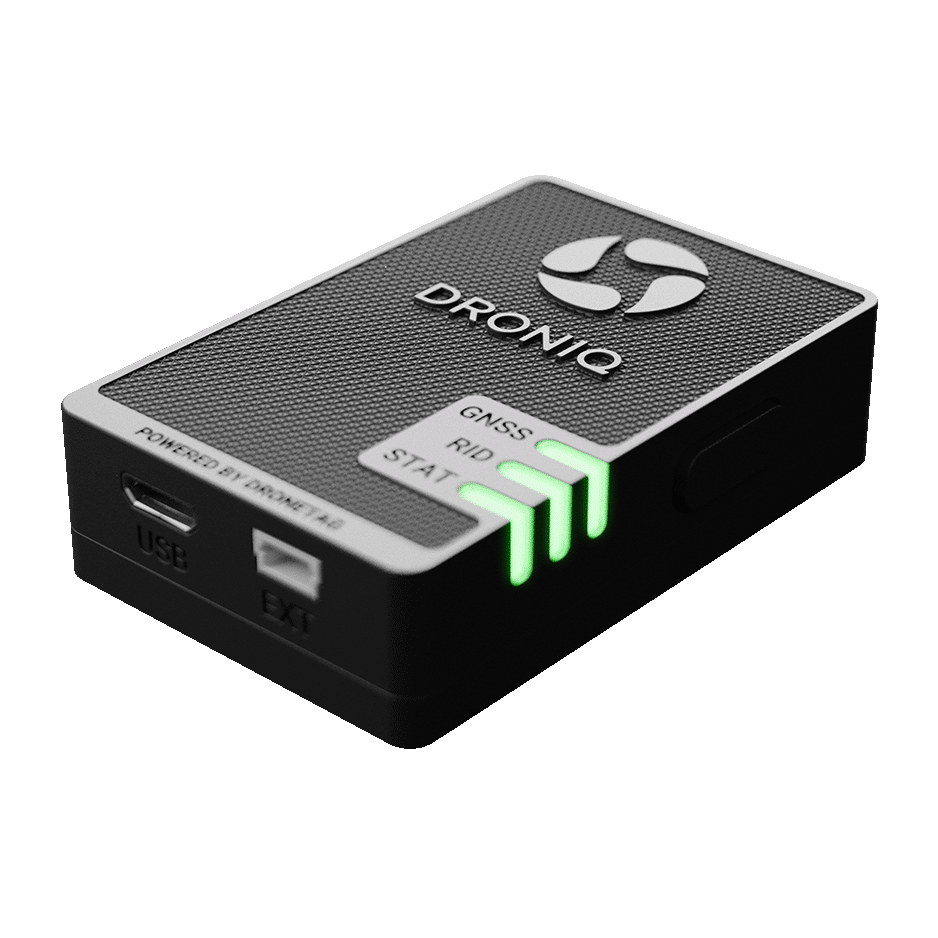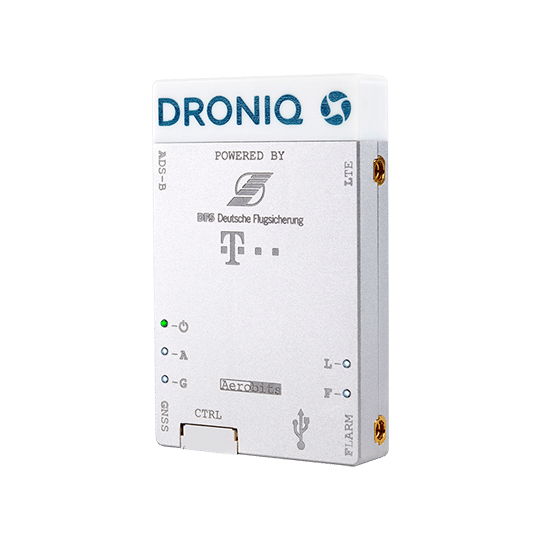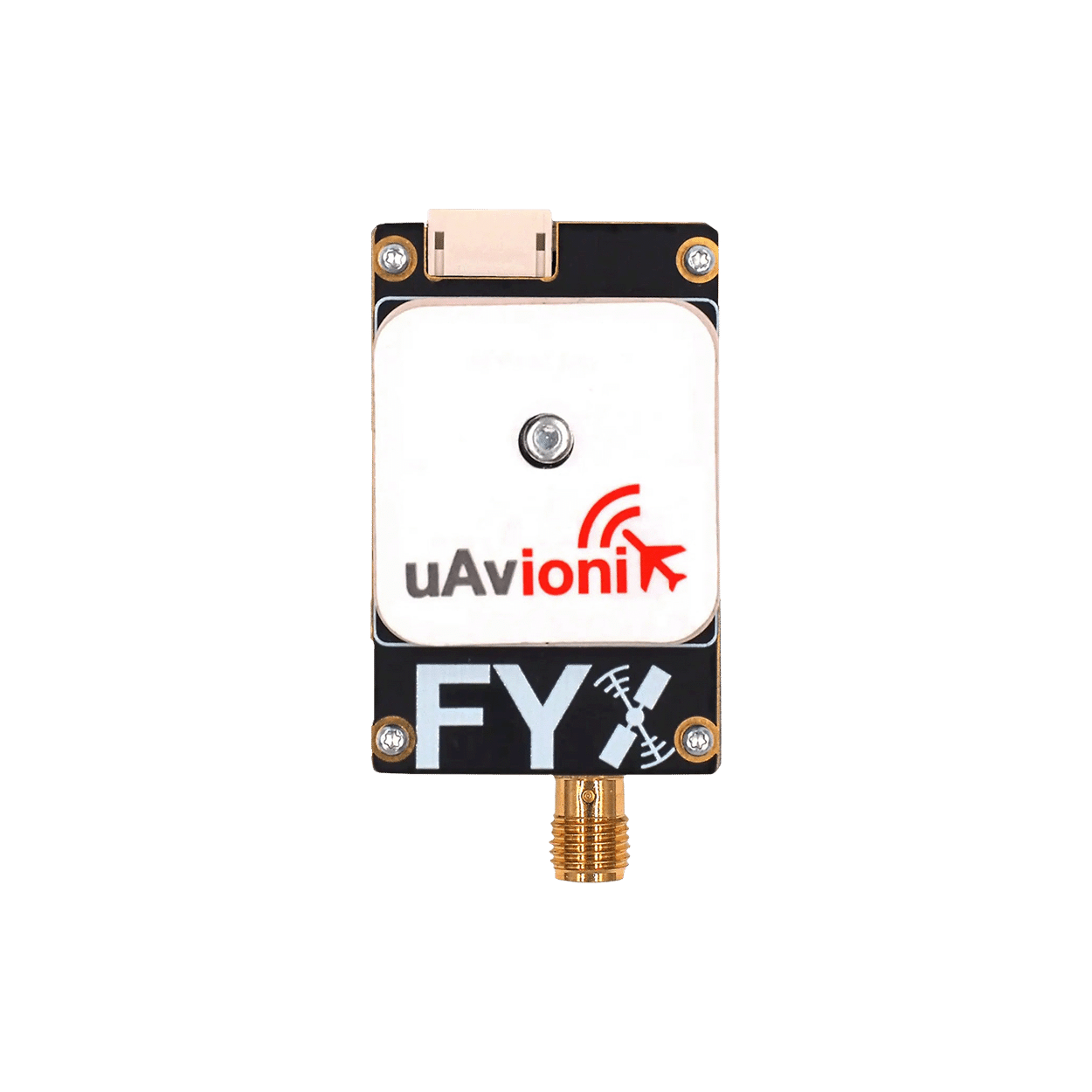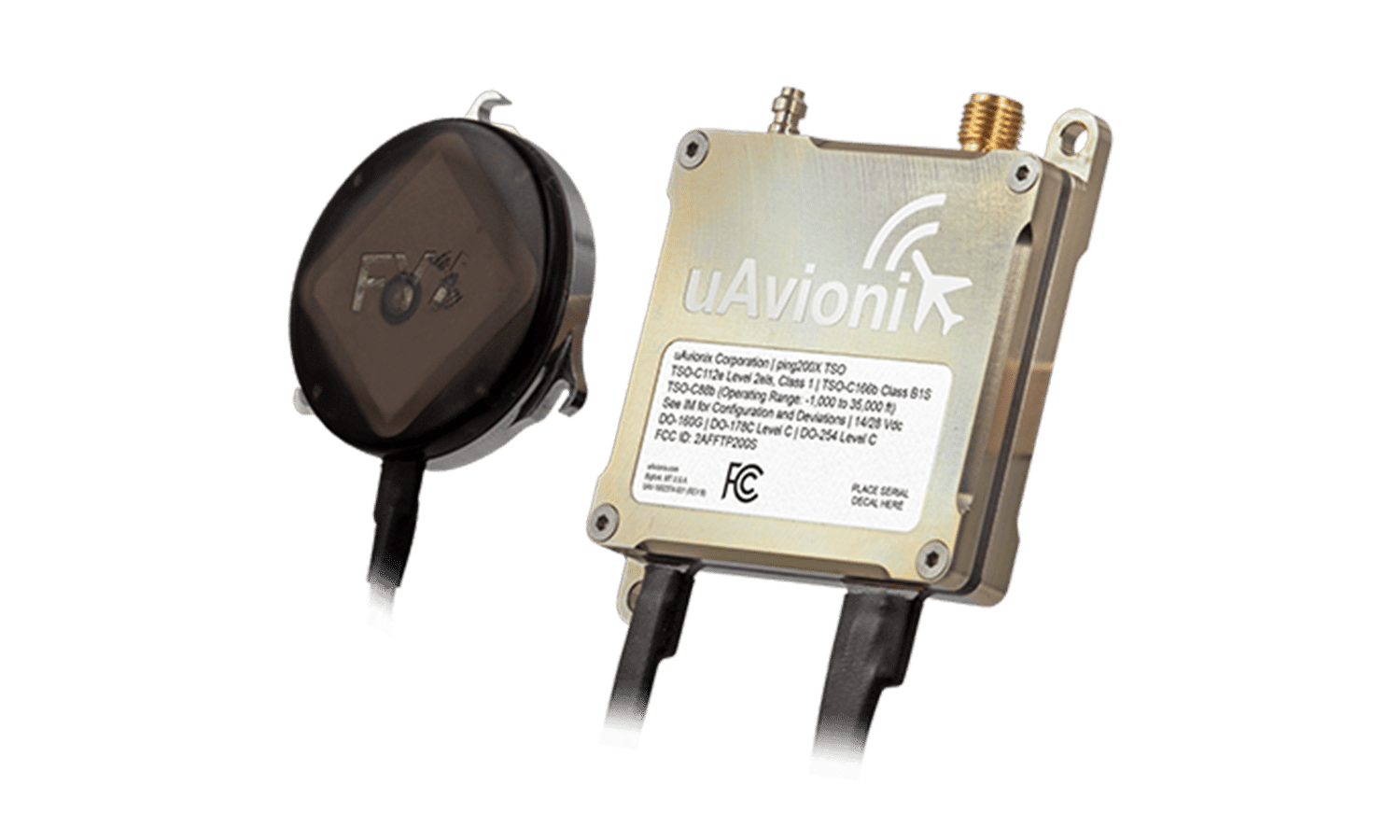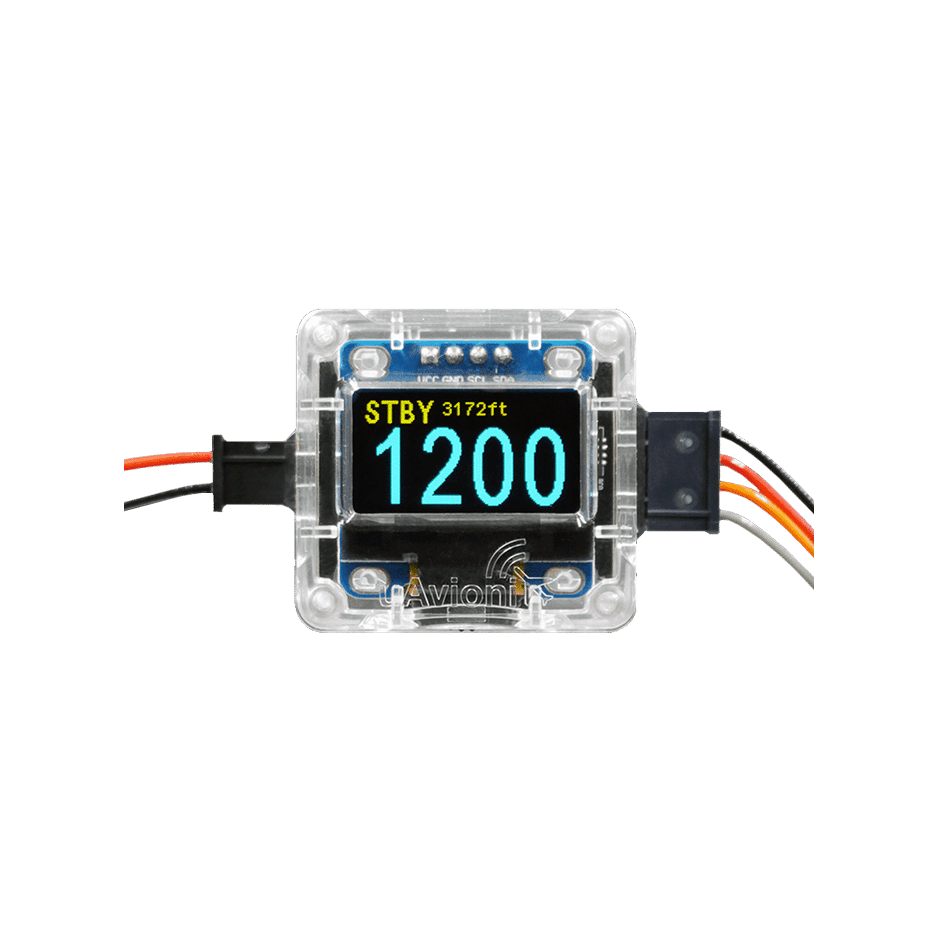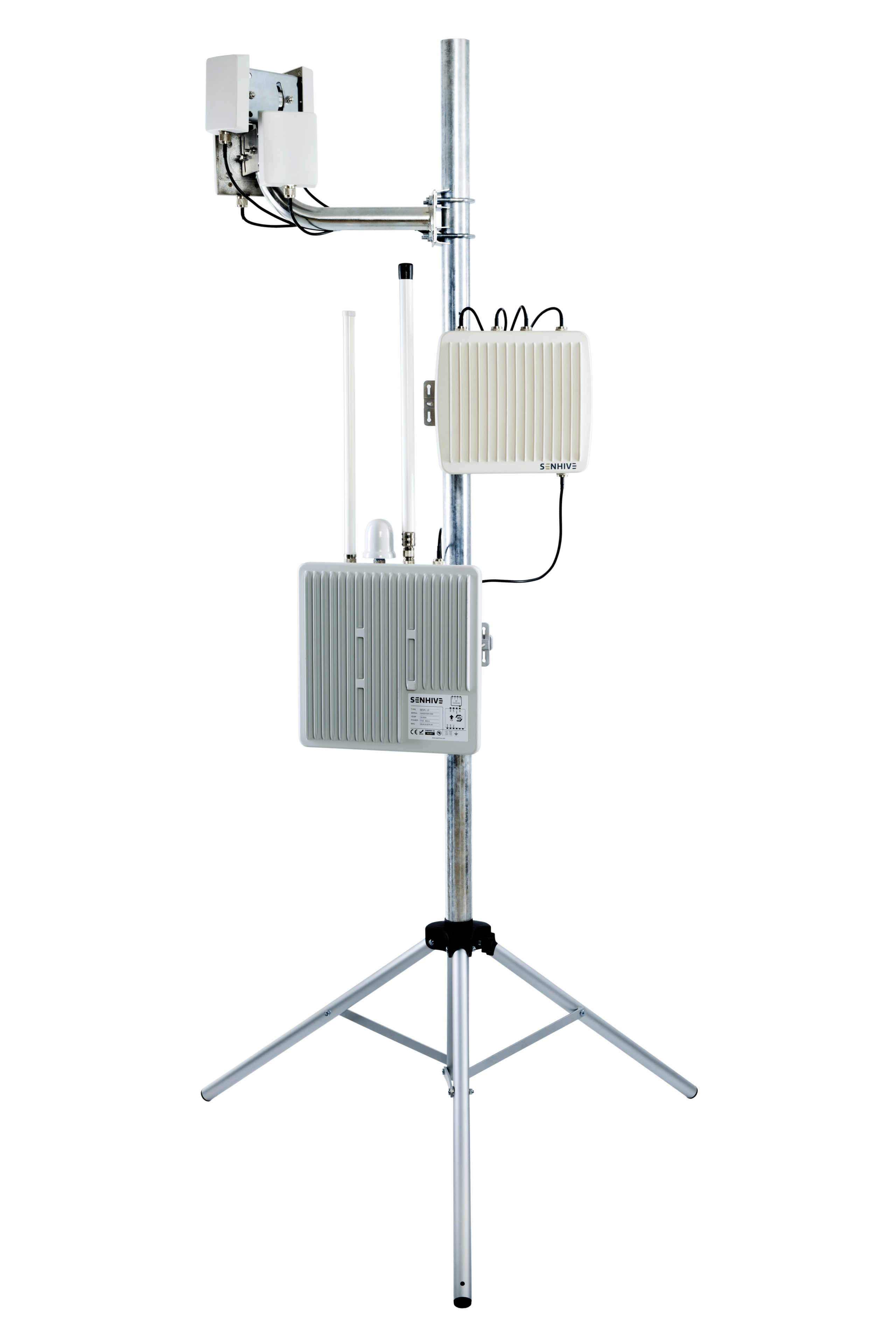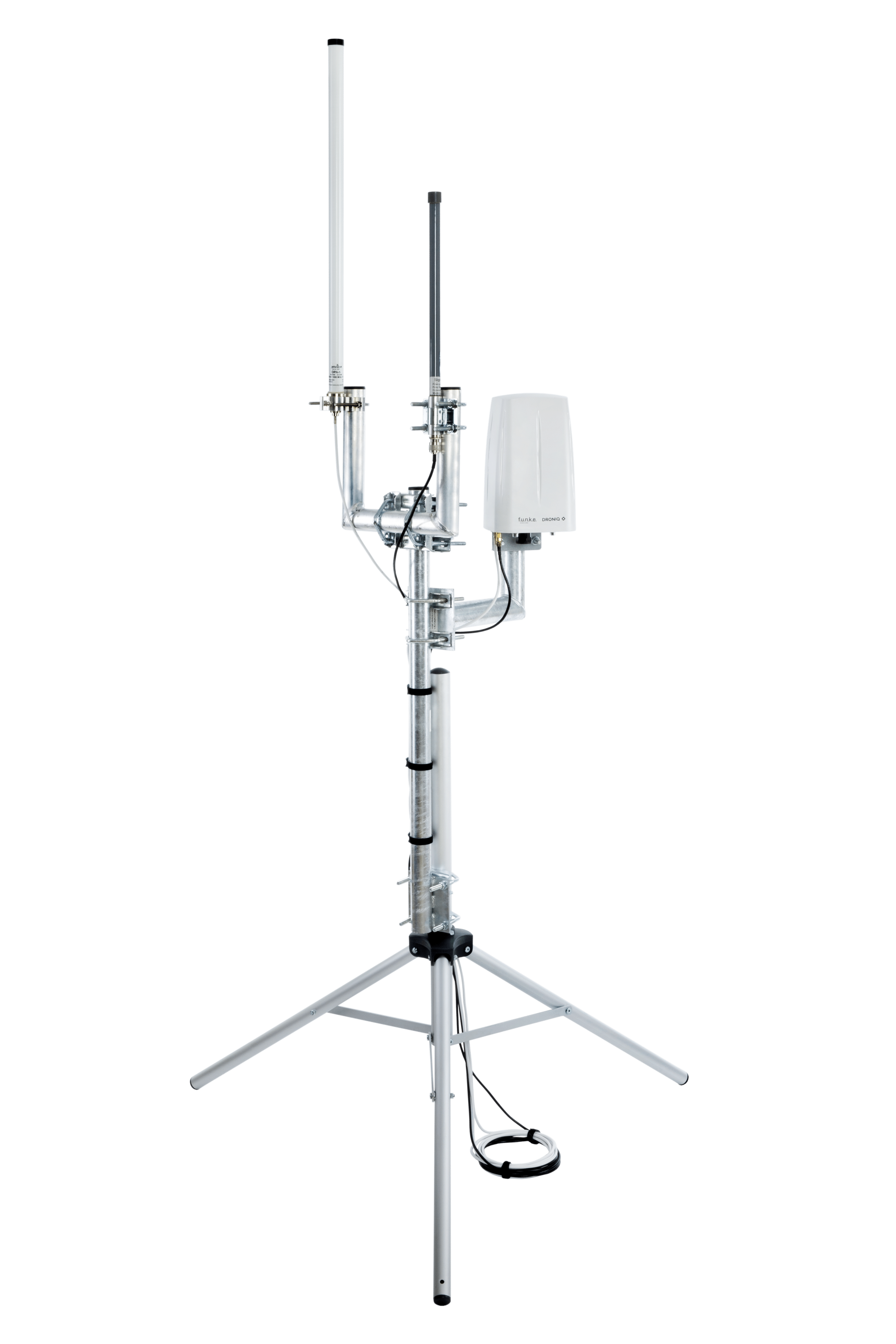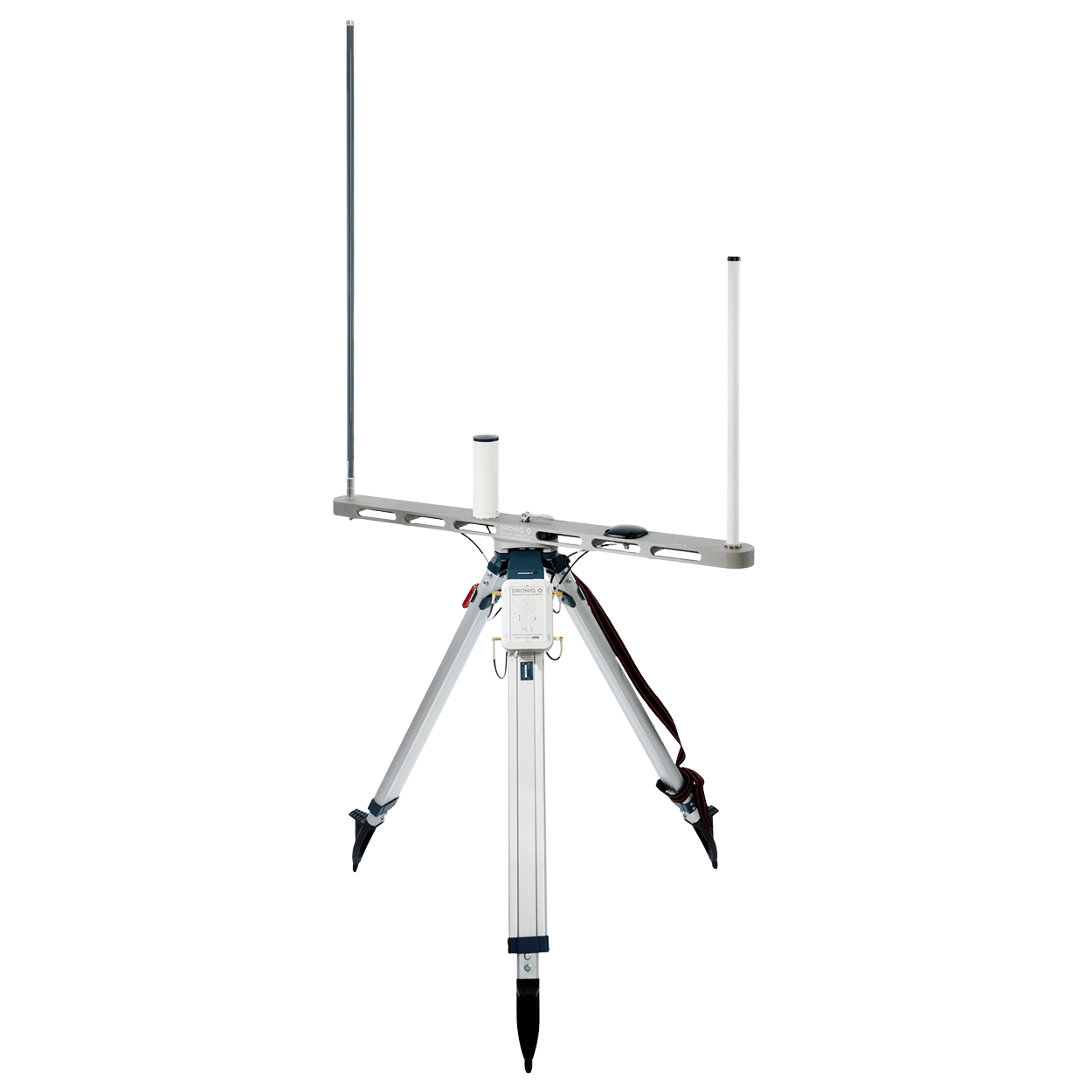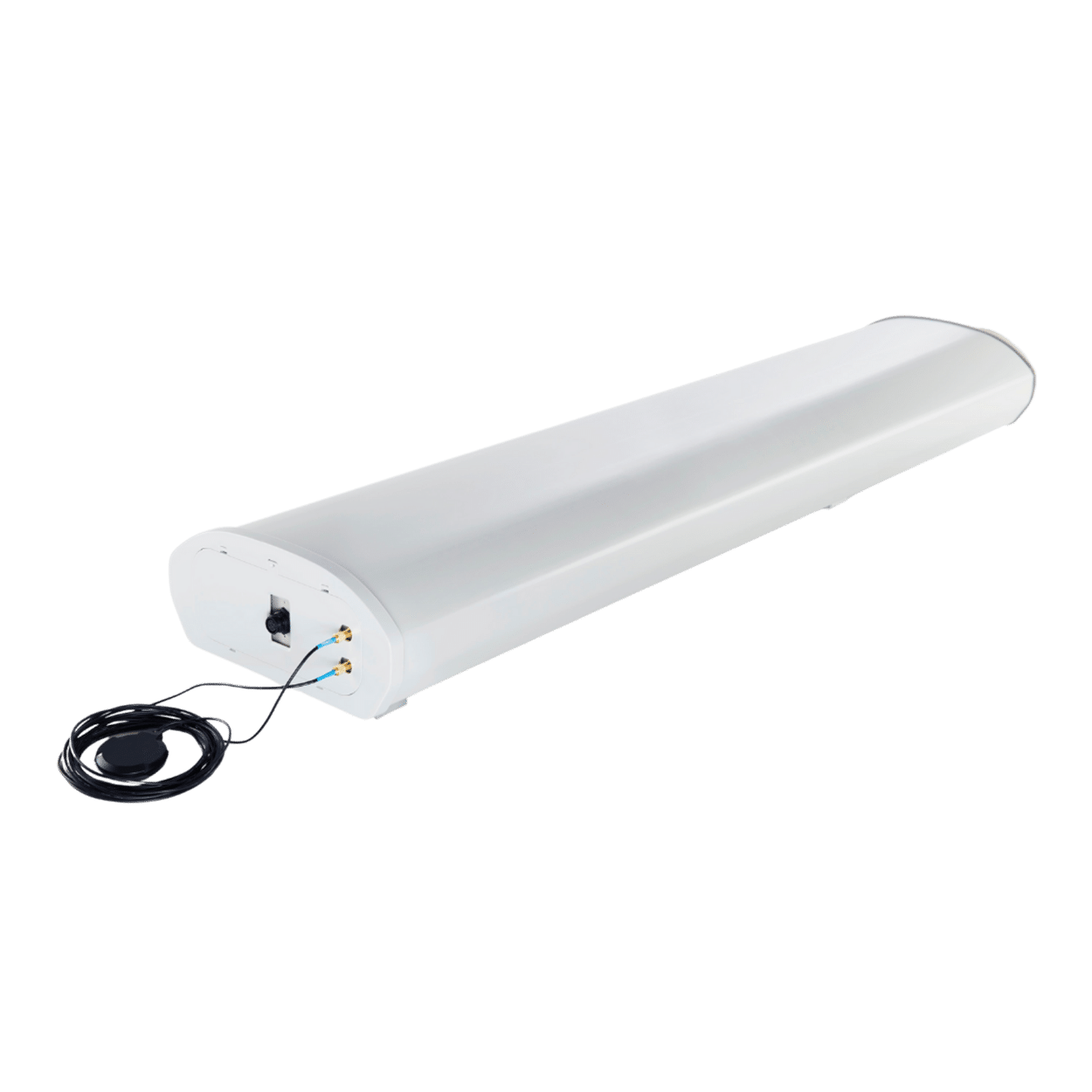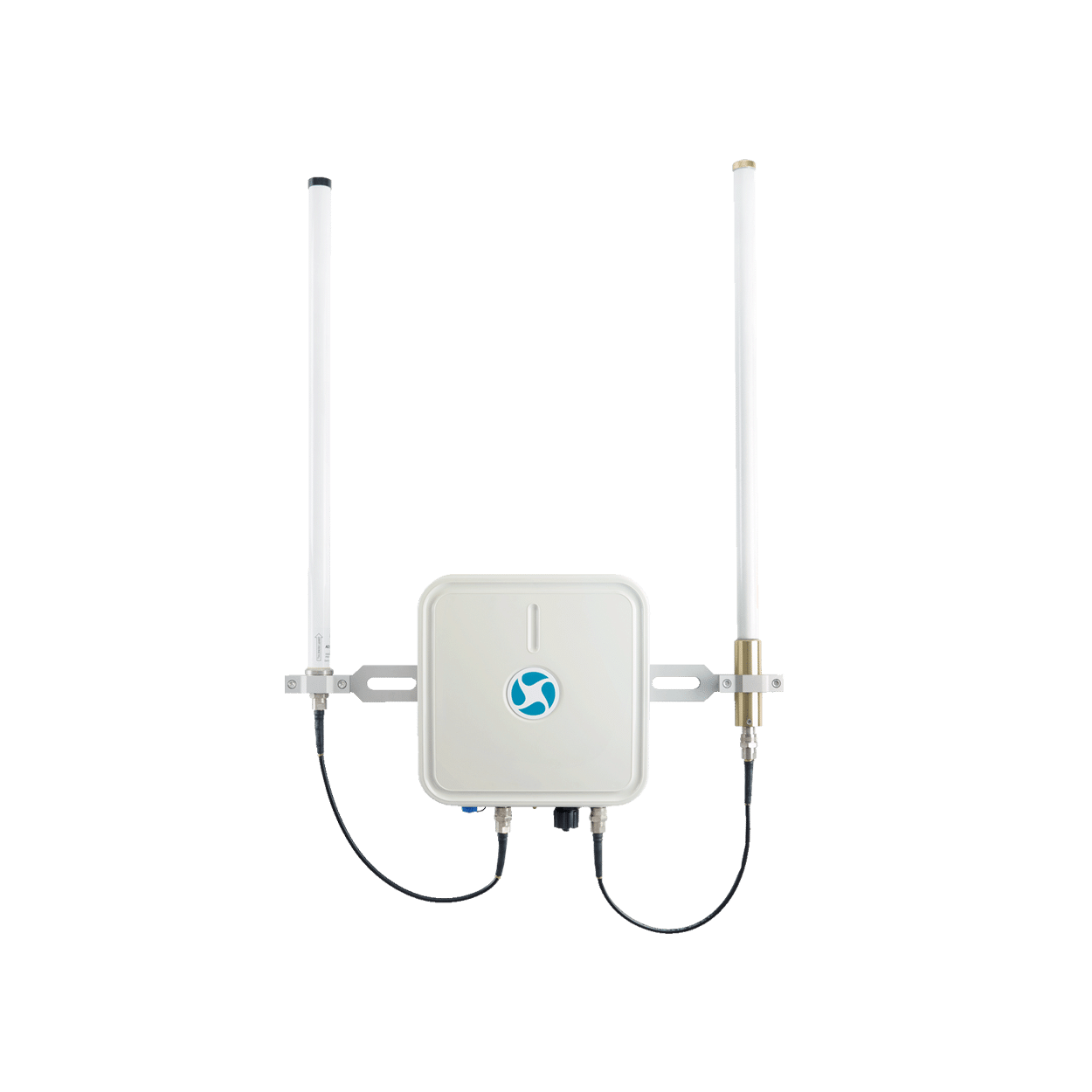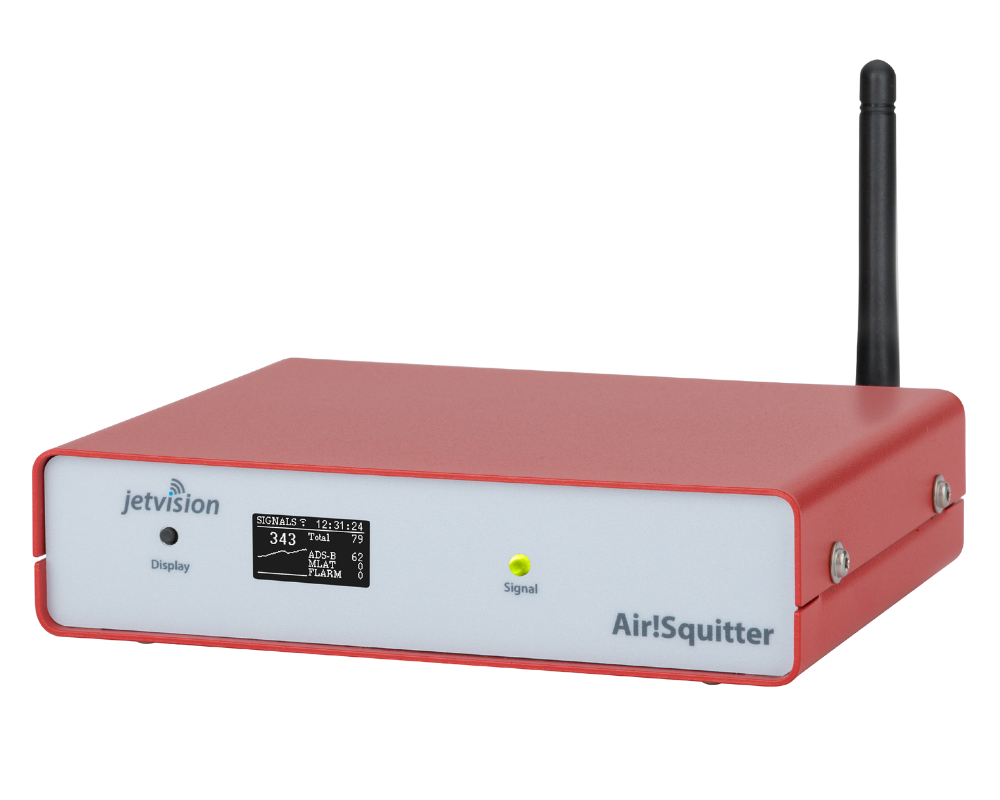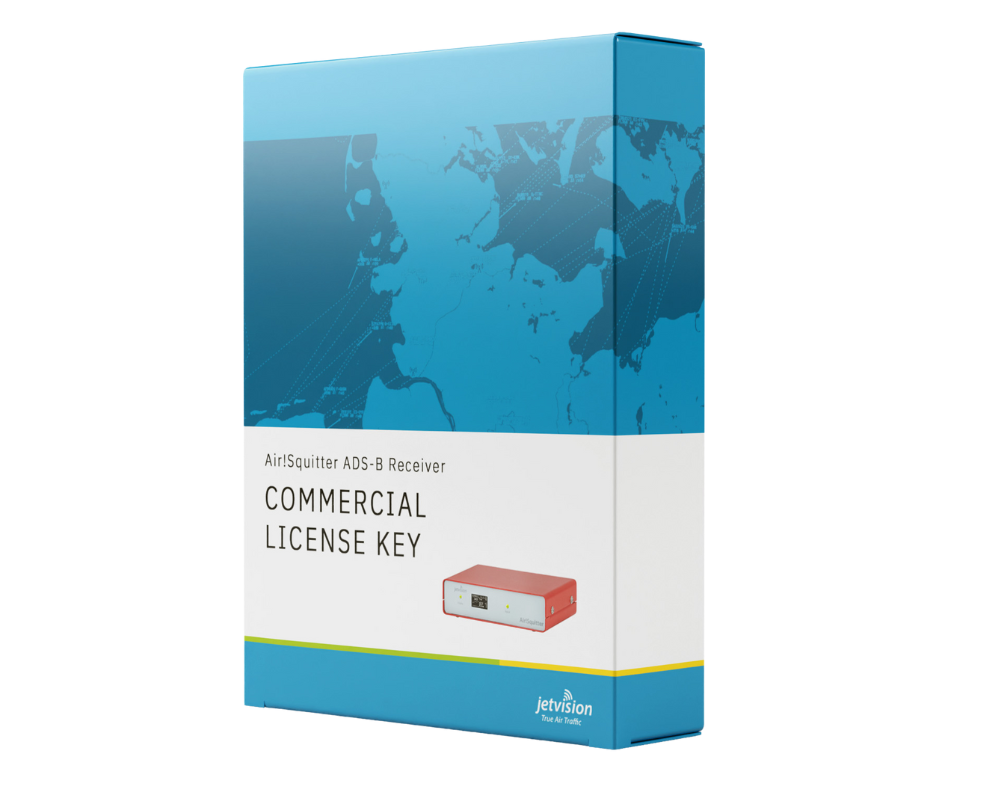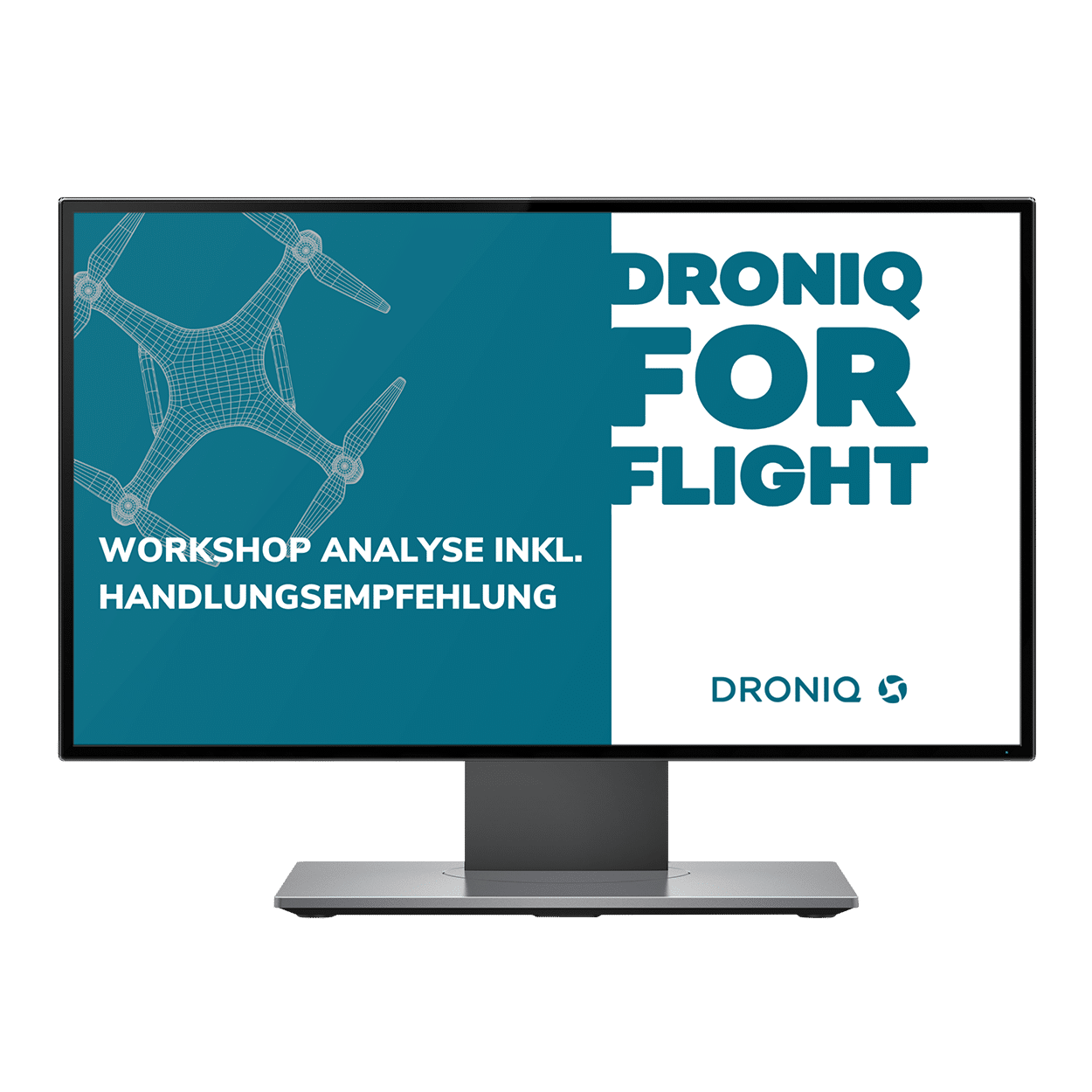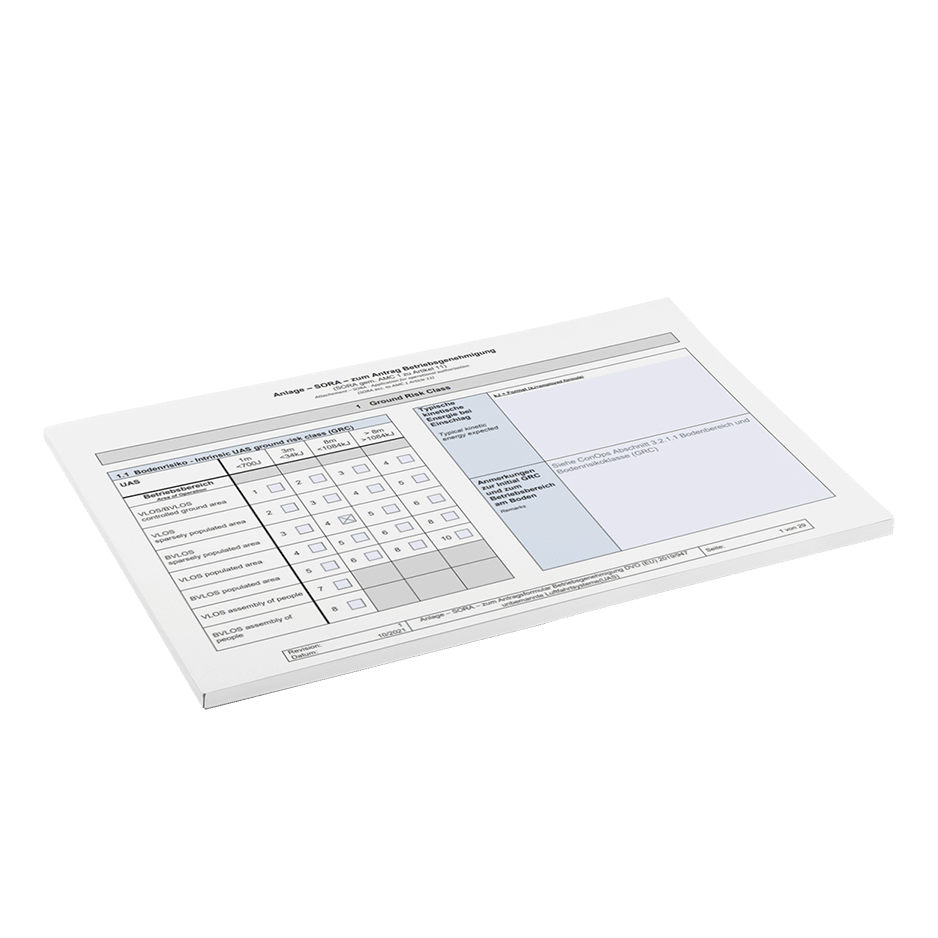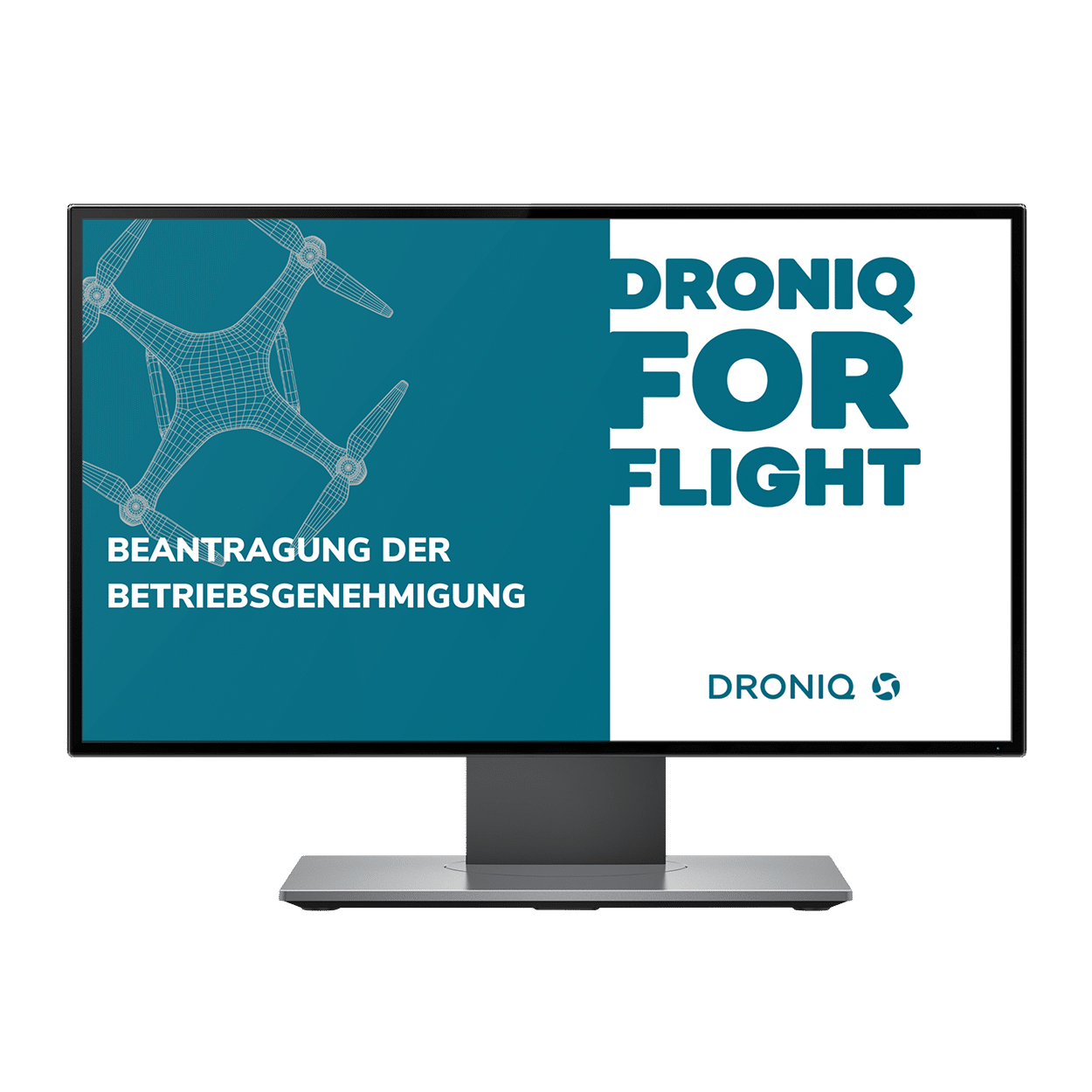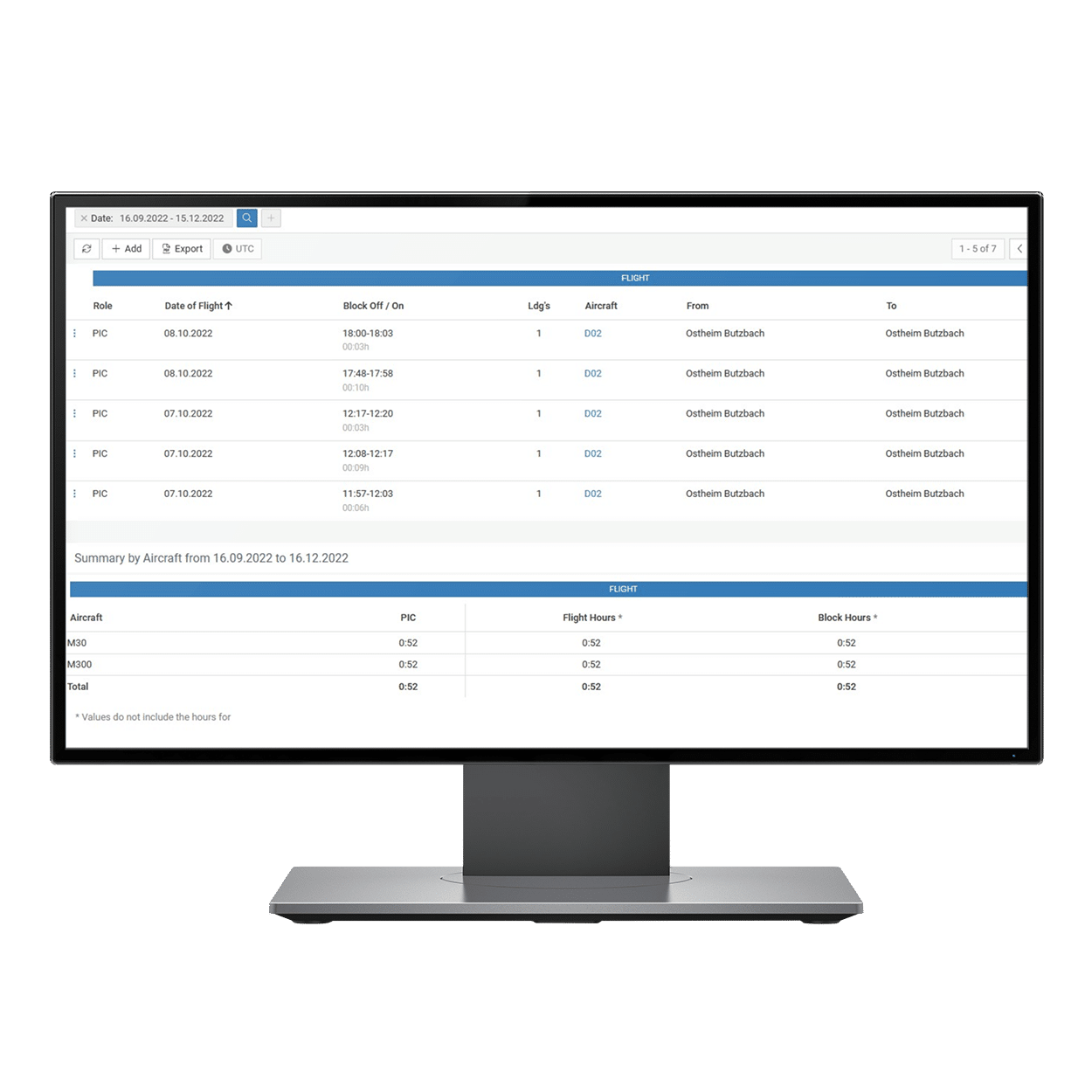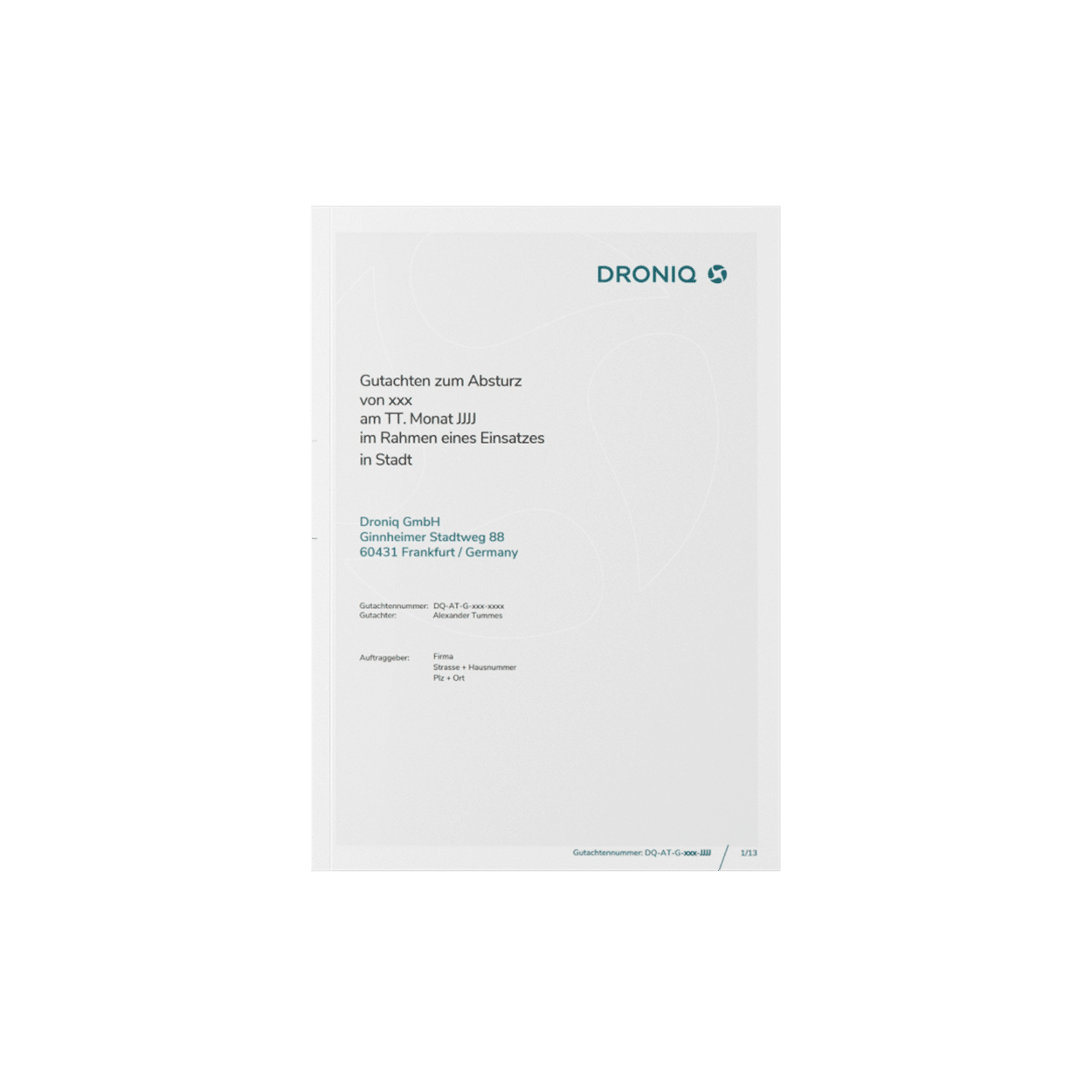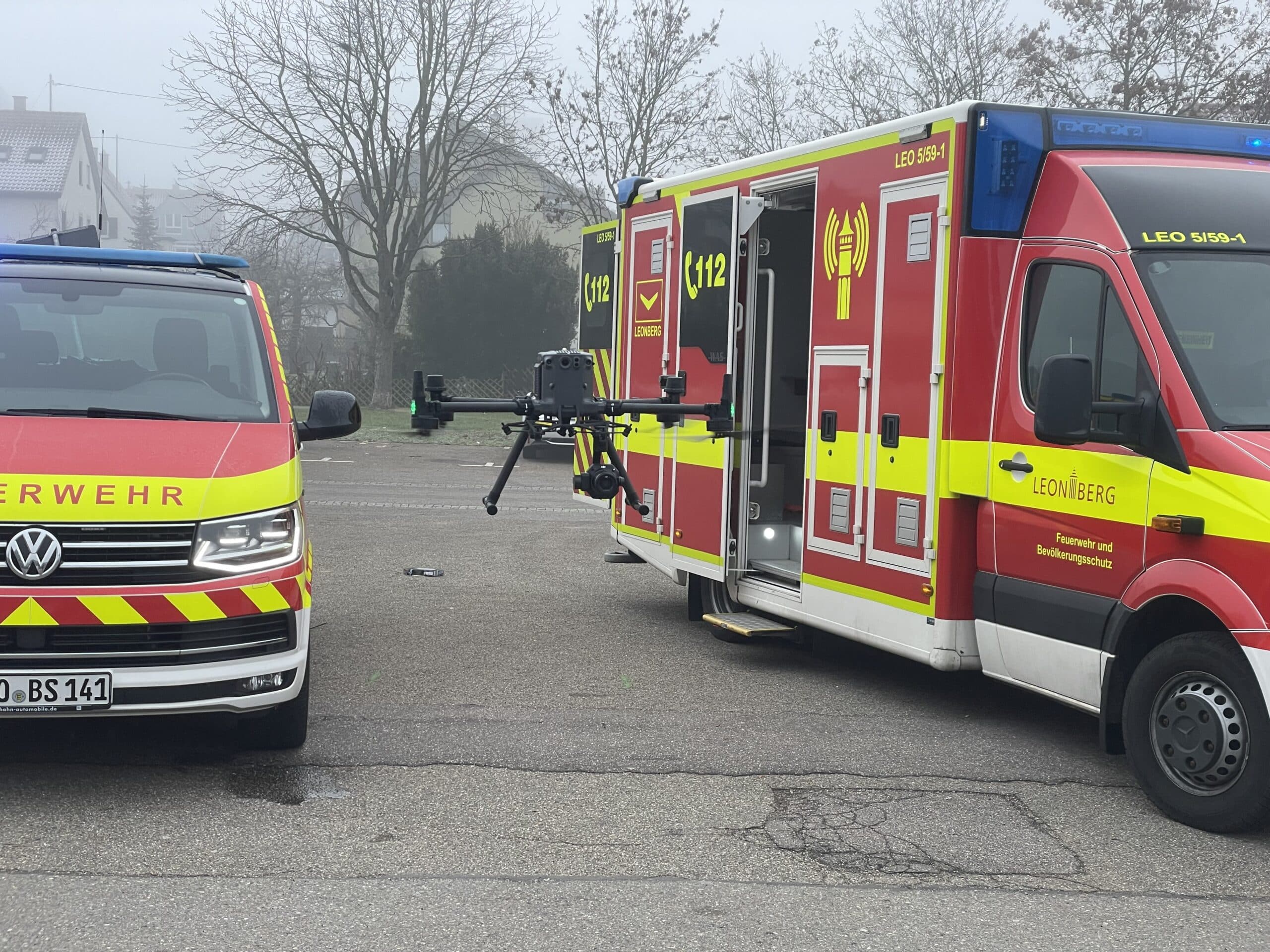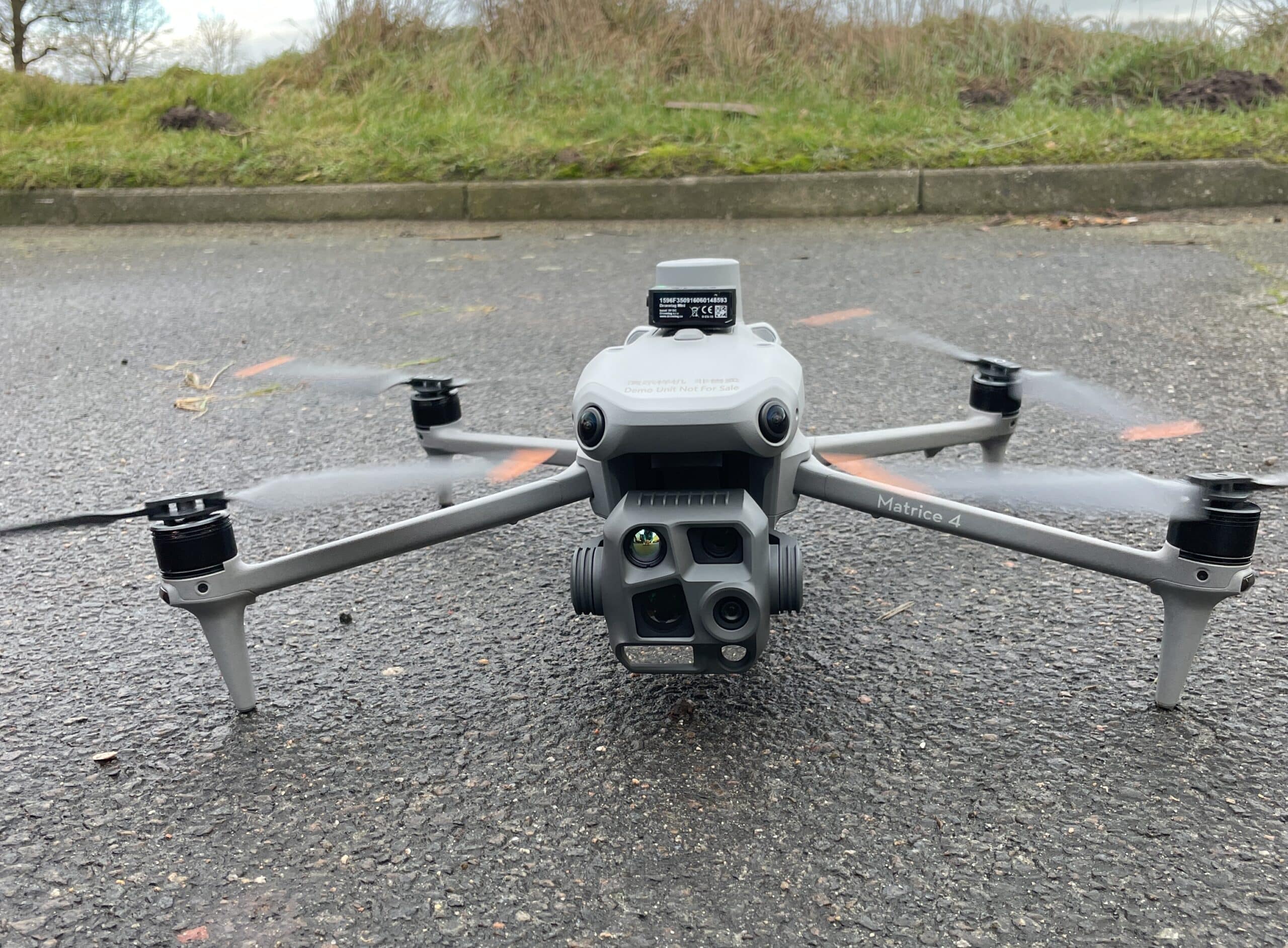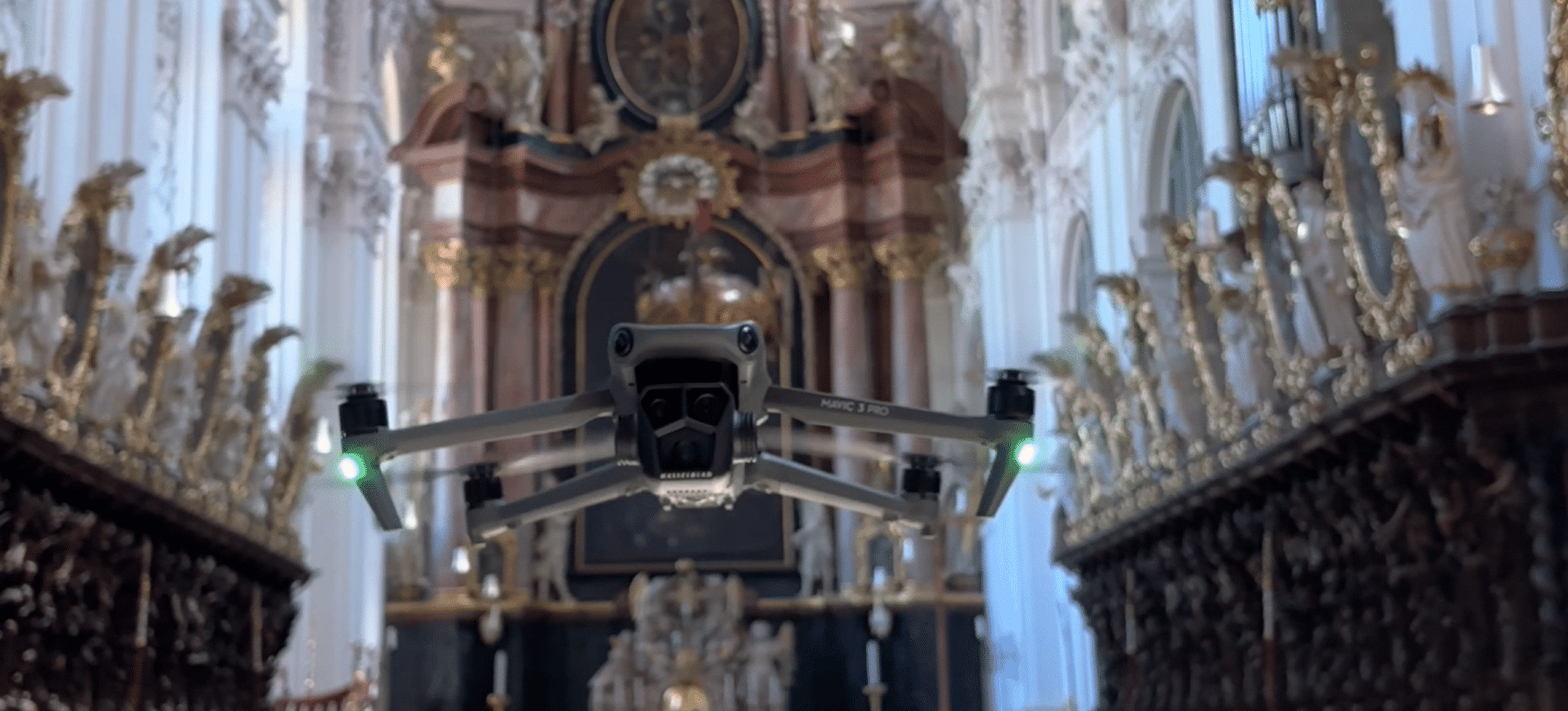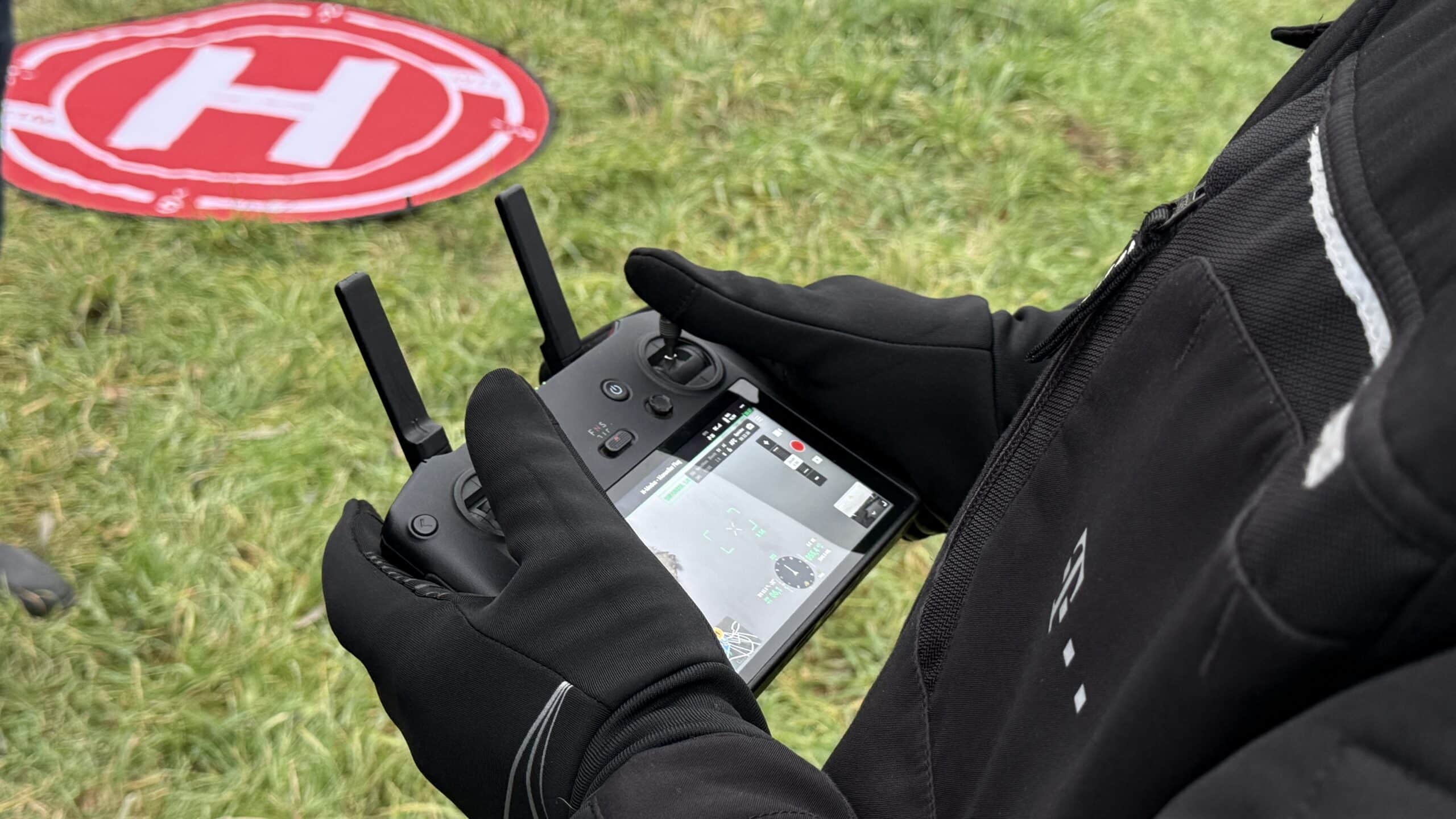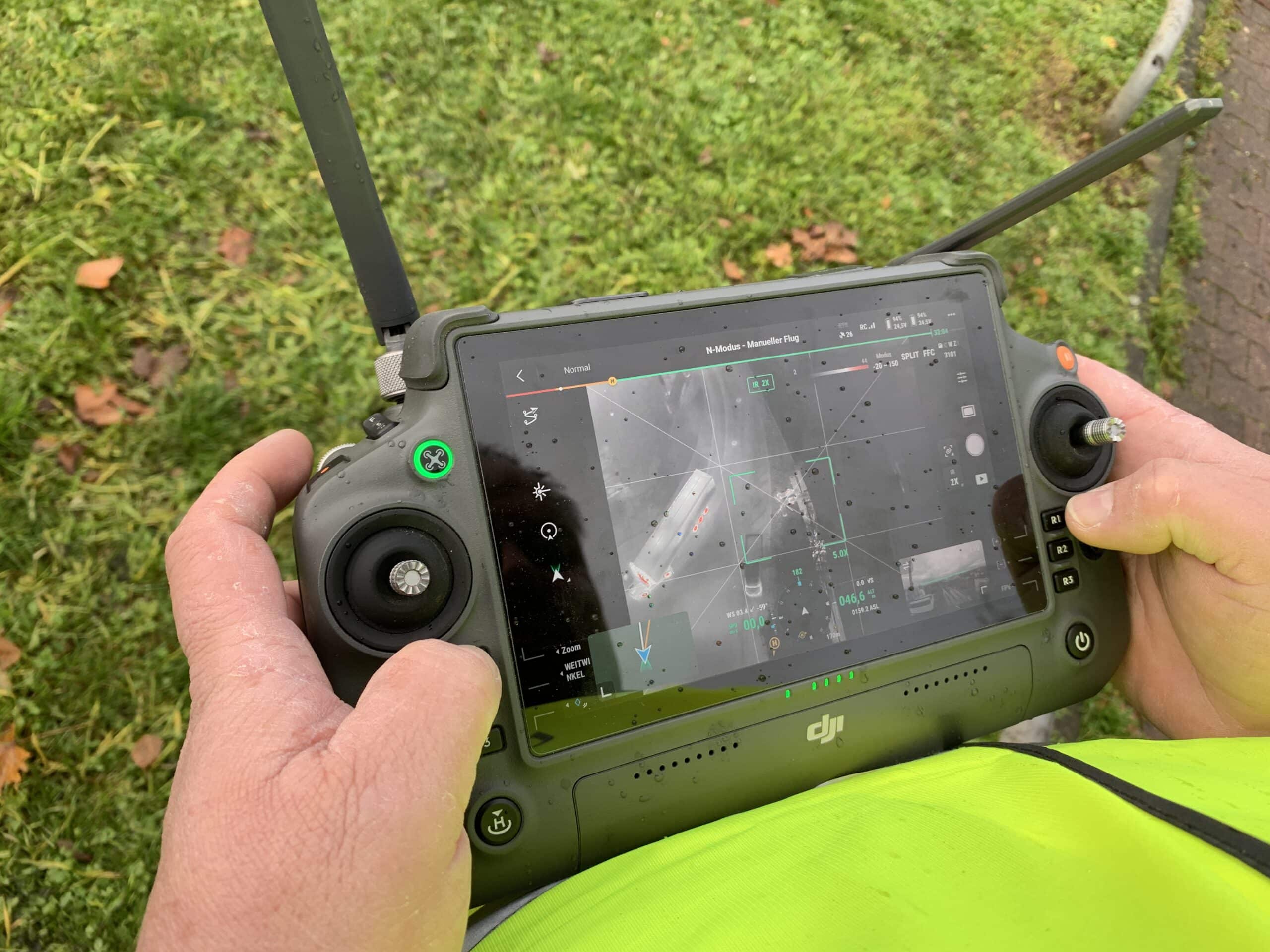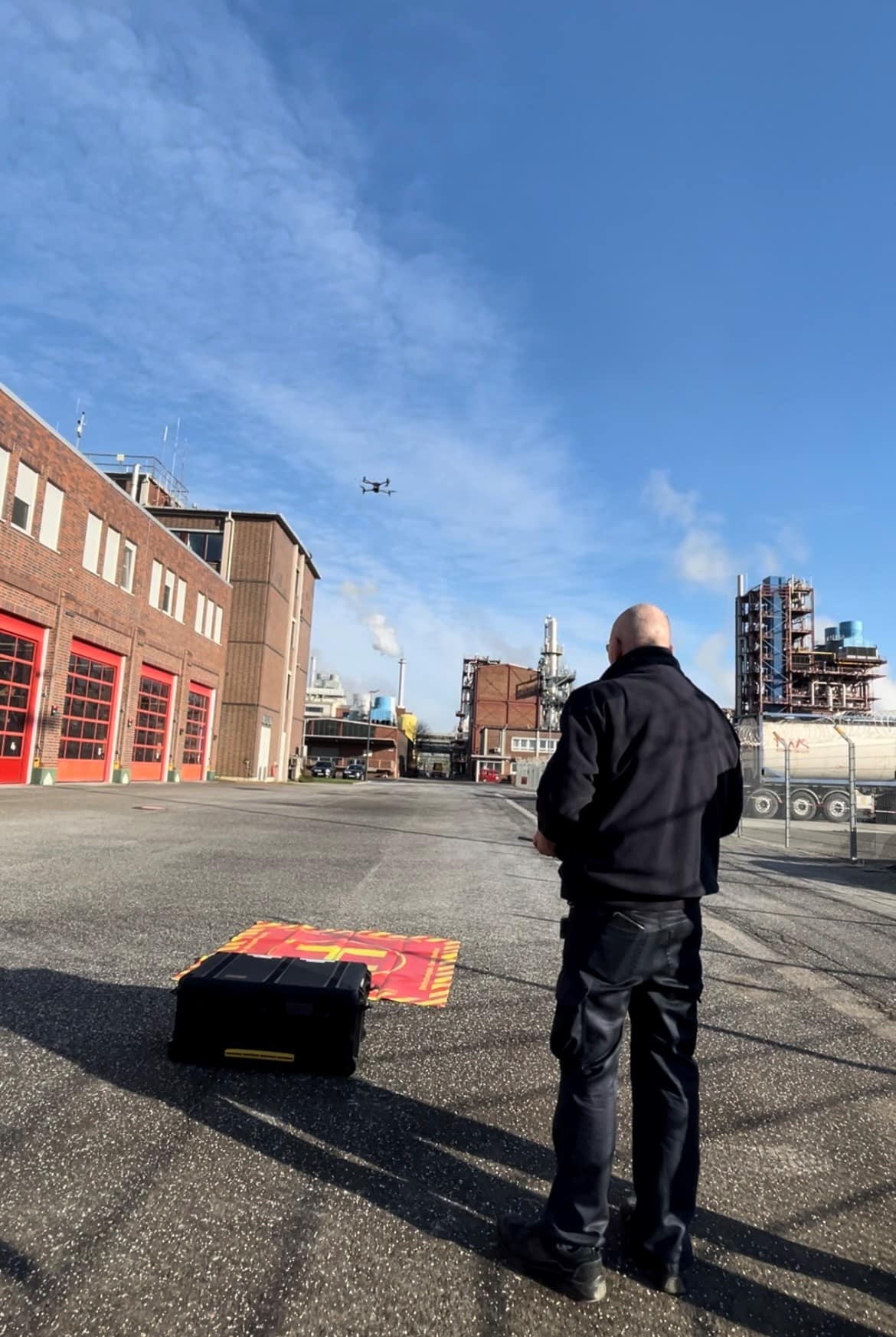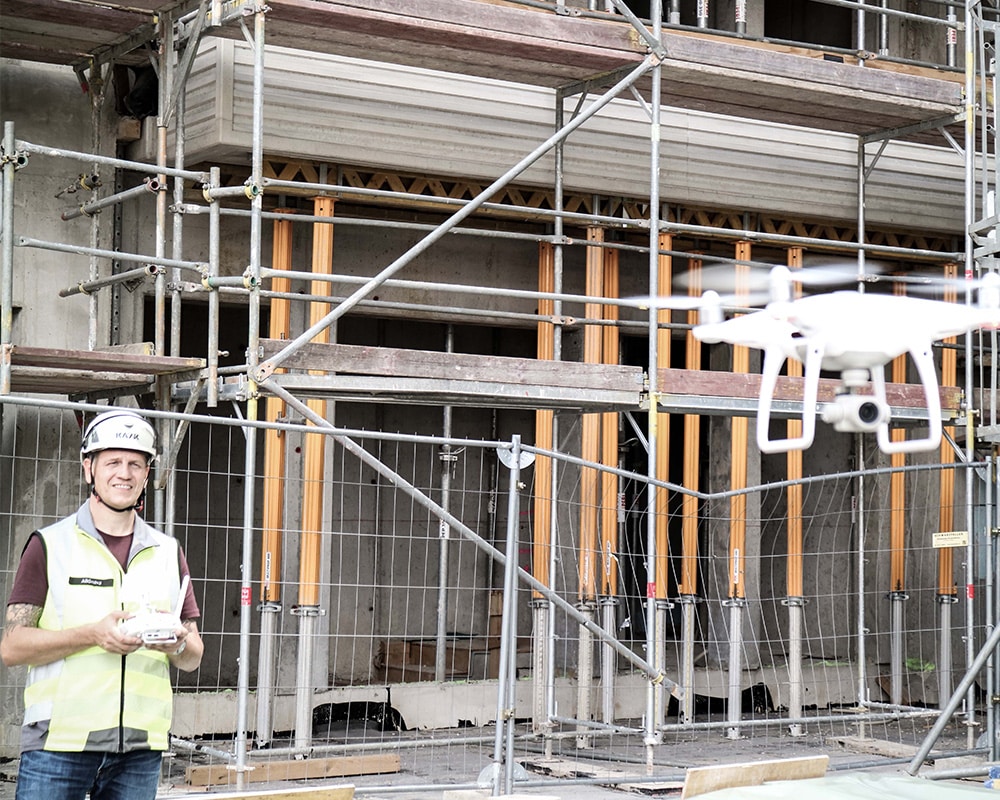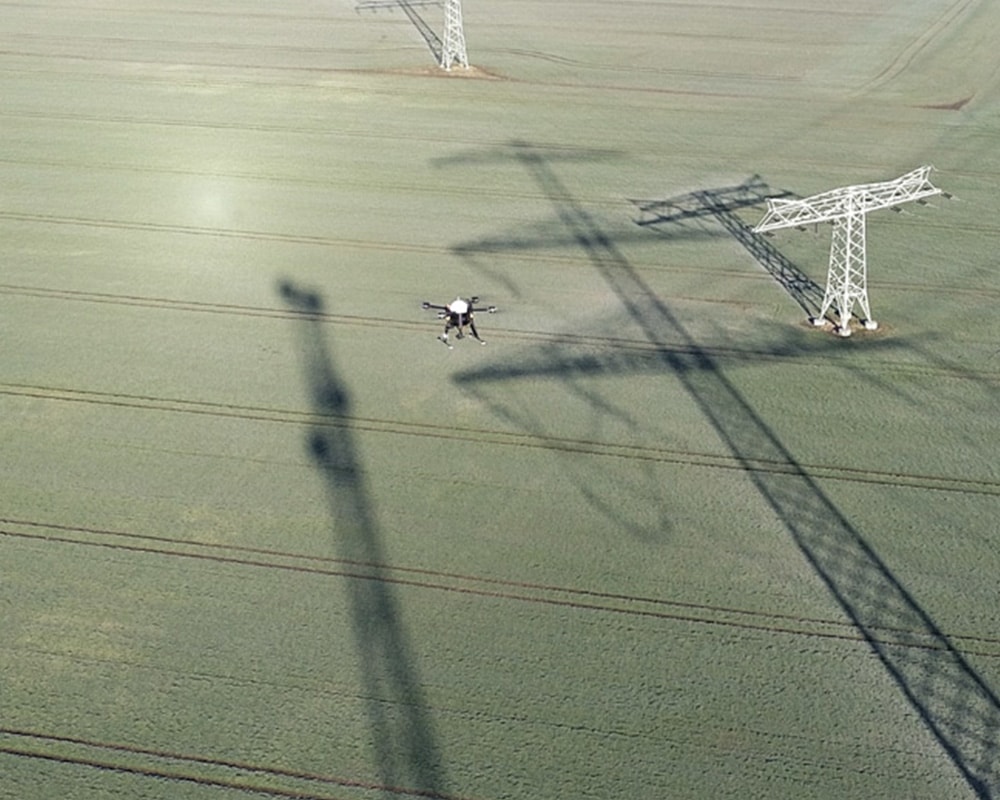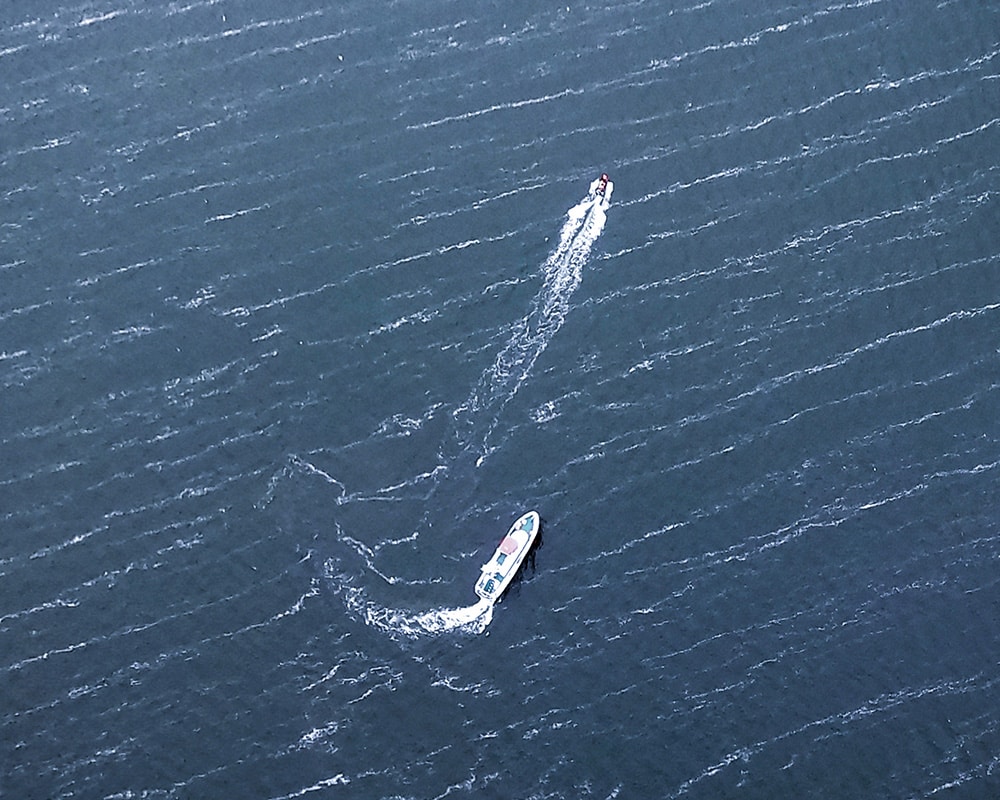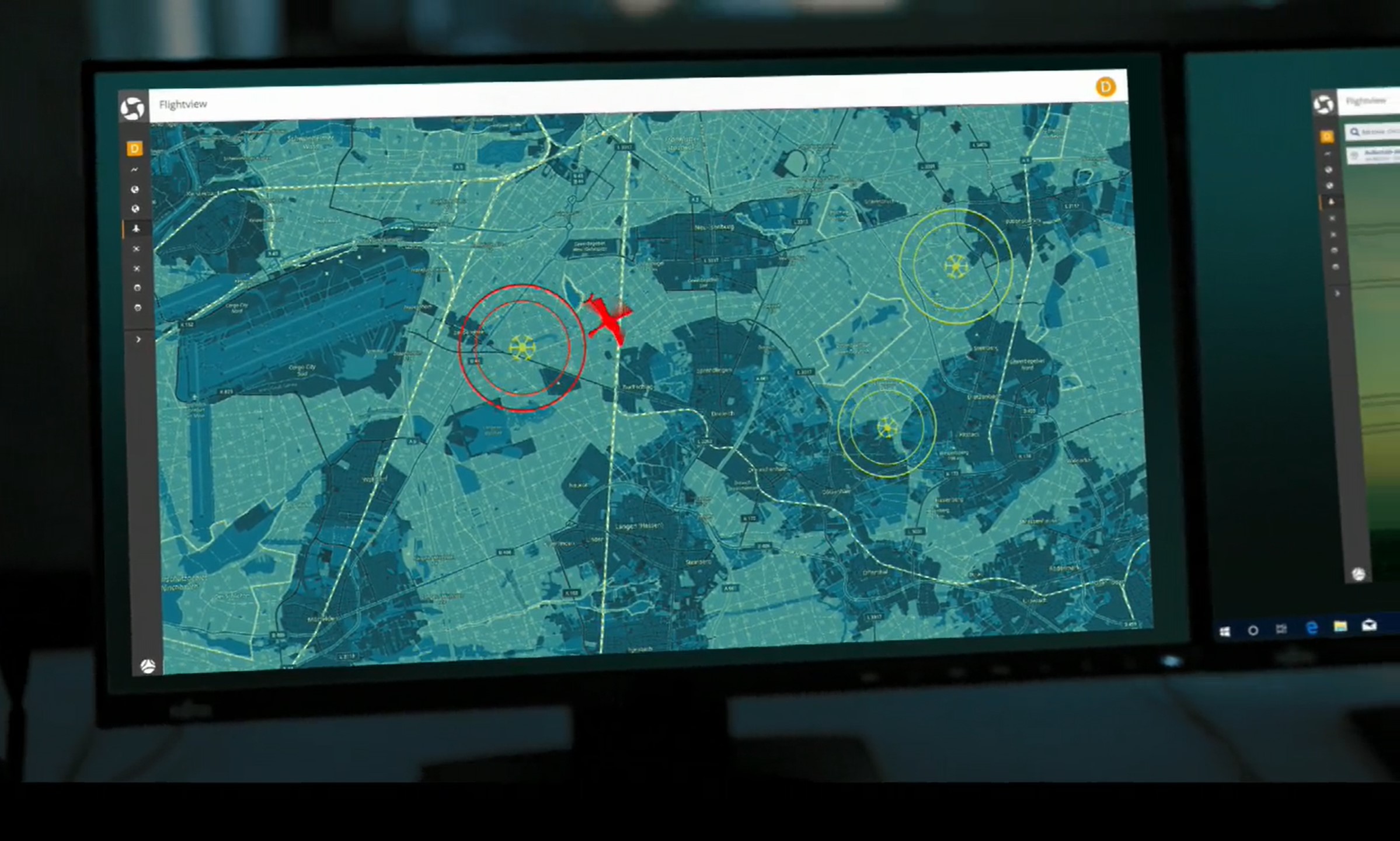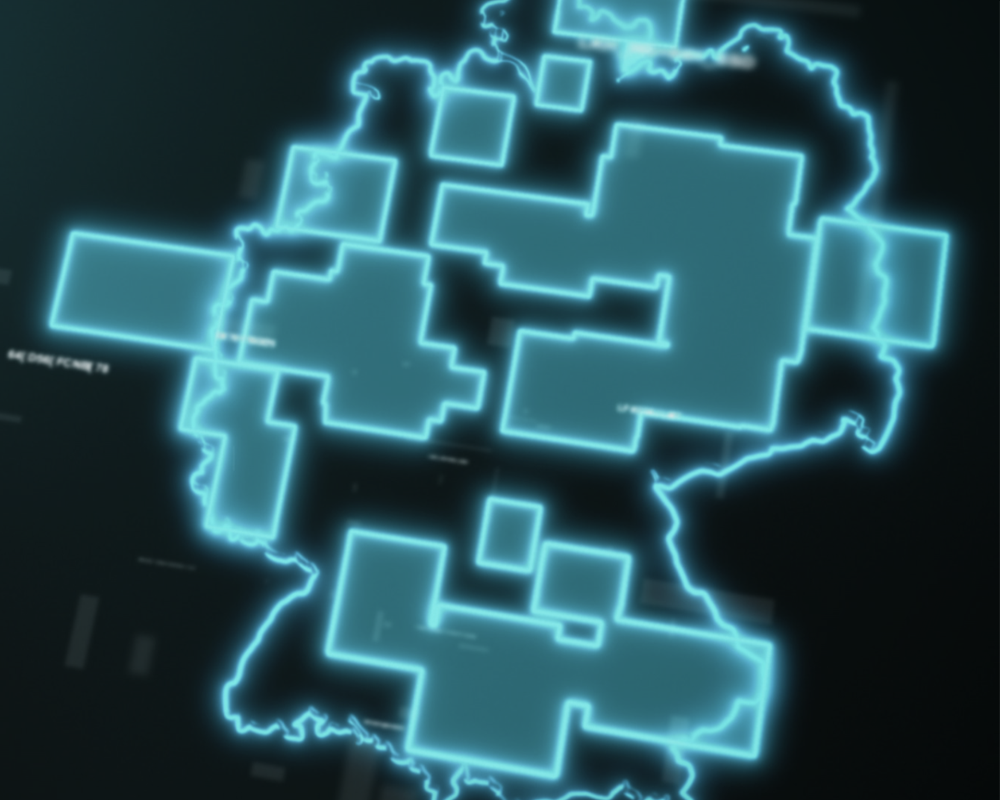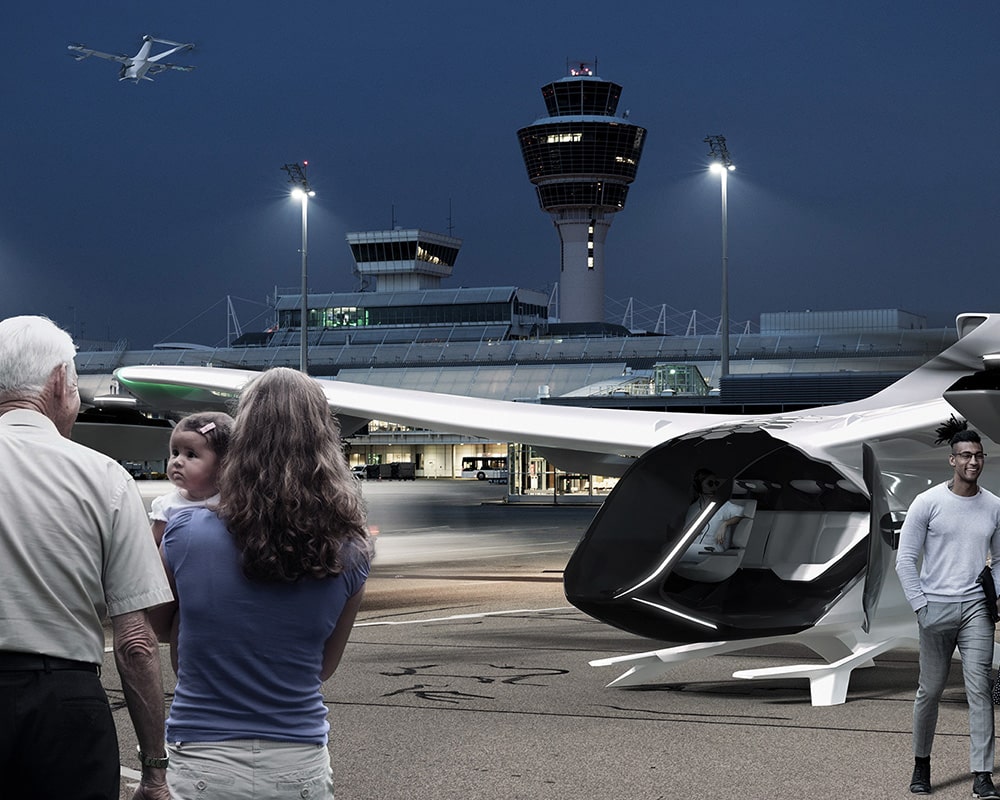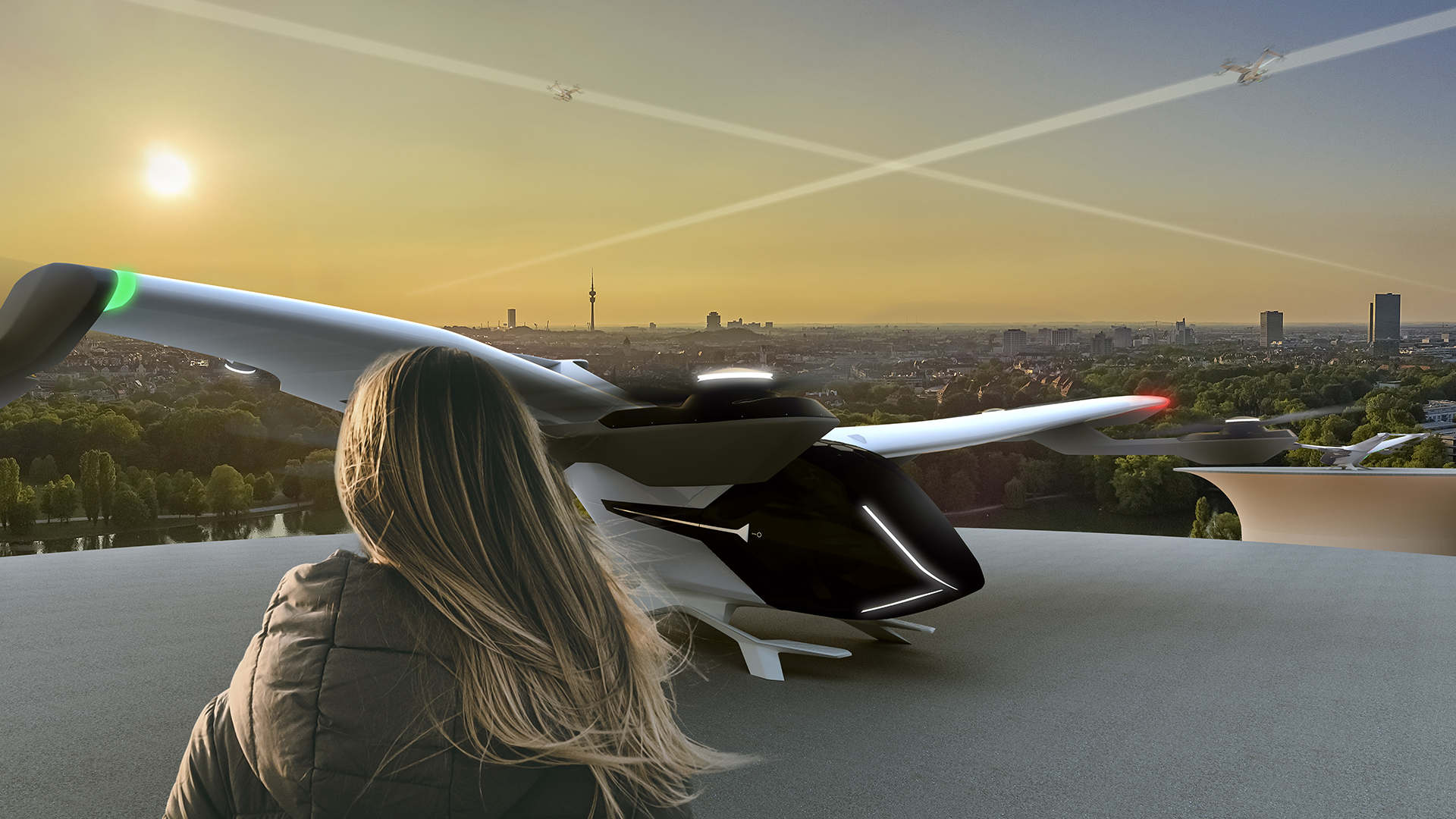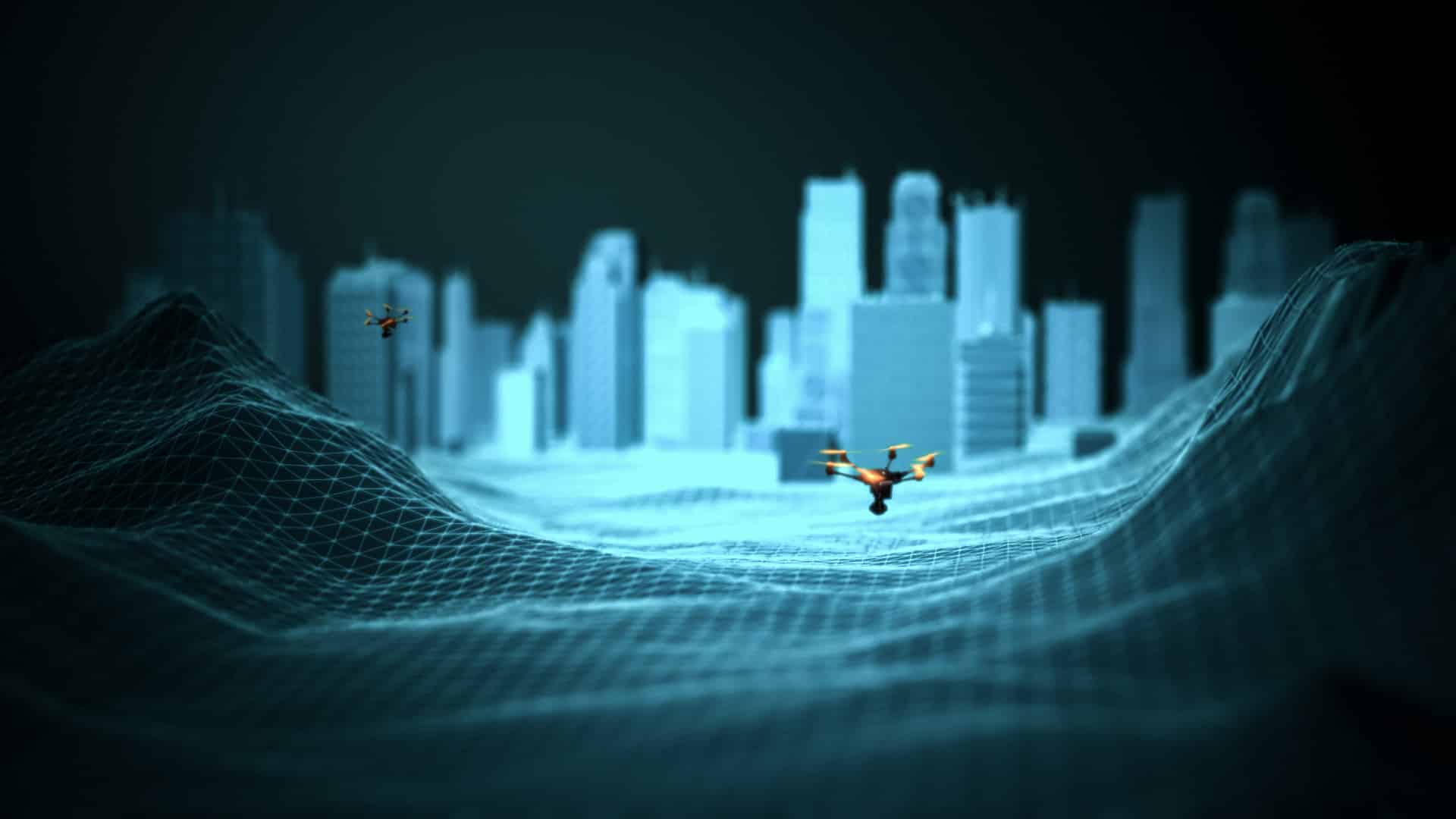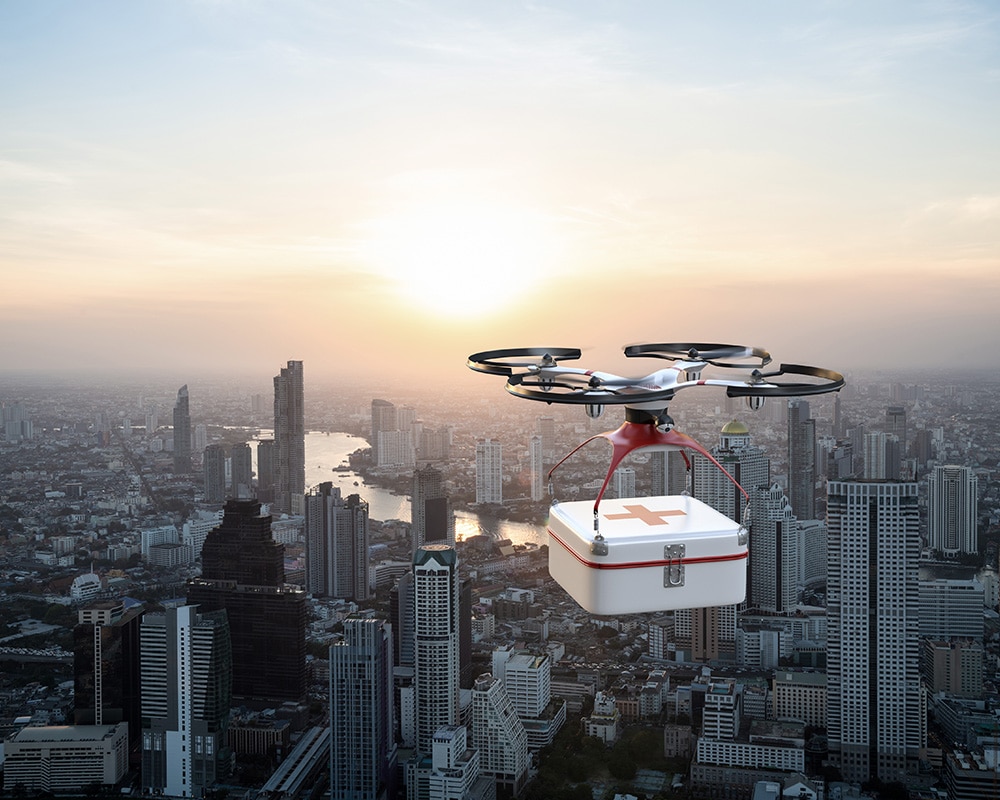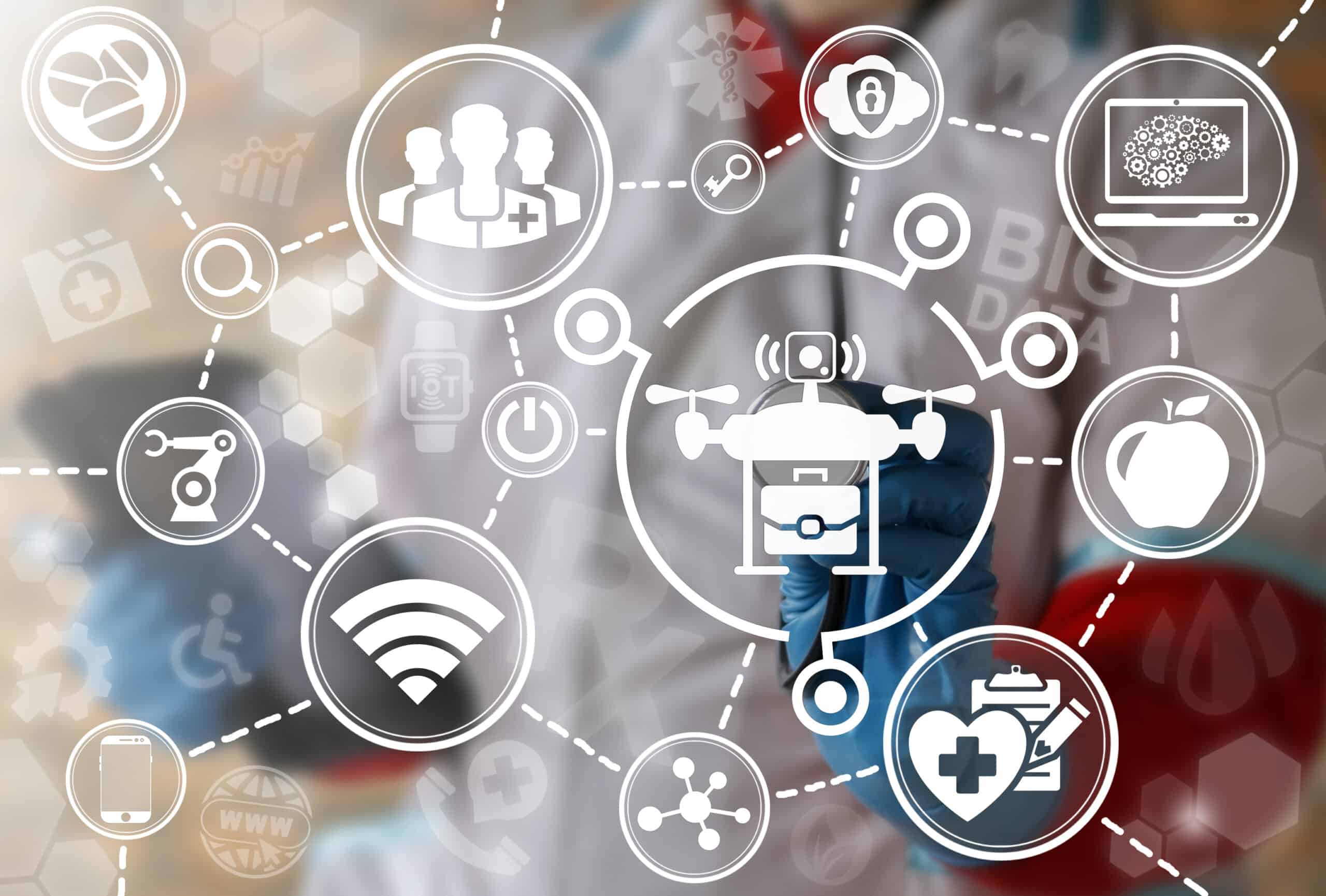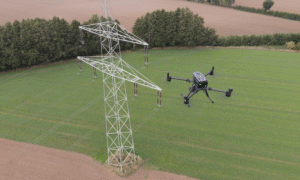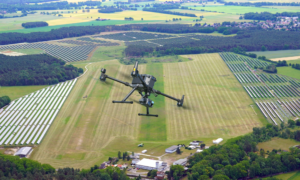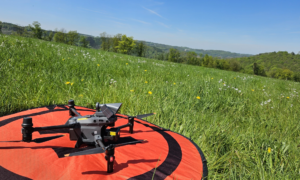Precise farming for better yields
Digital tools are becoming increasingly important in modern agriculture - and drones play a central role in this. They enable farmers to analyze their land from the air, manage it more efficiently and derive targeted measures. But how exactly does this work? And what should you look out for during an agricultural flight?
What makes drones so valuable in agriculture?
Drones collect data quickly, over a large area and without ground contact. This means that important information on plant condition, soil moisture or pest infestation can be obtained within a very short time. In combination with precise sensor technology and software solutions, this opens up numerous possible applications - from pure analysis to the active application of pesticides or beneficial insects.
Typical fields of application for agricultural drones
- Vegetation analyses using multispectral cameras:
Special cameras record the health status of plants, for example using the NDVI value (Normalized Difference Vegetation Index). This allows yield potential and supply deficiencies to be identified at an early stage. - Early detection of diseases and pests:
Changes in plant appearance indicate stress, disease or pest infestation - and enable targeted, area-specific plant protection. - Precise application by agricultural drones:
Specialized spraying drones distribute fertilizer, pesticides or seeds precisely - more efficiently and with less use of resources than conventional methods. - Sowing catch crops or beneficial insects:
Drones are also increasingly in demand for greening or biological pest control - for example through the targeted application of Trichogramma parasitic wasps.
Advantages at a glance
- Precision: Area-specific measures instead of blanket application - this reduces resources and protects the environment and budget.
- Conservation of resources: Less water, fertilizer and crop protection with the same or even improved yield.
- Efficiency: Large areas can be flown over in a very short time - without heavy equipment in the field.
- Data-based action: Repeatable recordings provide valuable time series for the development of measures and for documentation for the authorities.
What to look out for?
- Weather dependency: Strong wind or rain can make operations more difficult or delay them.
- Data evaluation: Analysis requires specialist knowledge and suitable software - or an experienced service provider.
- Legal basis: For the application of plant protection products, expertise is required in accordance with §9 PflSchG. The exact licensing situation varies depending on the federal state.
Legal aspects of agricultural drones
Anyone using drones in agriculture must comply with certain legal requirements:
Remote pilot certificate A2: Required for flights in the vicinity of people or built-up areas.
Plant protection expertise: mandatory for the application of plant protection products by drone.
Permits: Depending on the application scenario and regional regulations - we will be happy to advise you.
Conclusion: Precision agriculture begins in the air
Agricultural flying with drones has long been more than just a trend. It is a practical and powerful tool that helps farmers to farm in a more targeted, efficient and sustainable way. Whether analysis or application - those who rely on modern technology gain a clear advantage on the farm.
